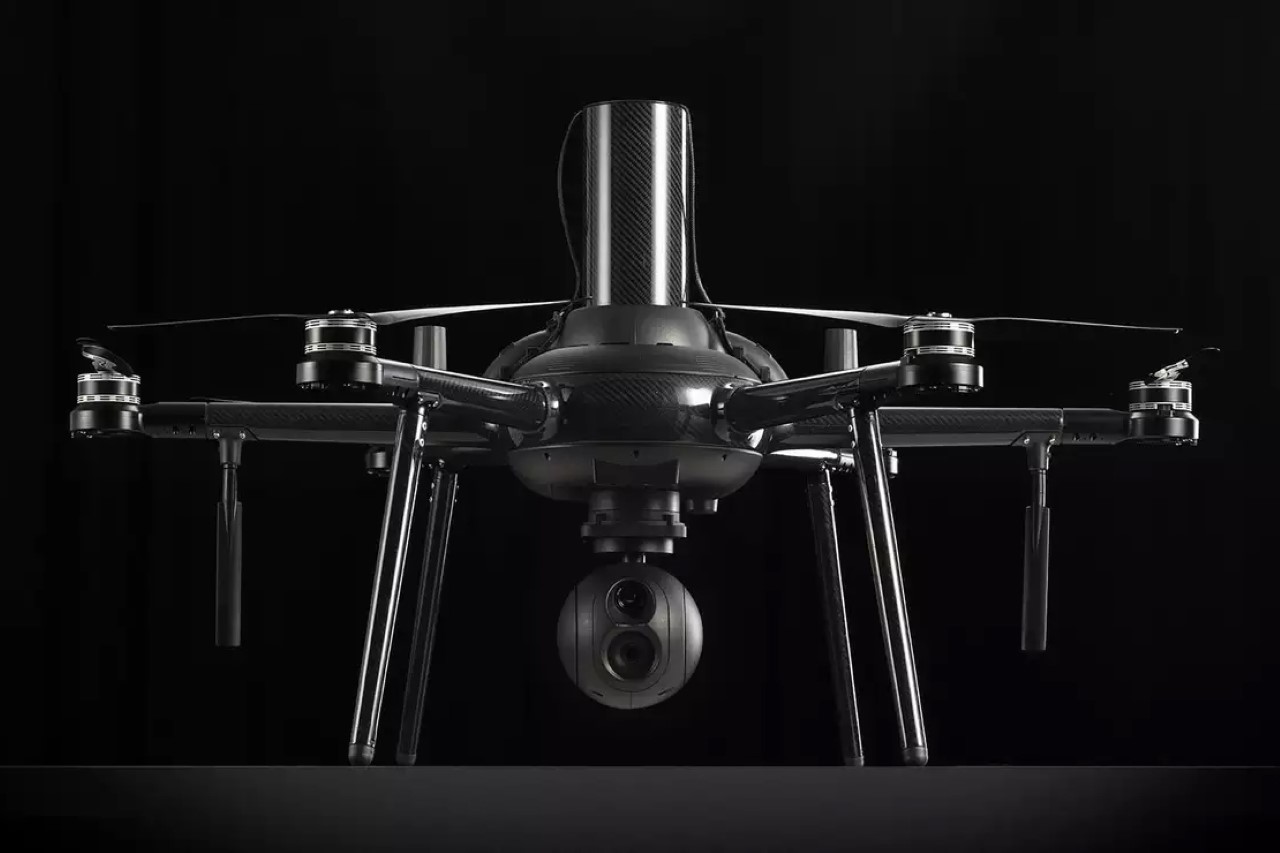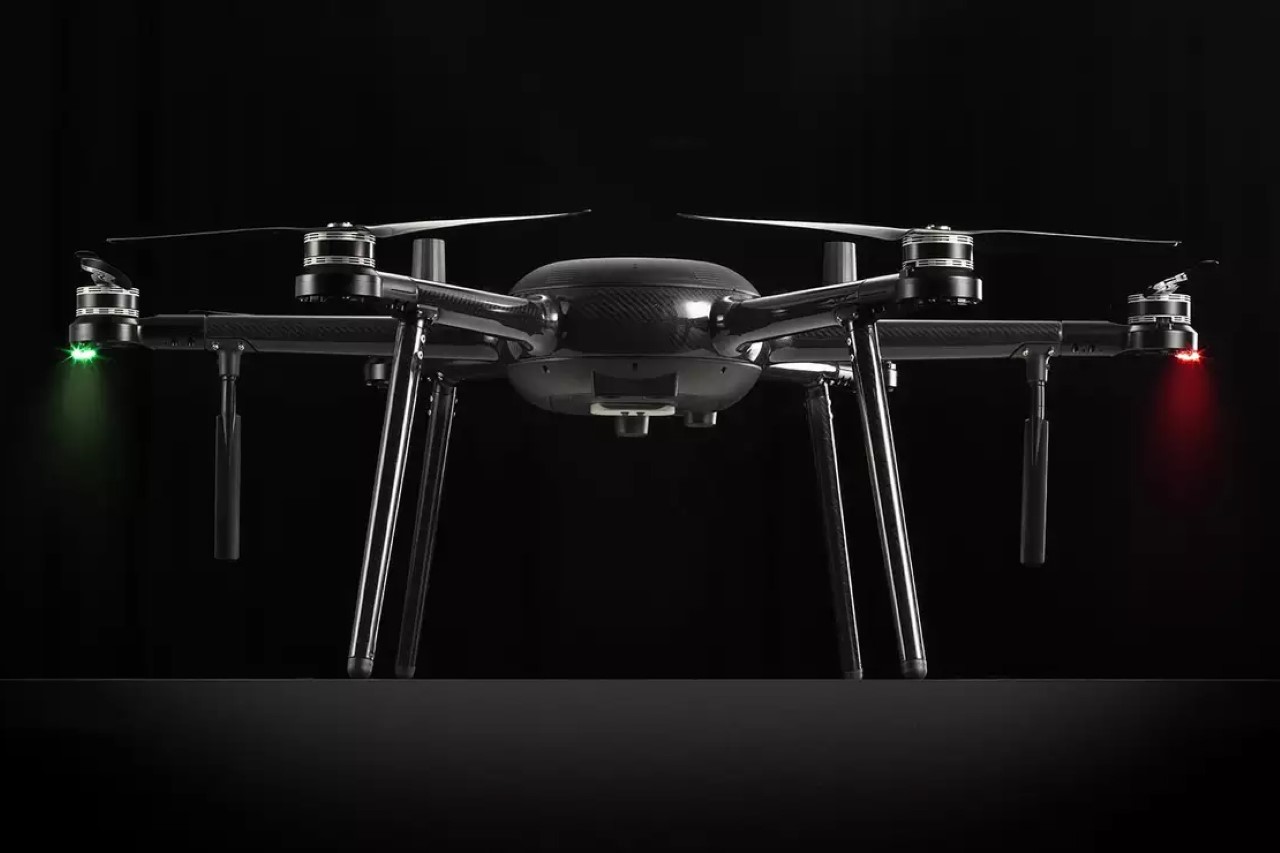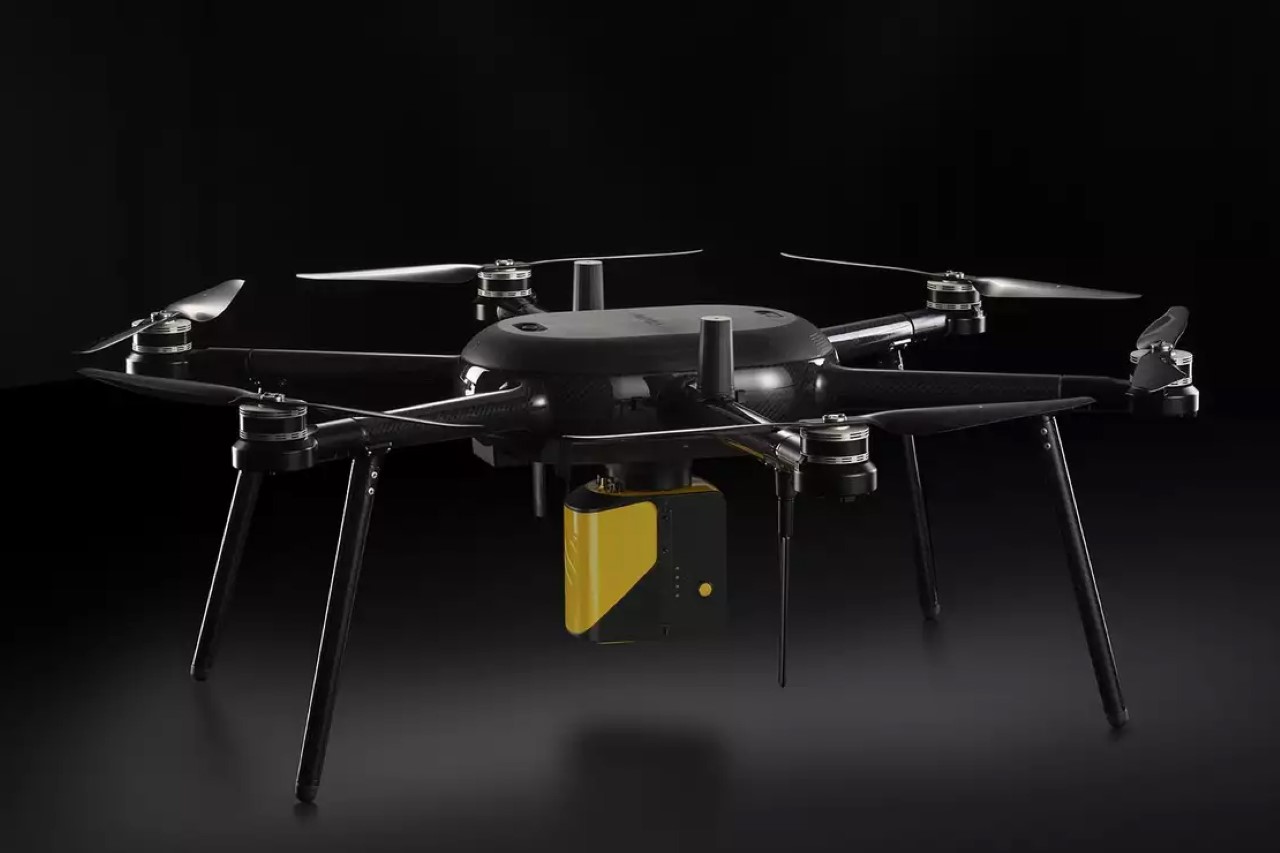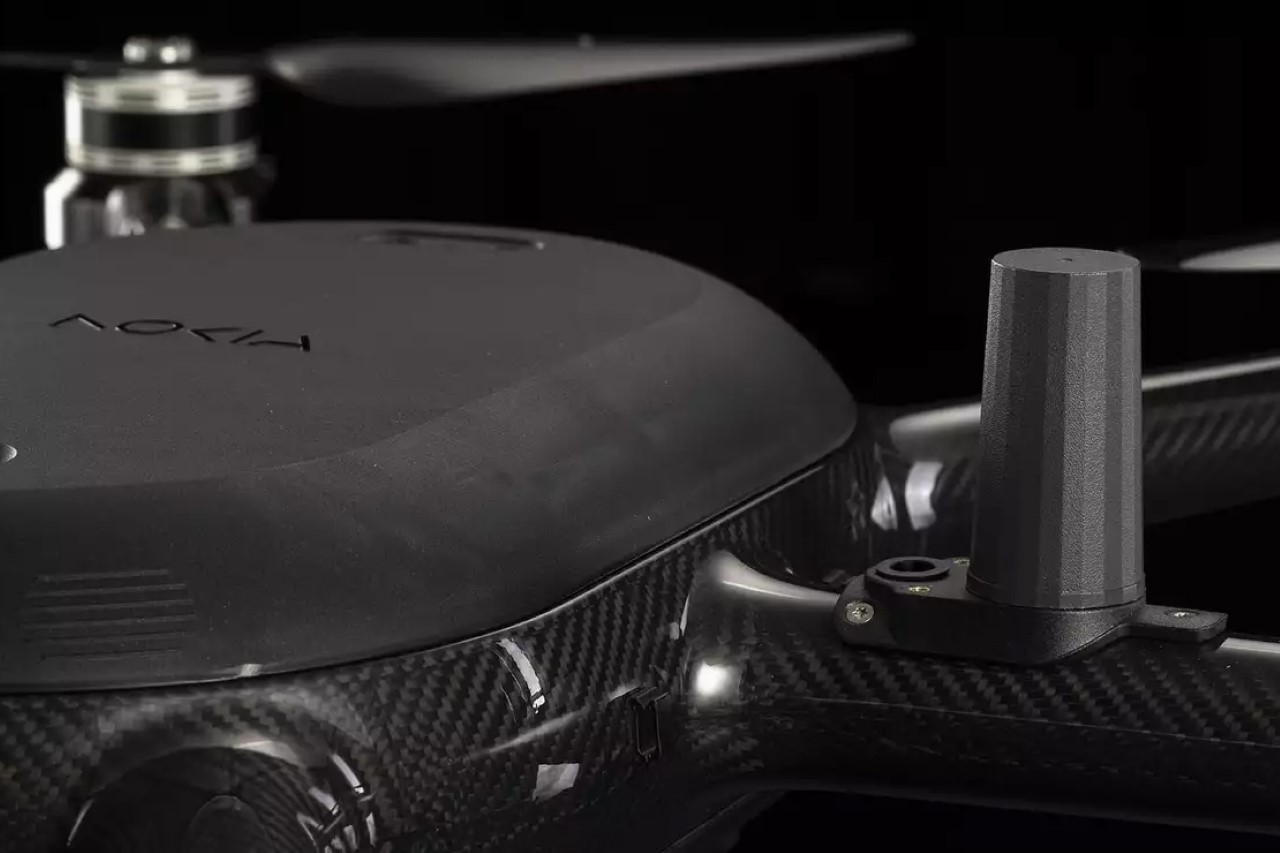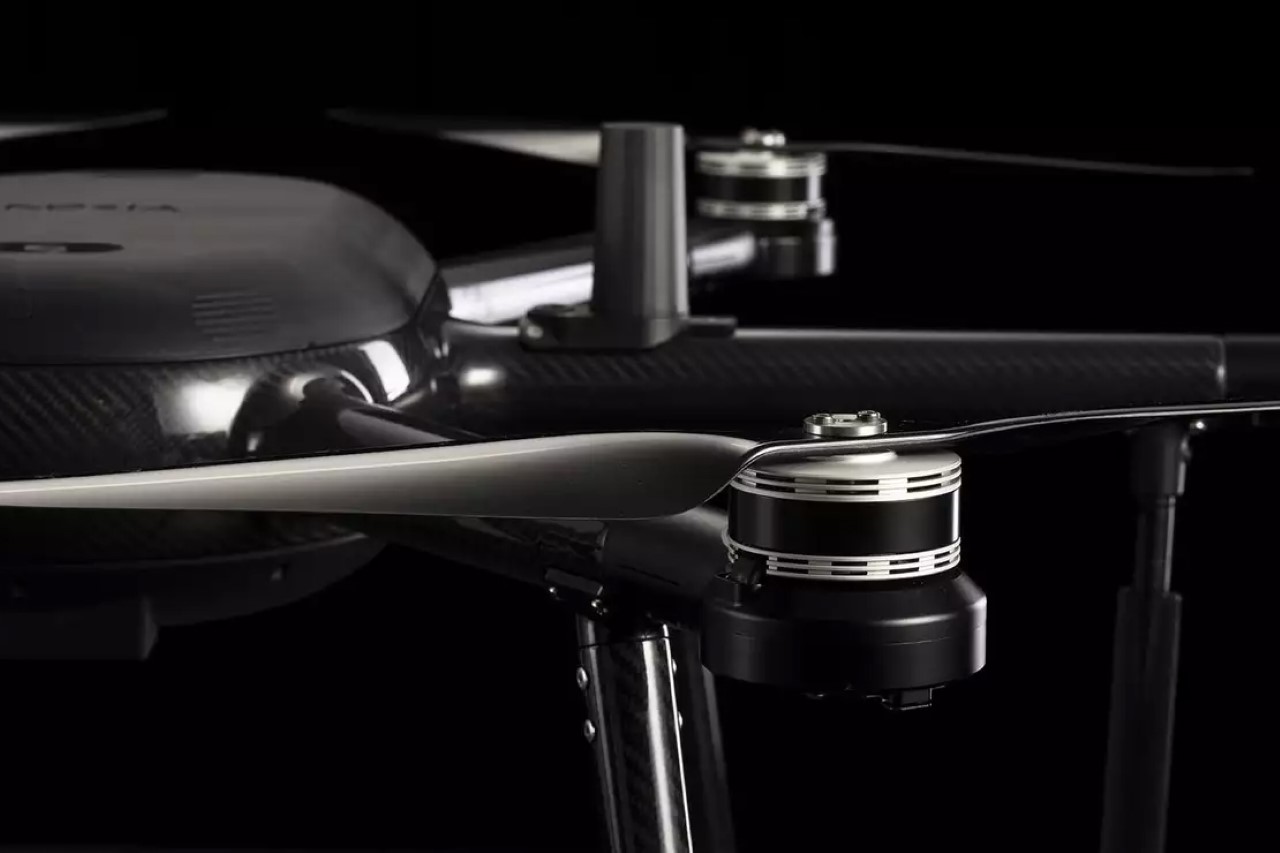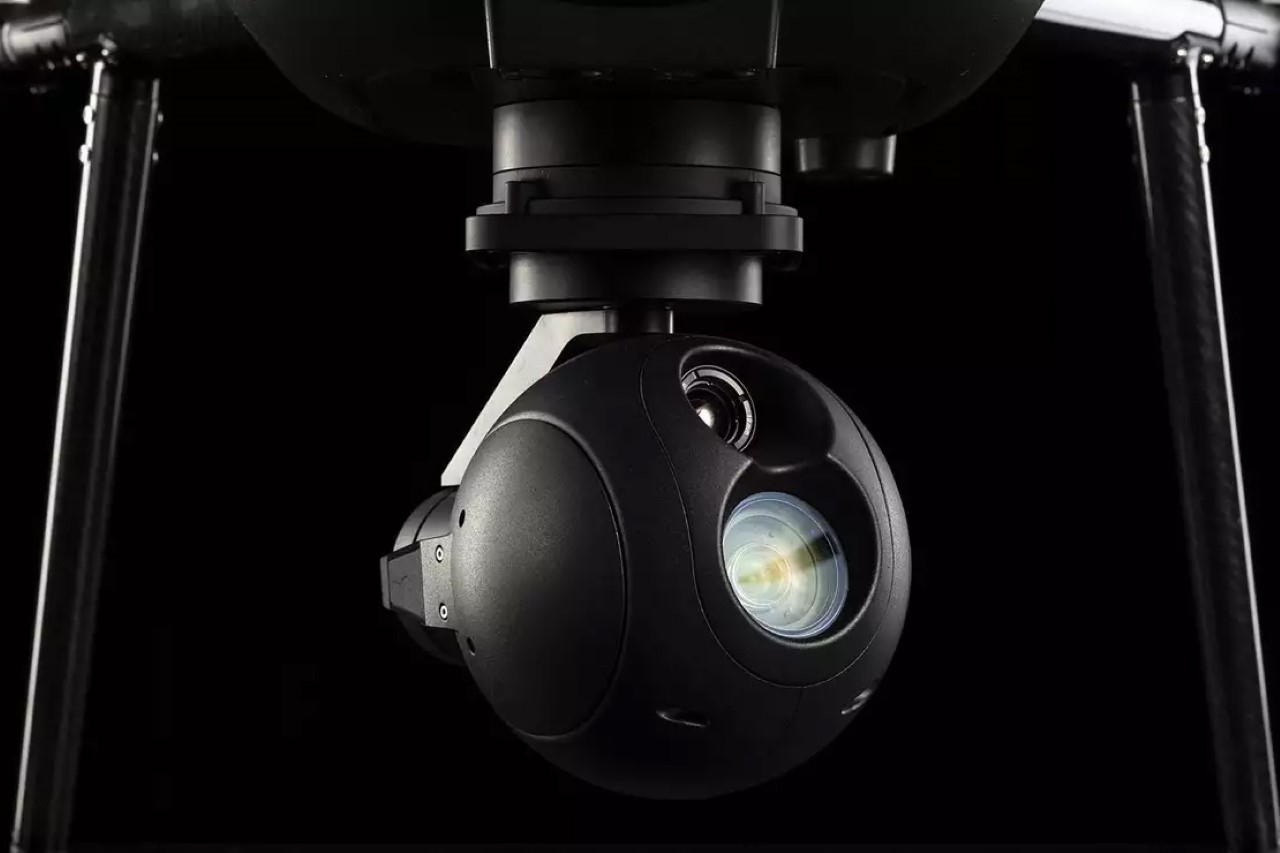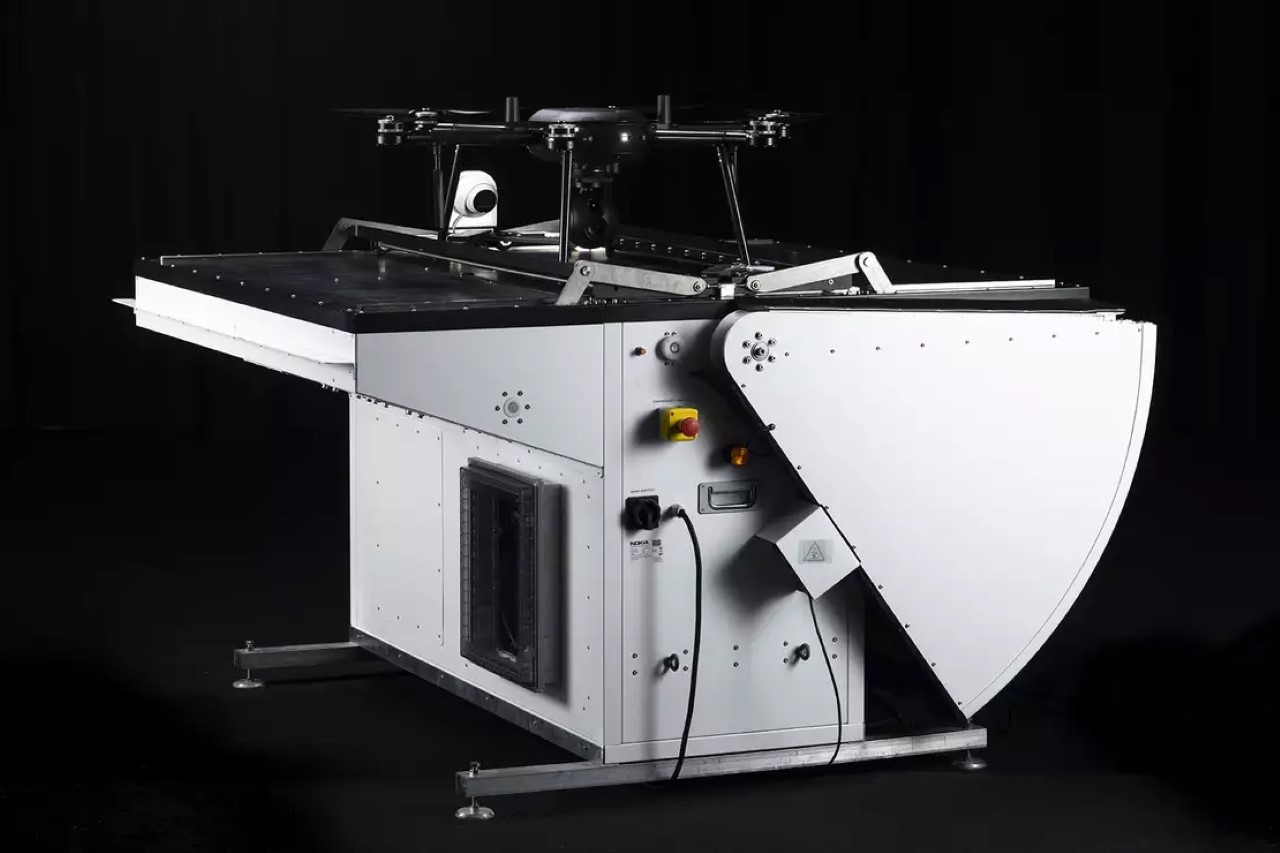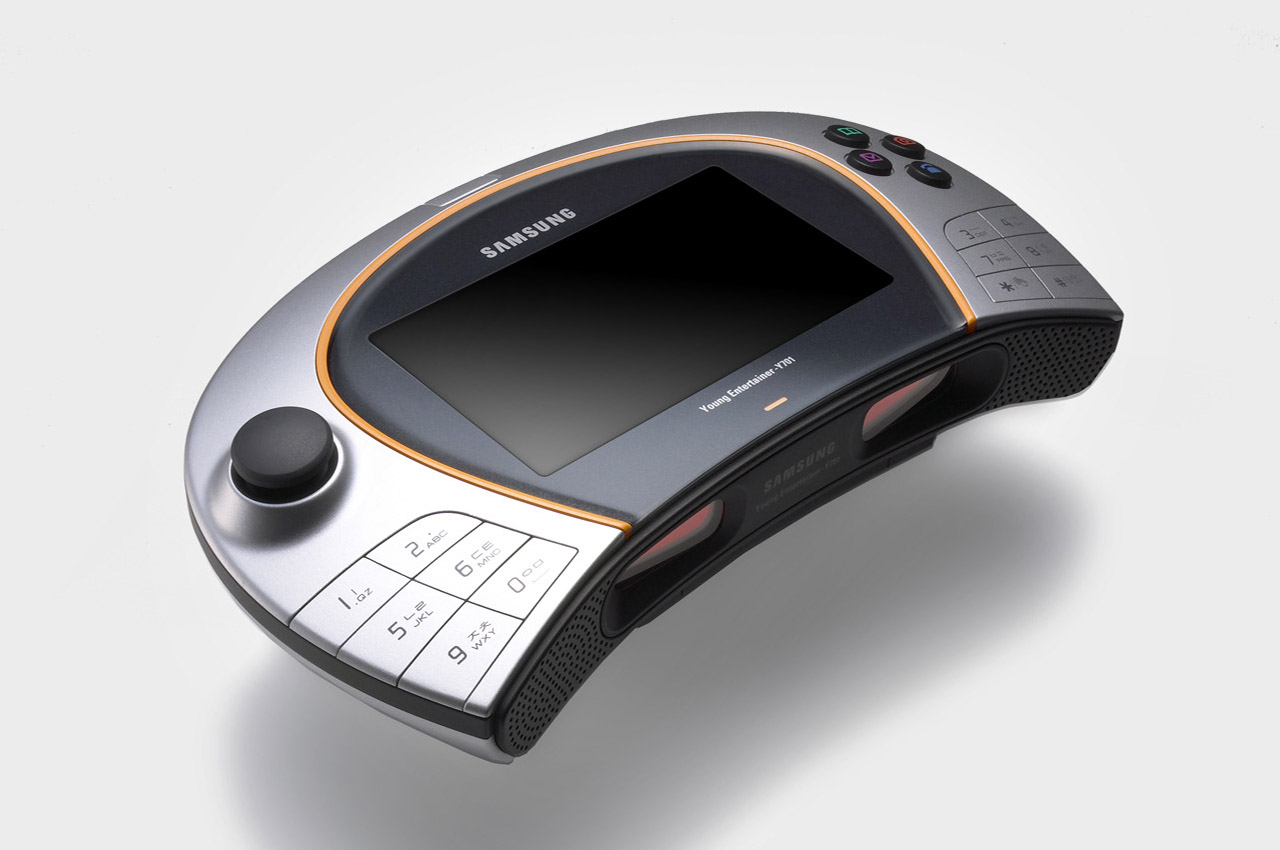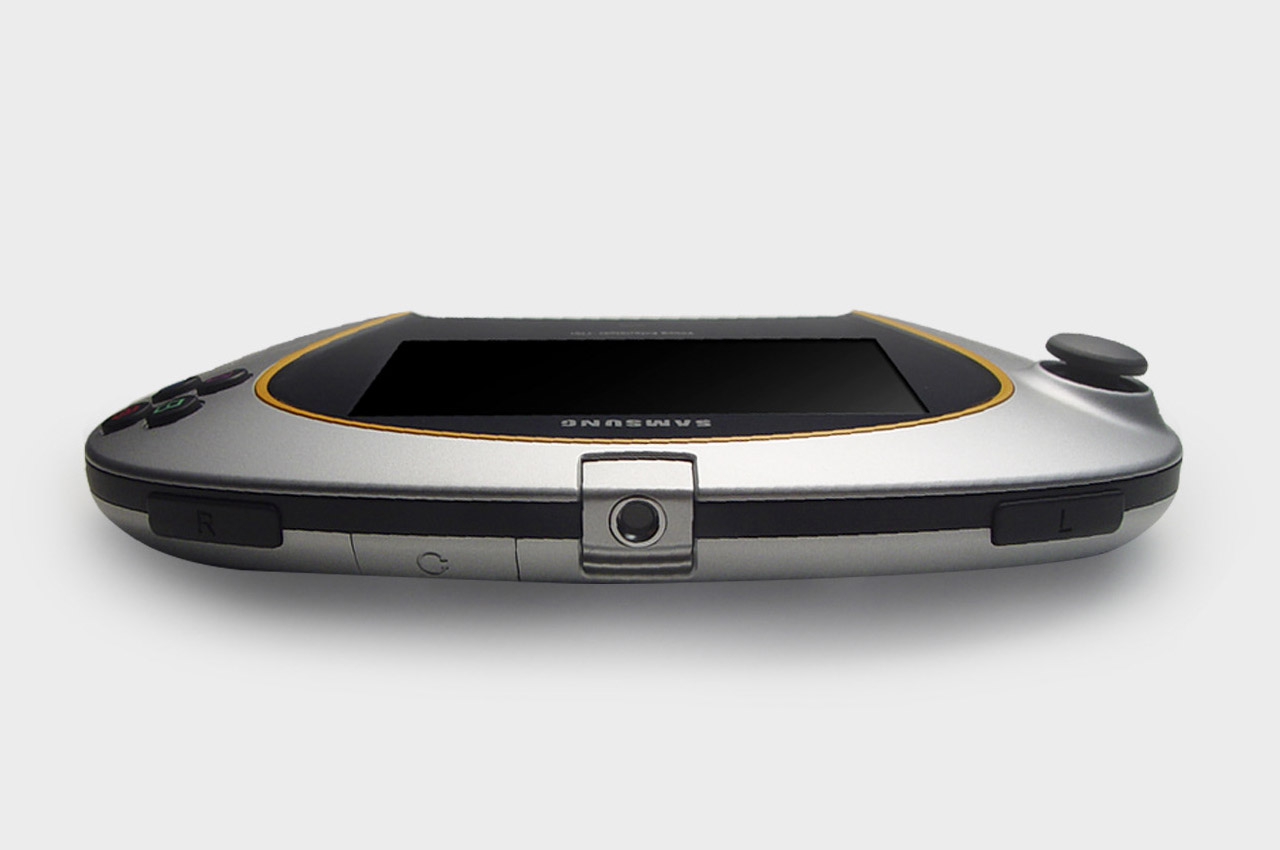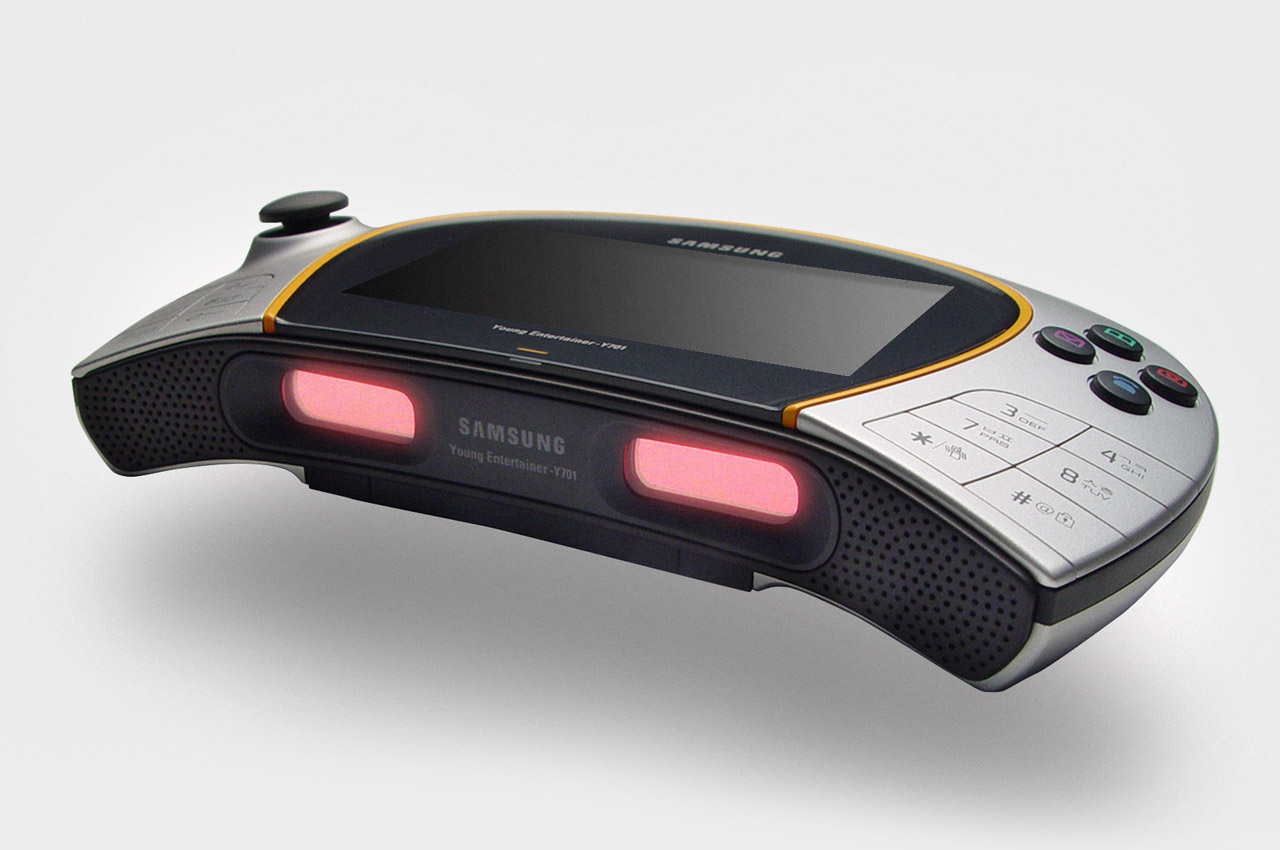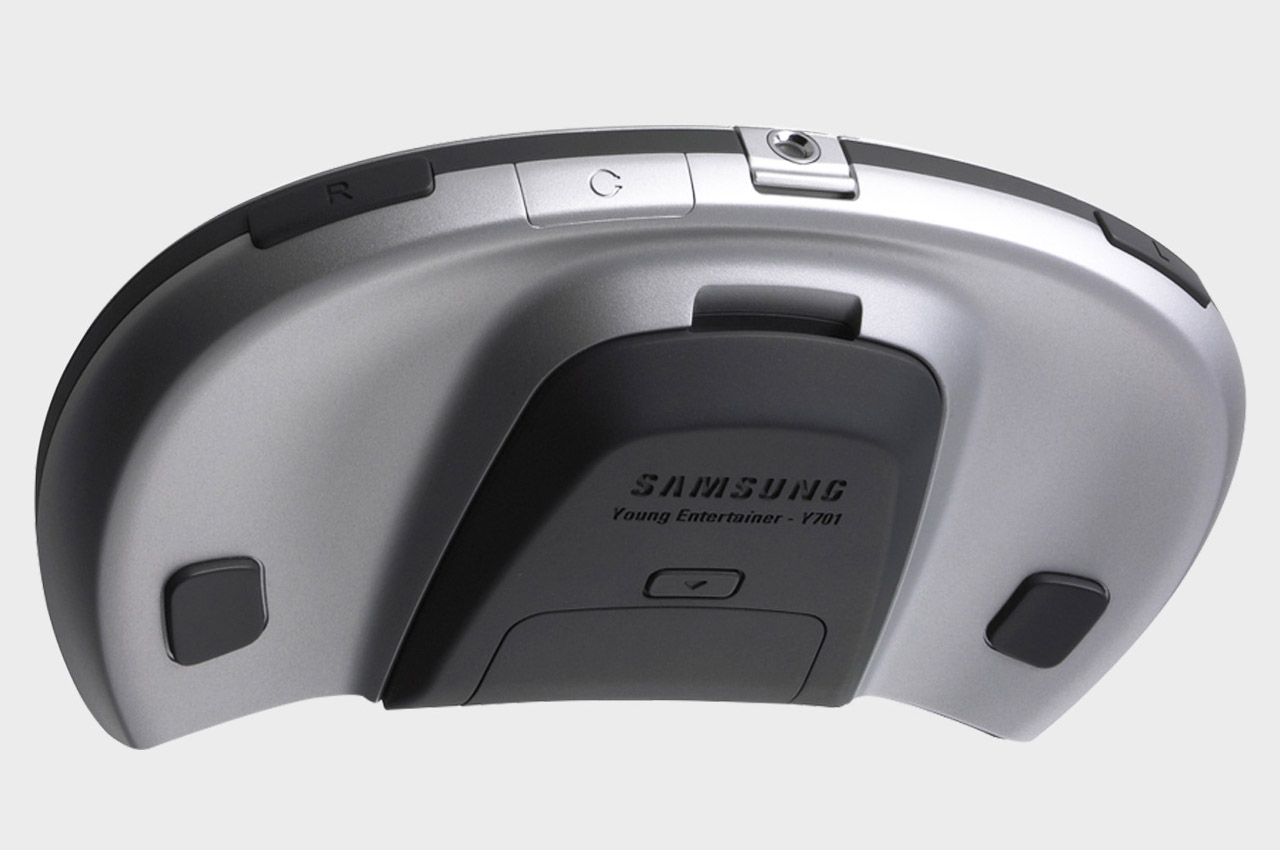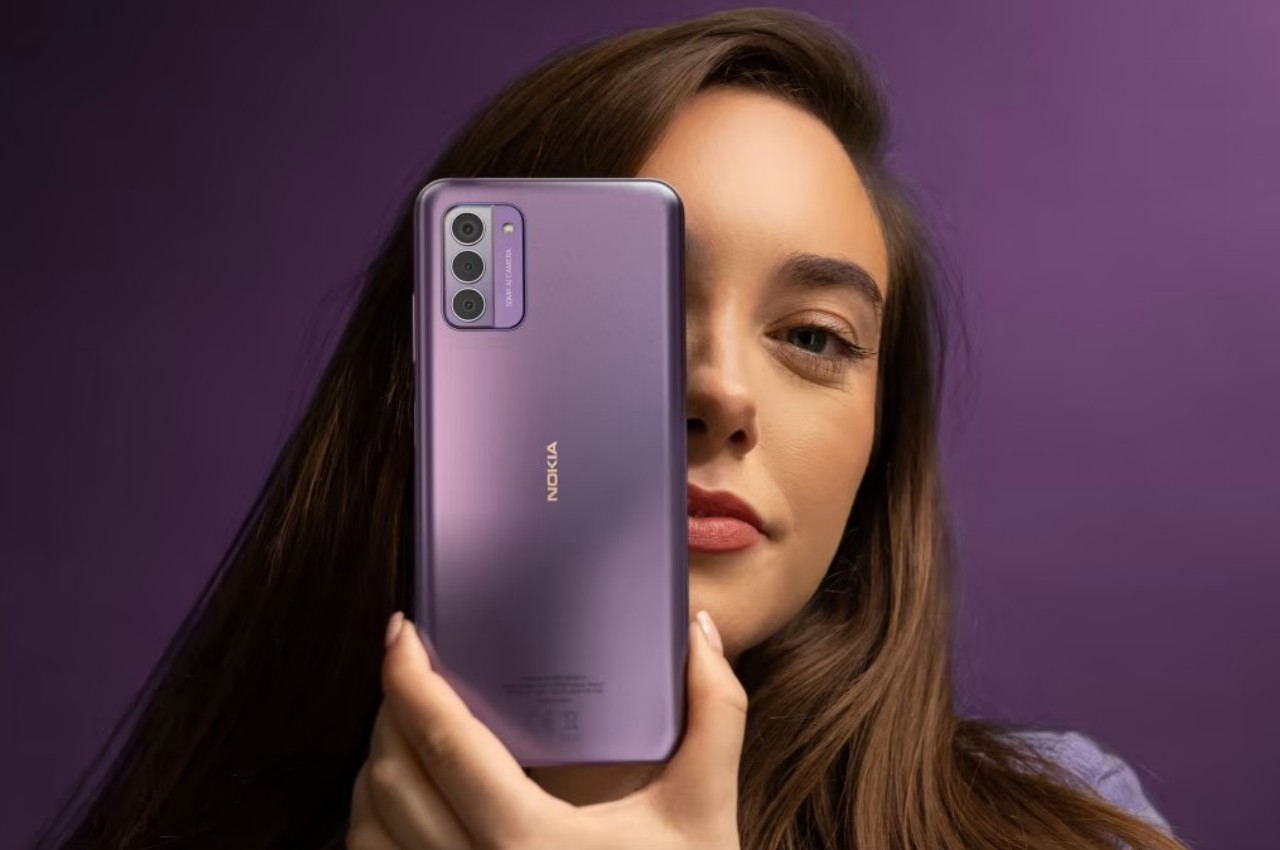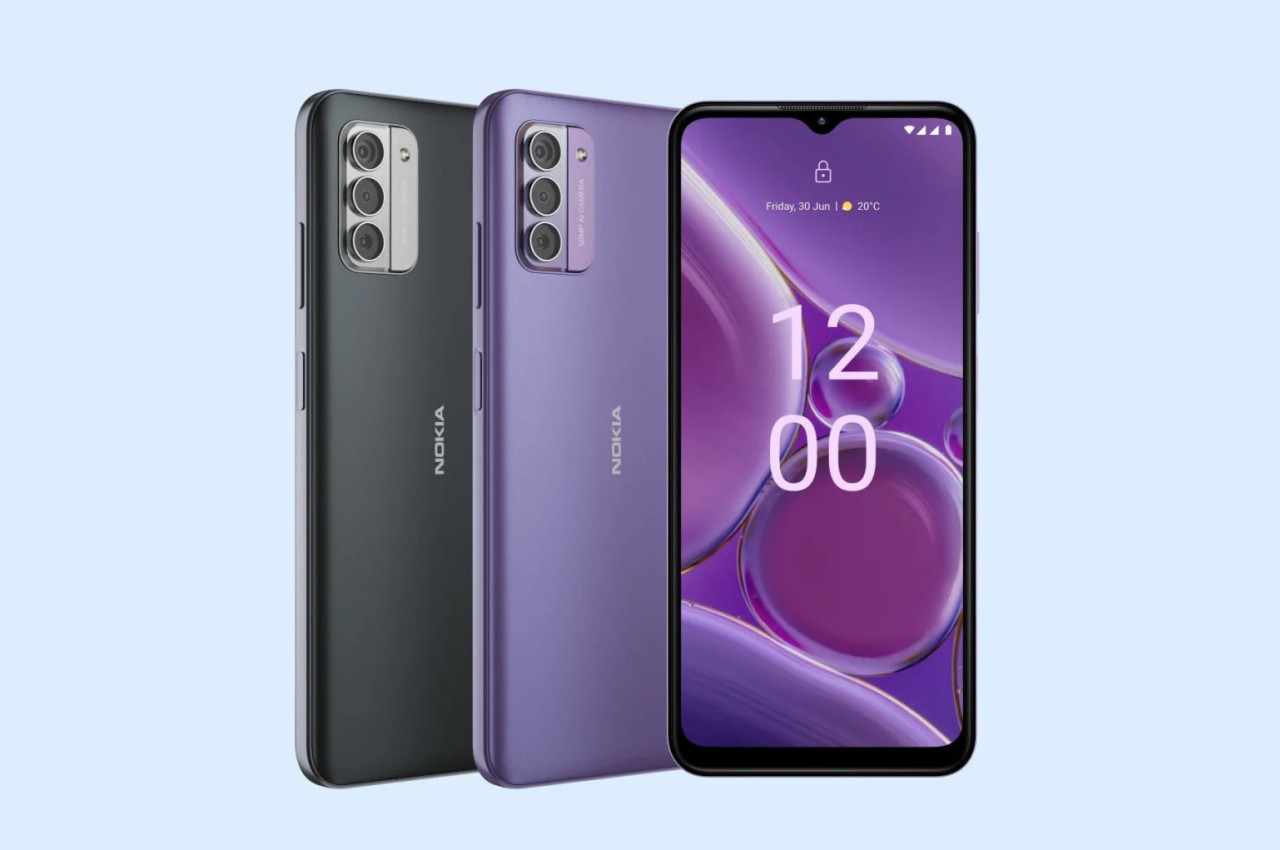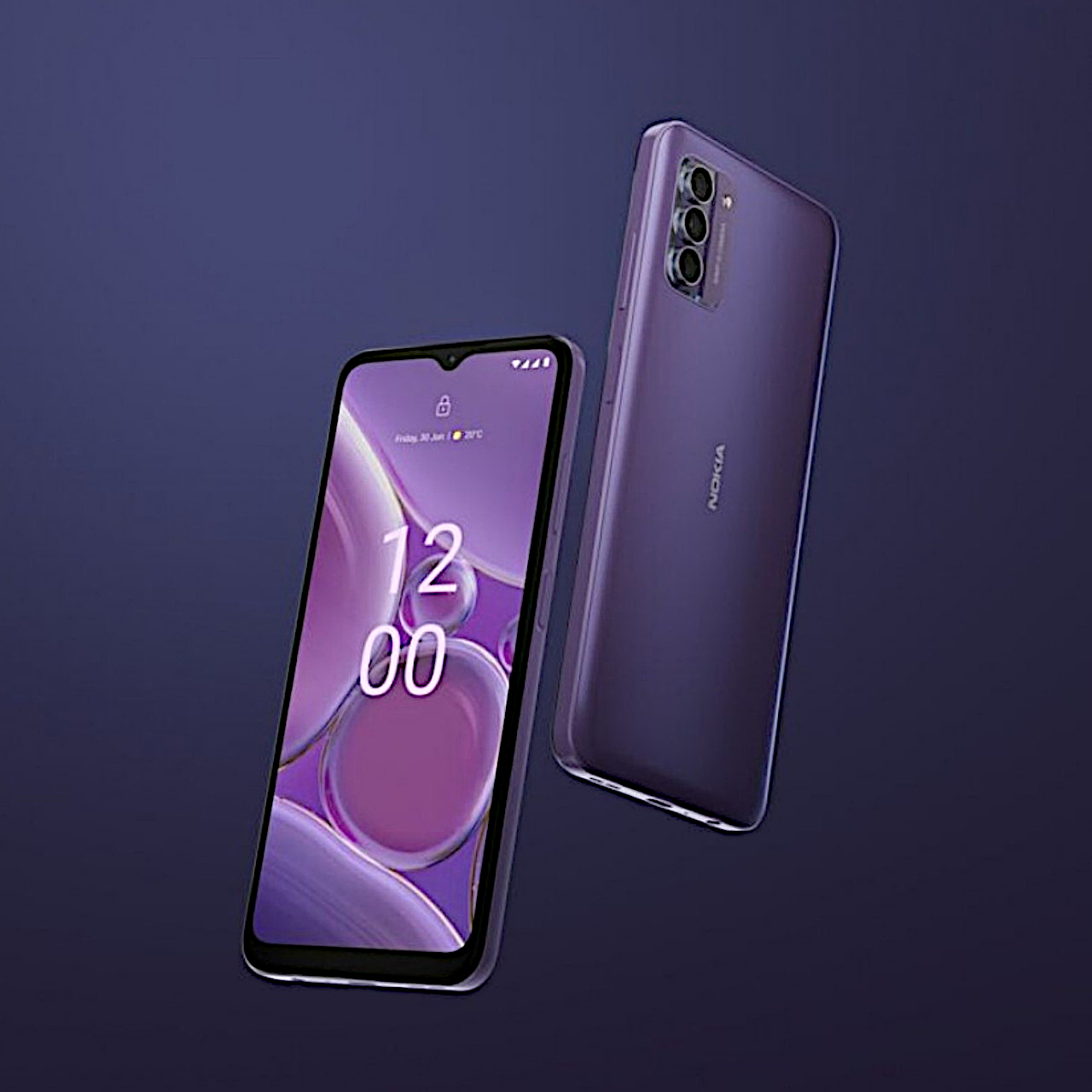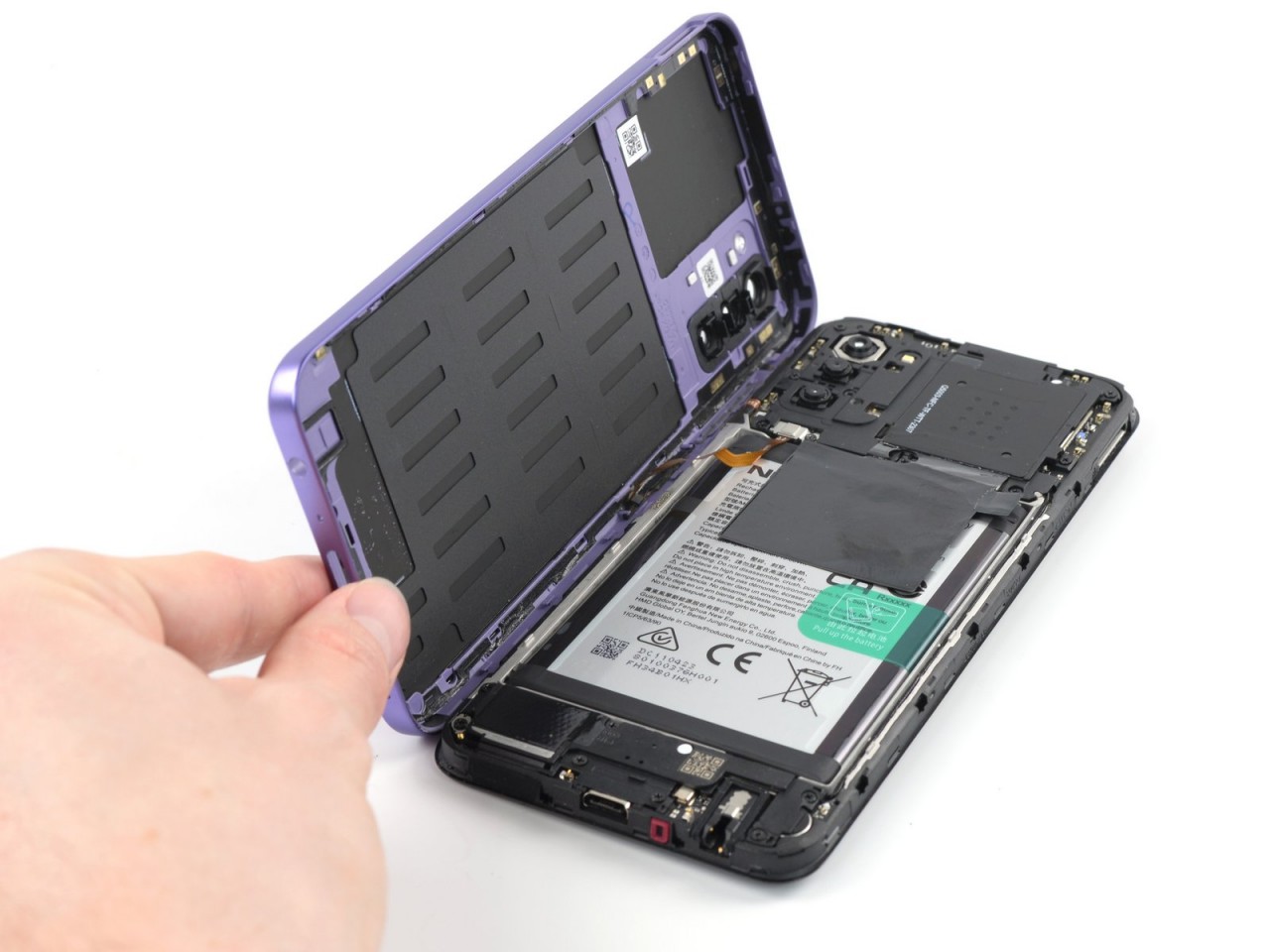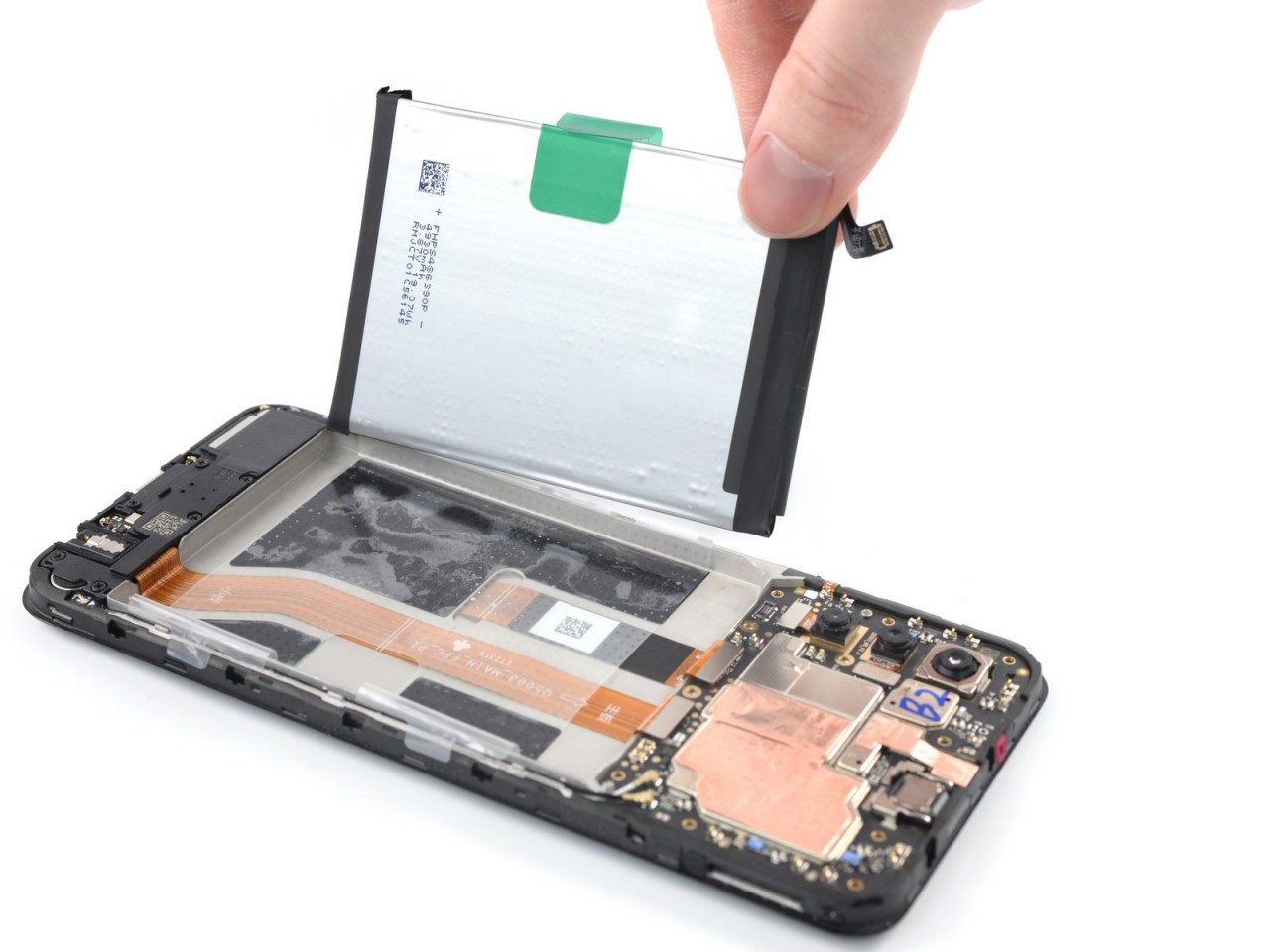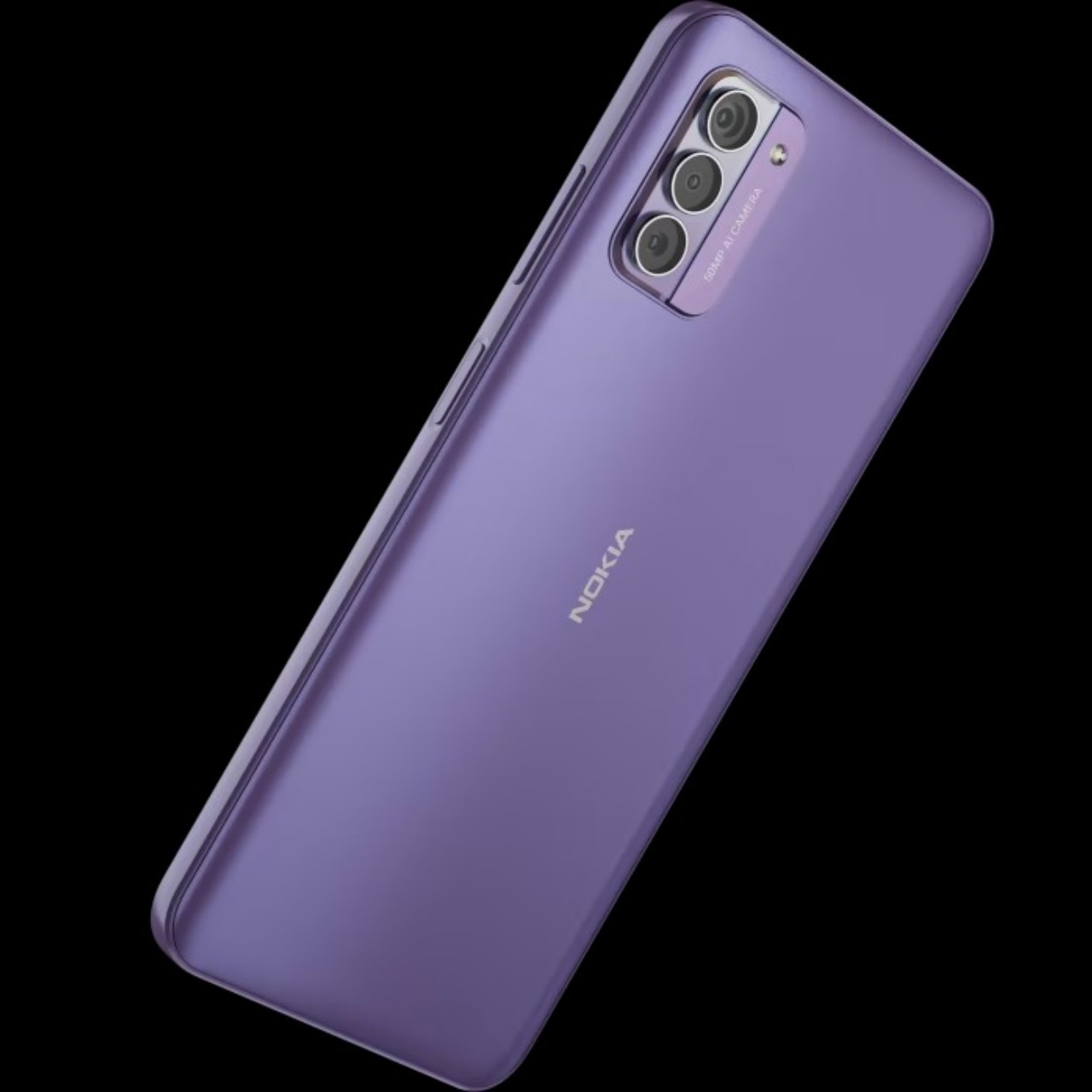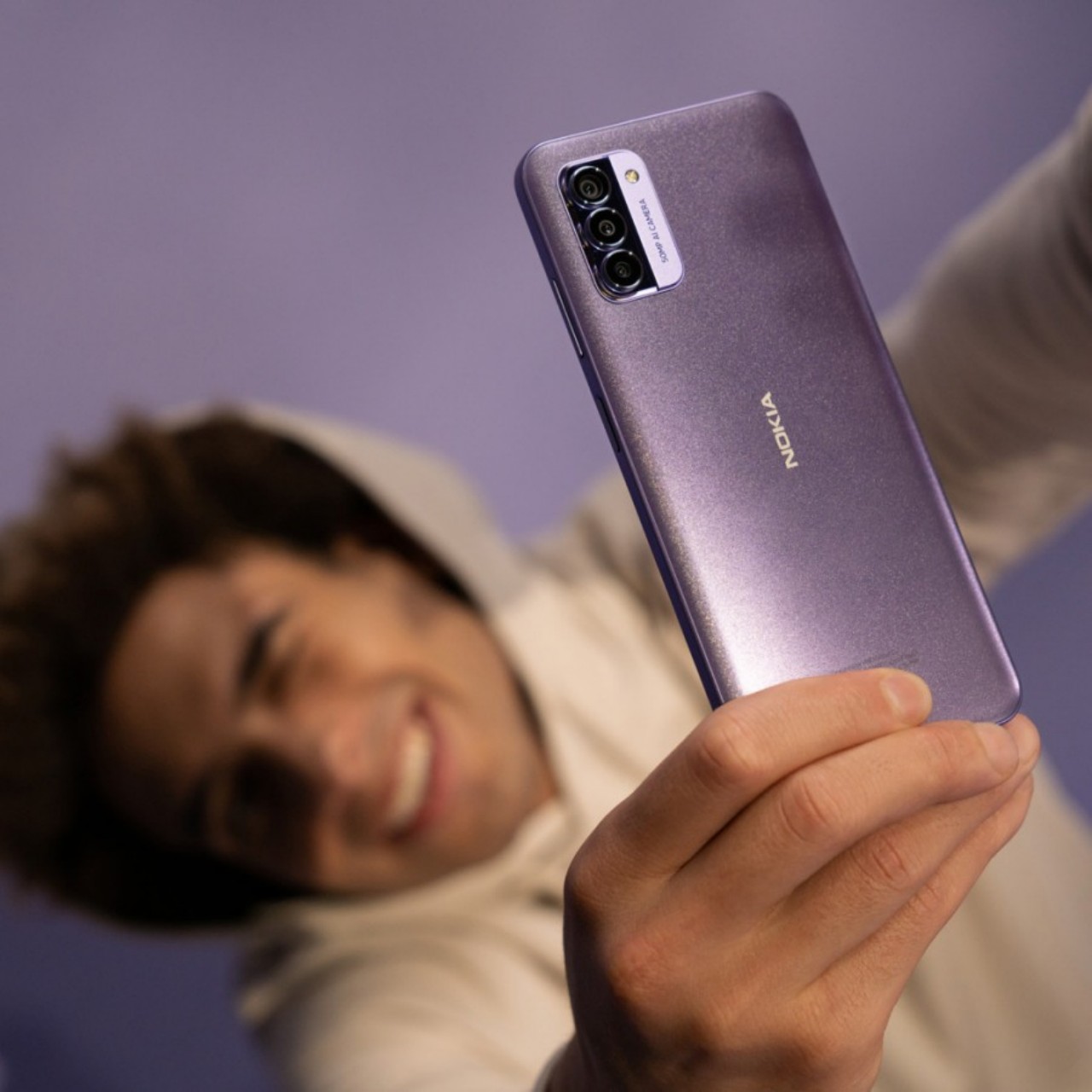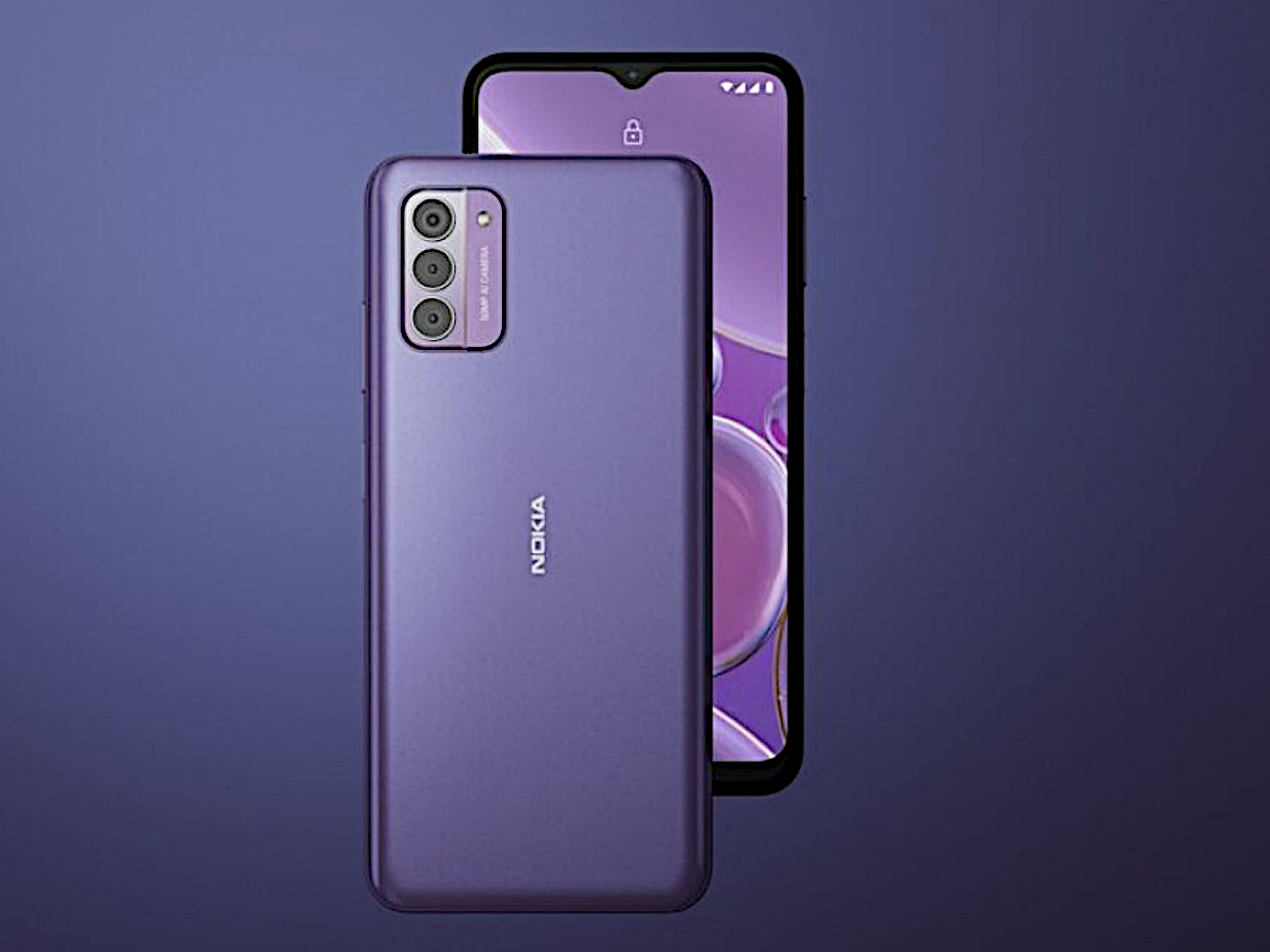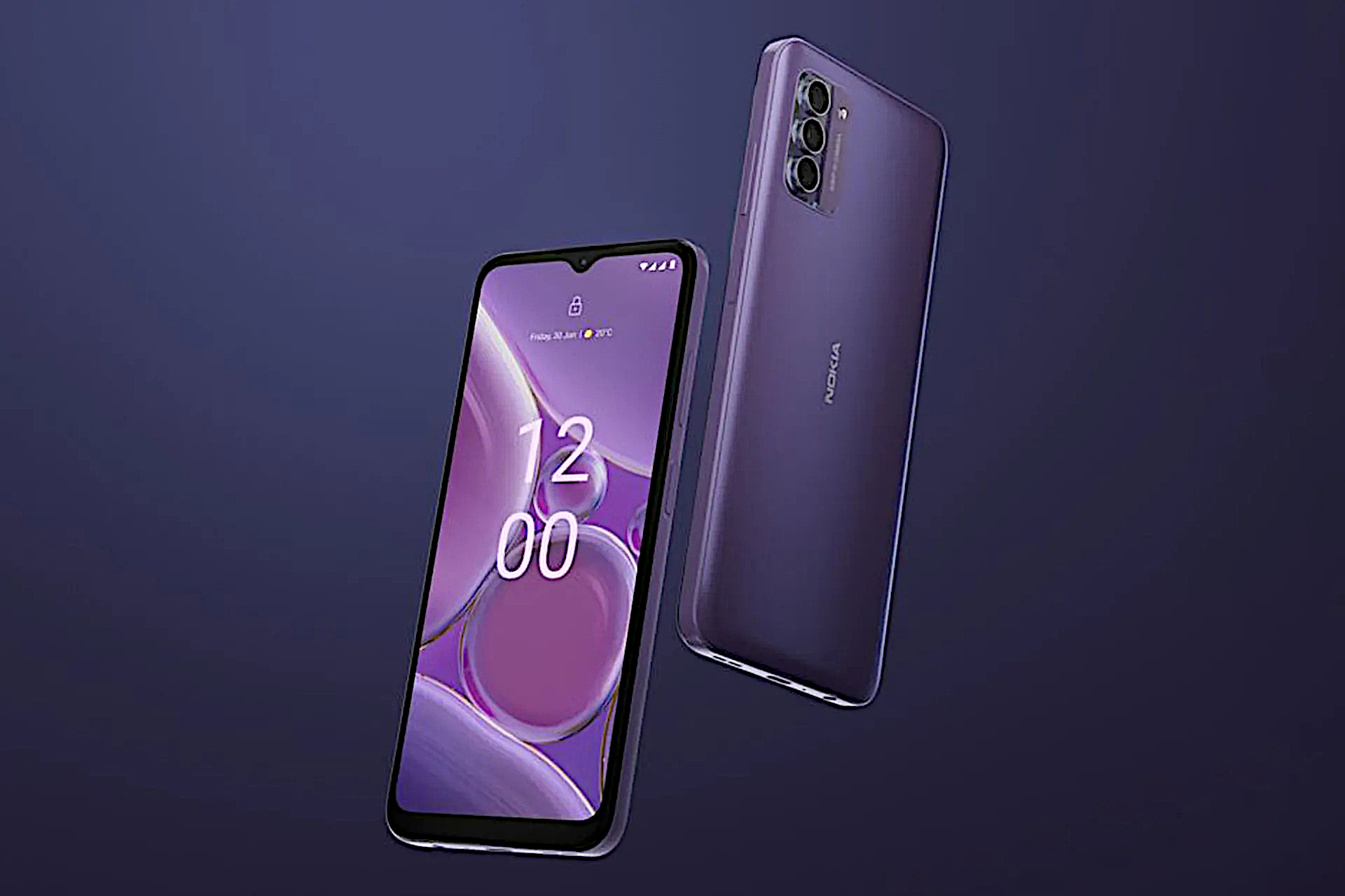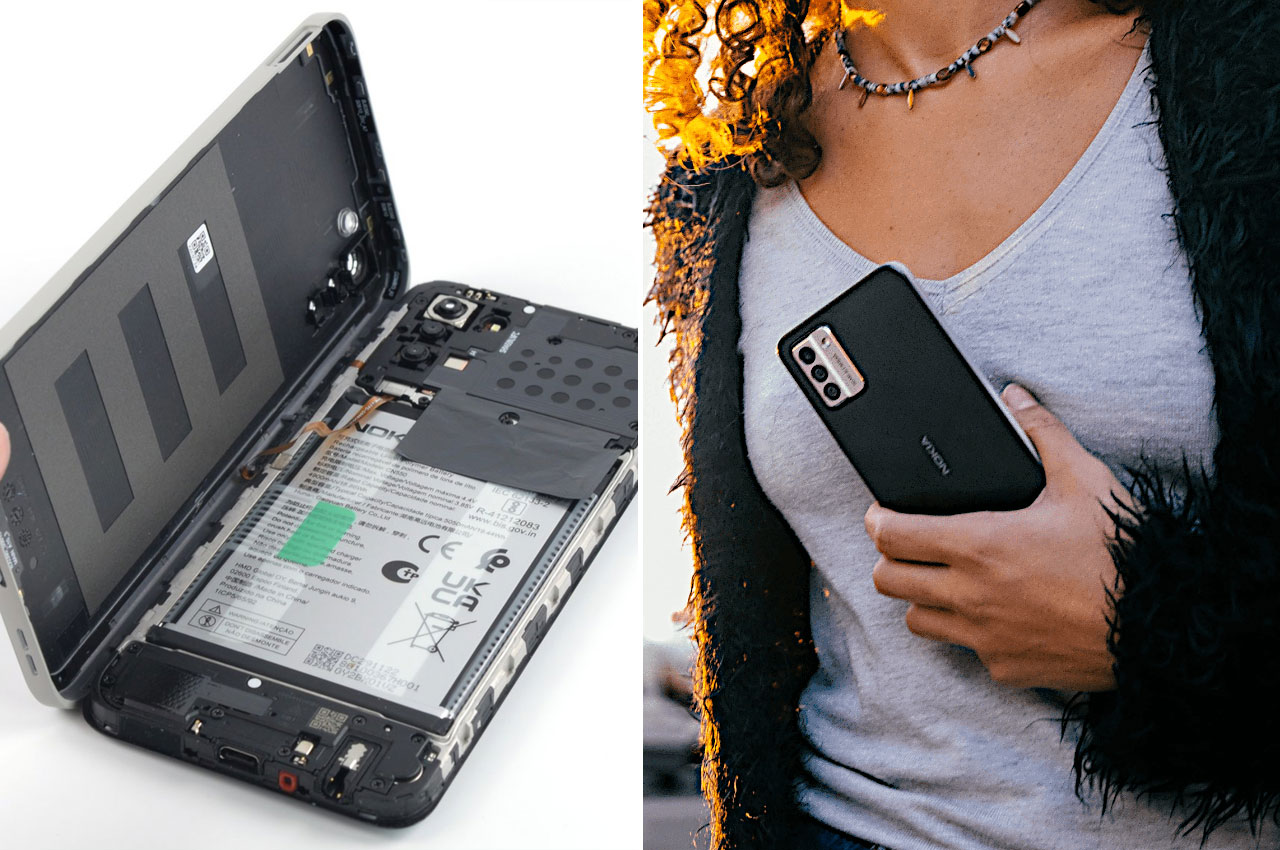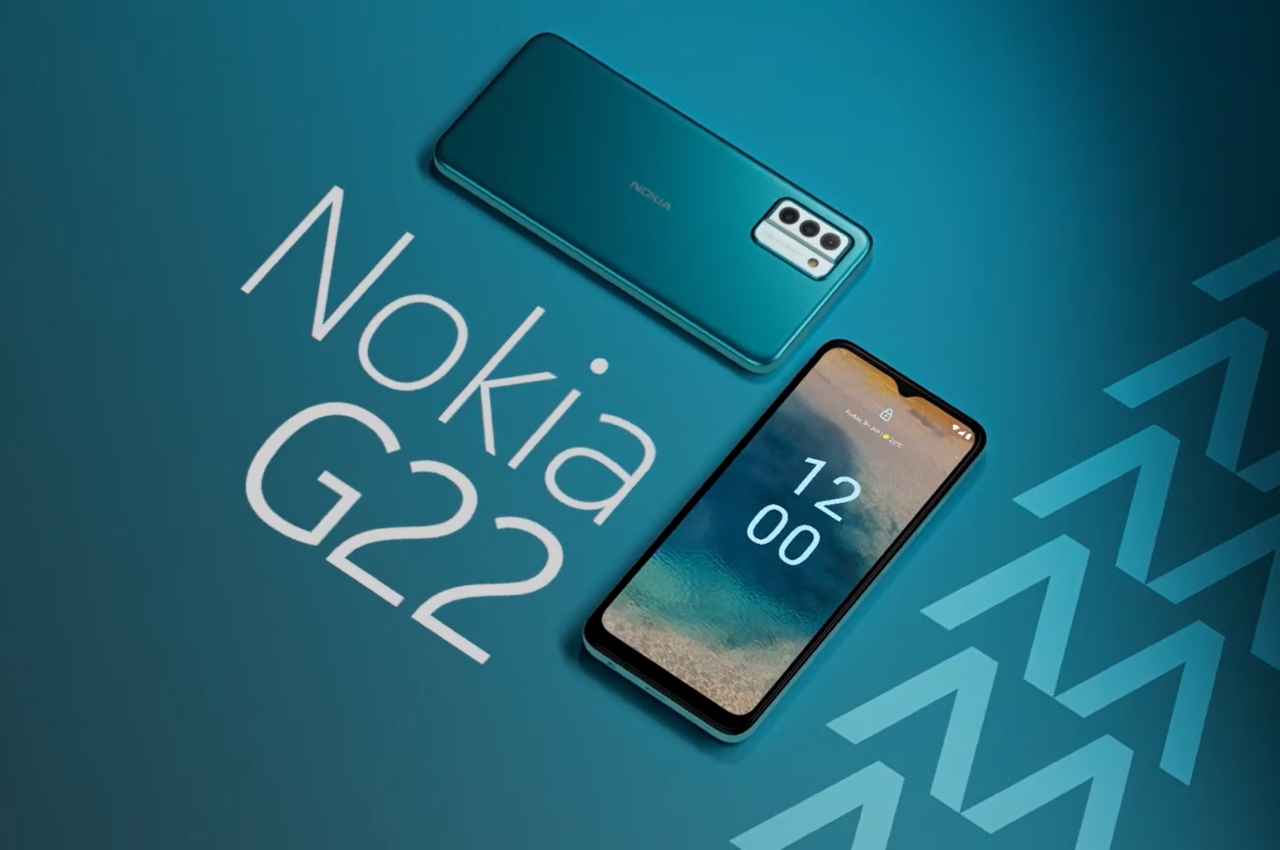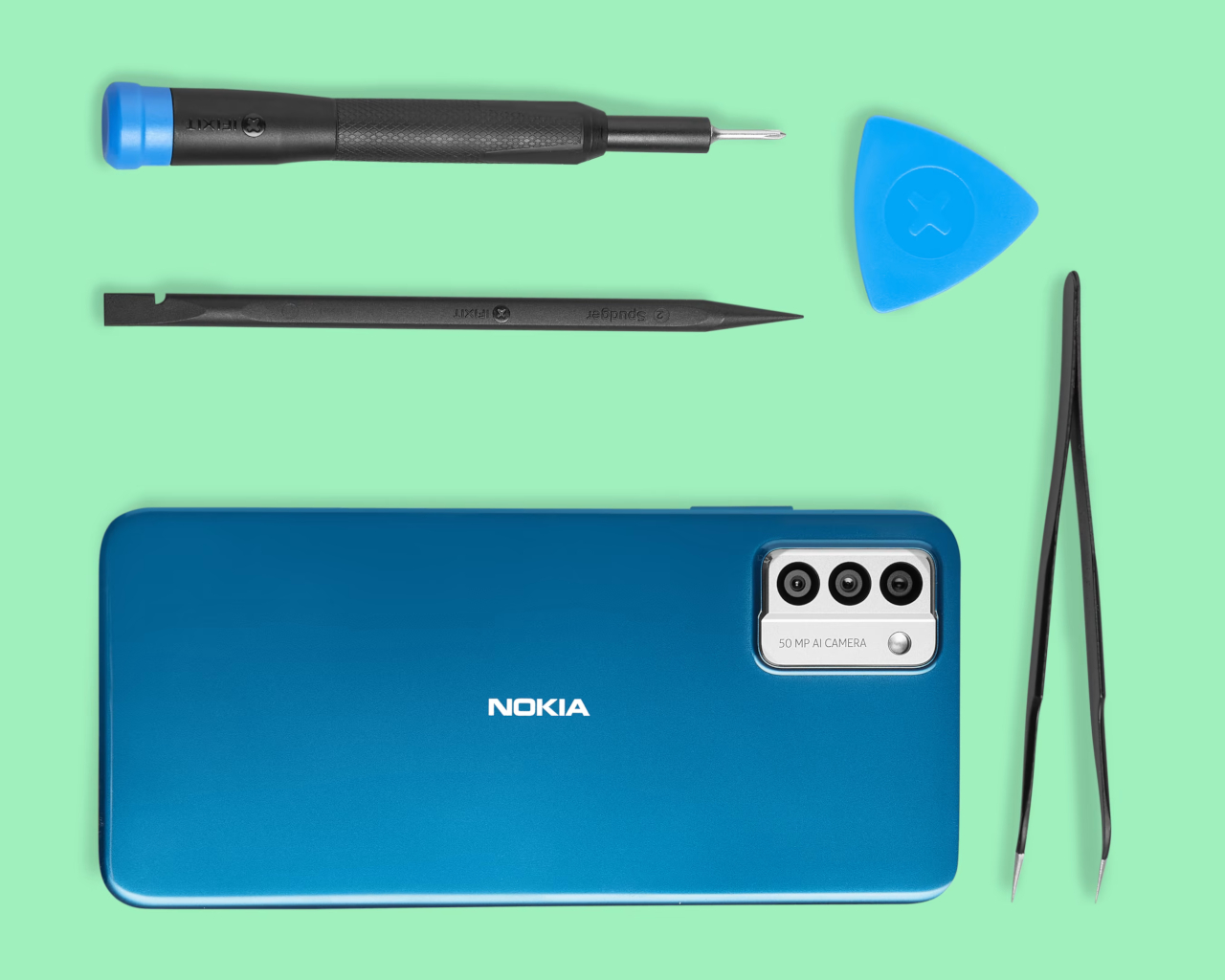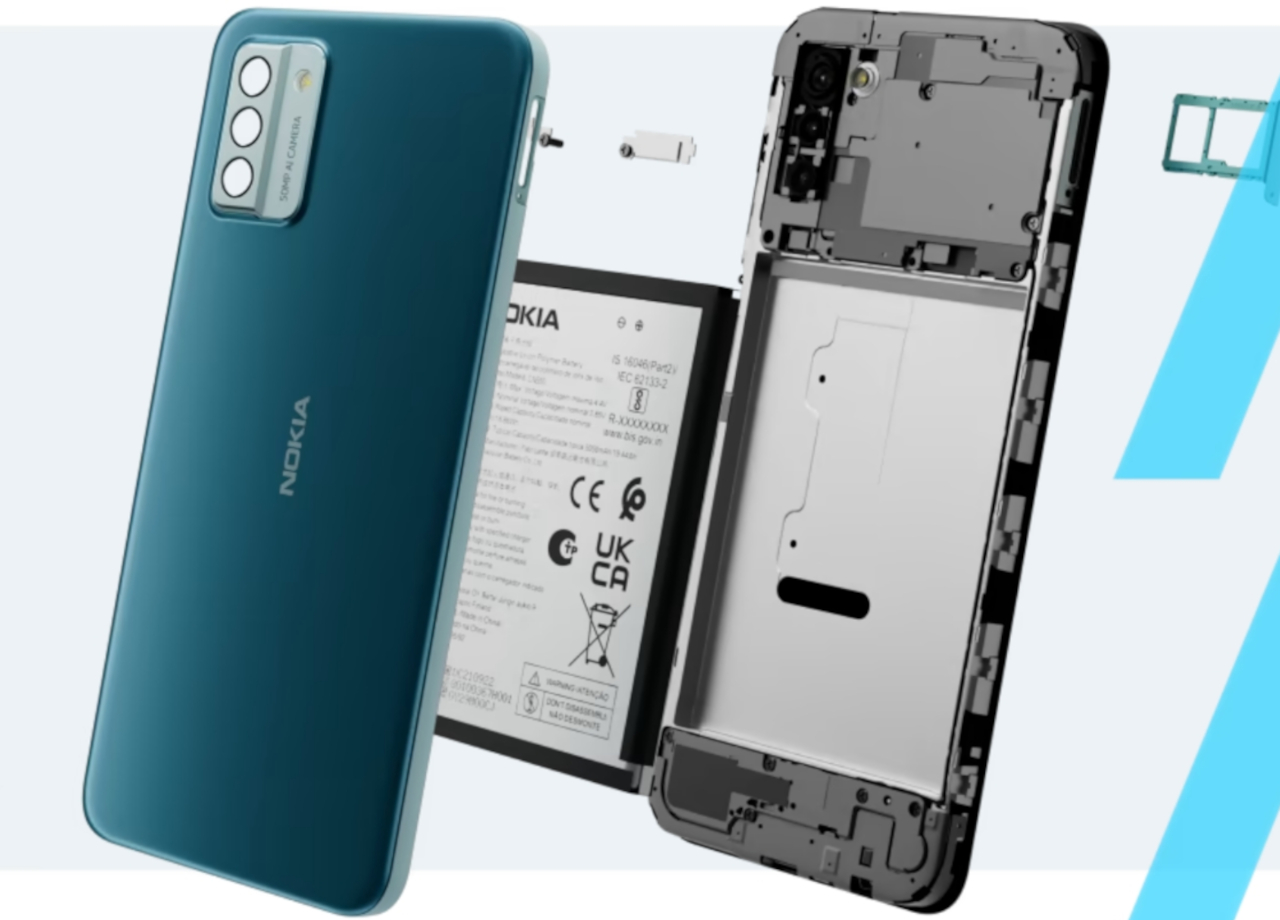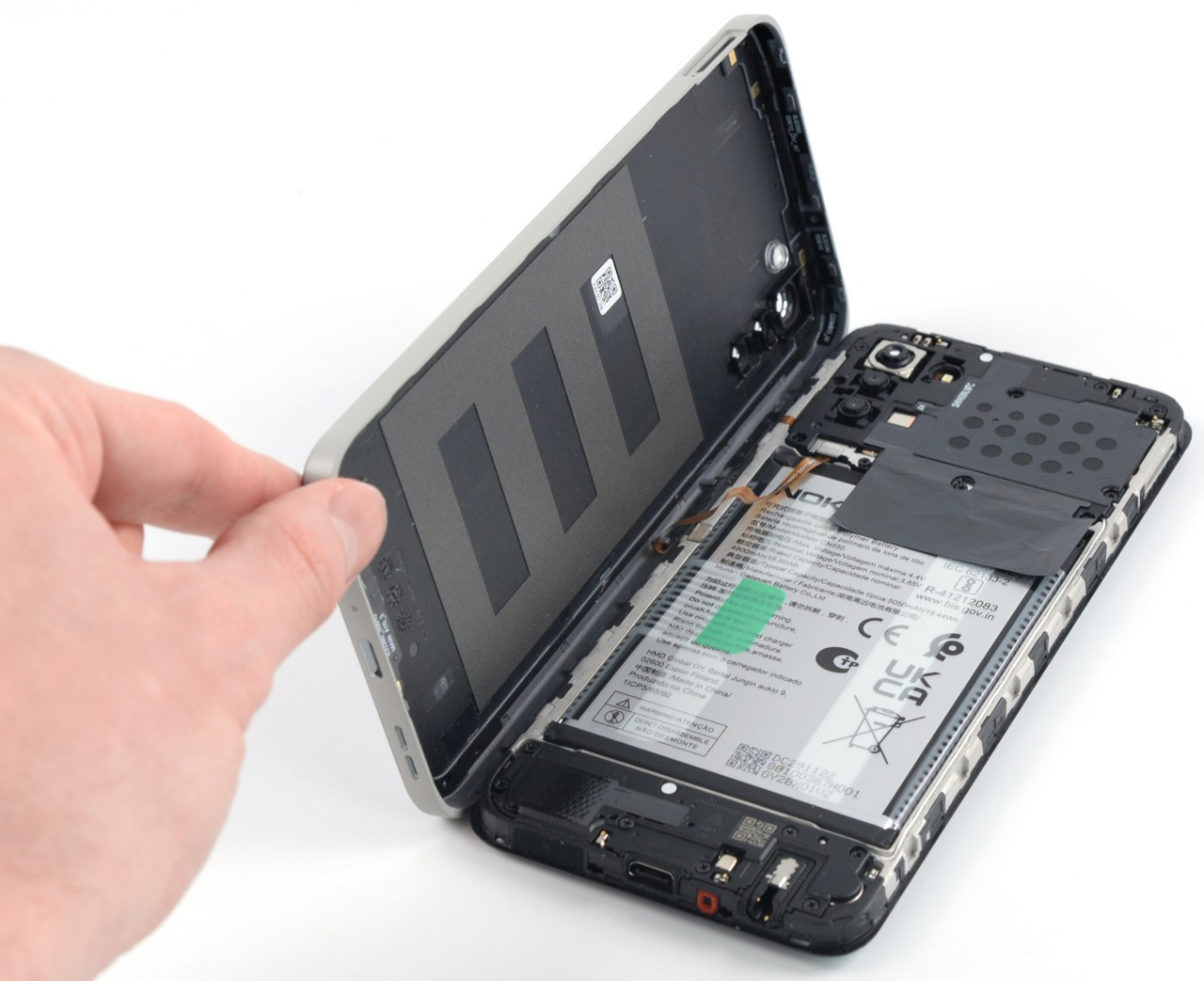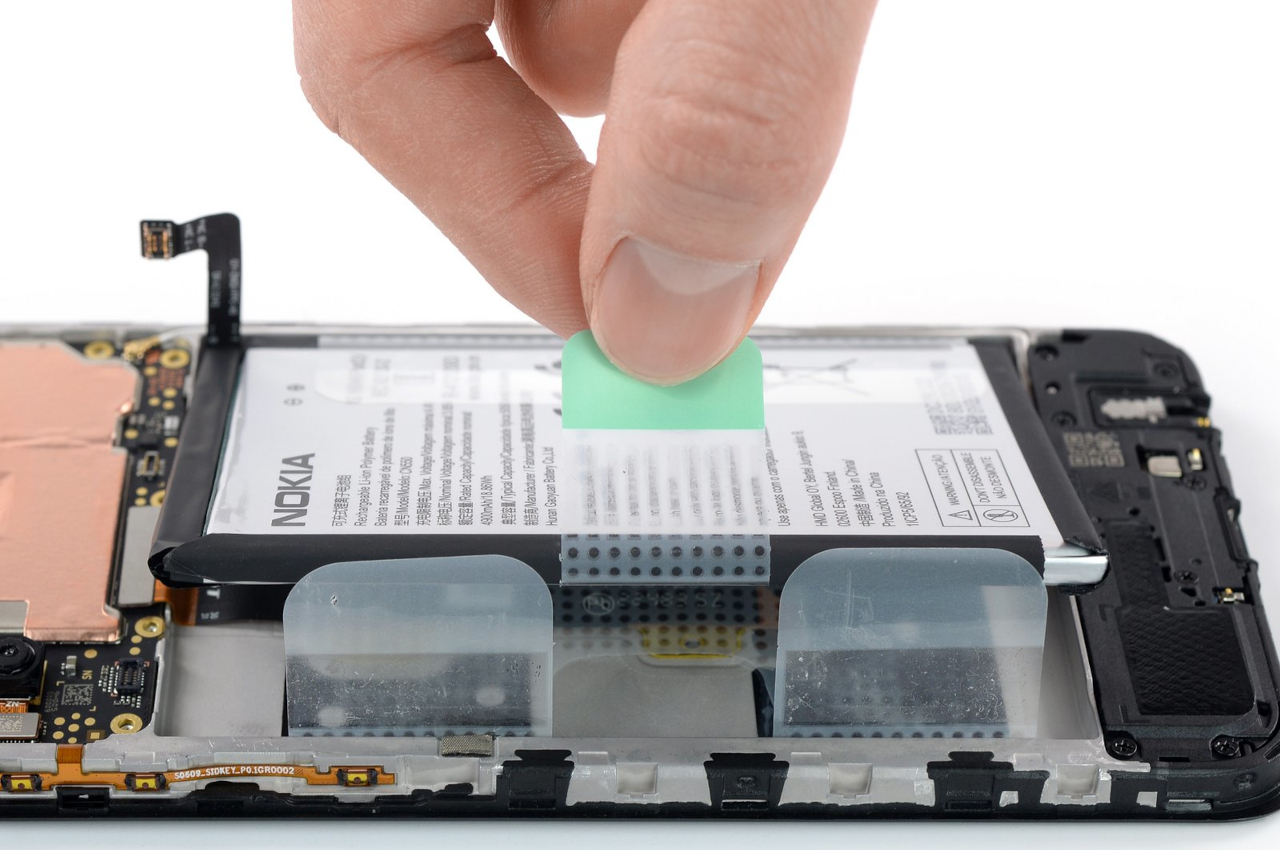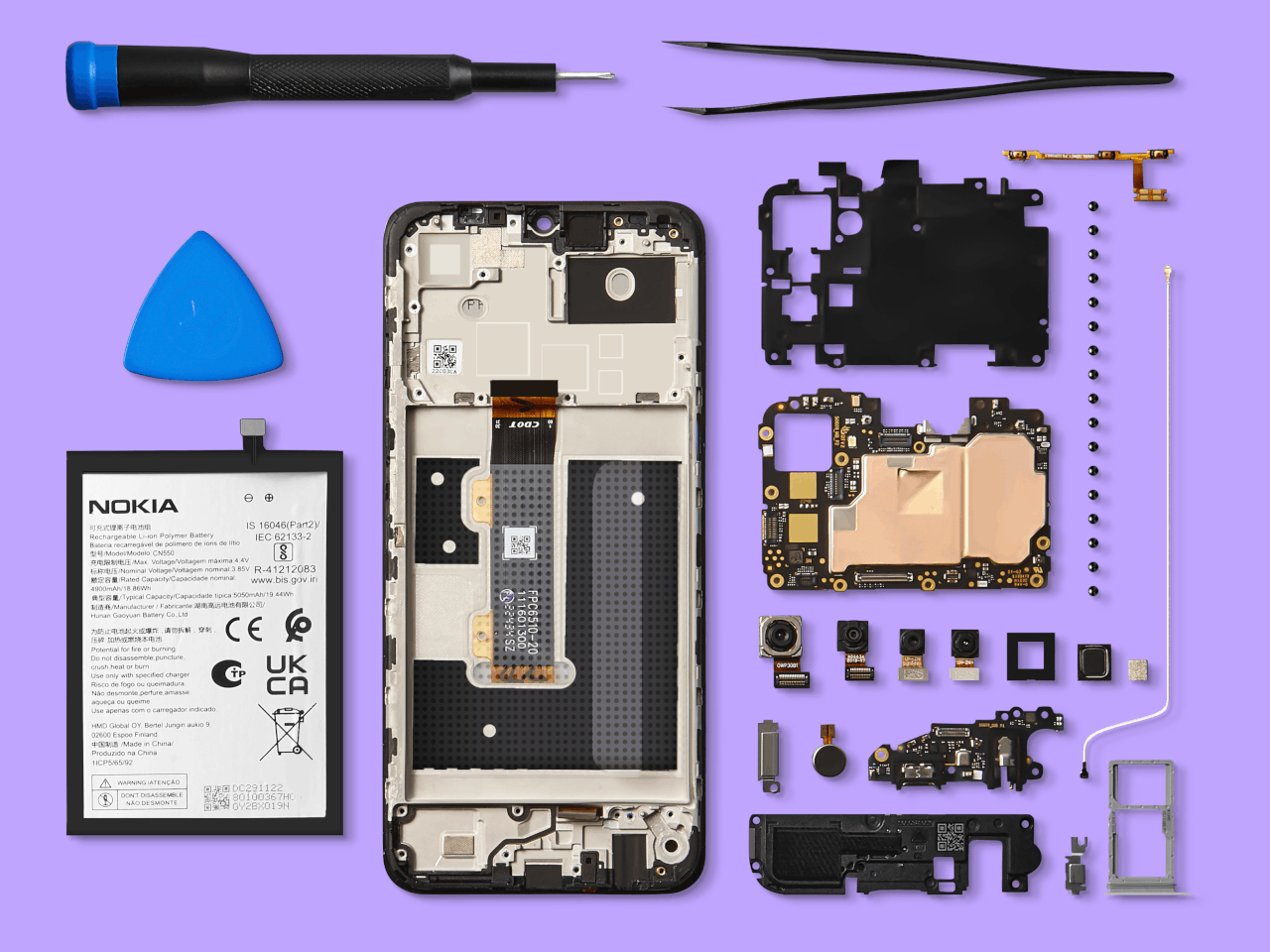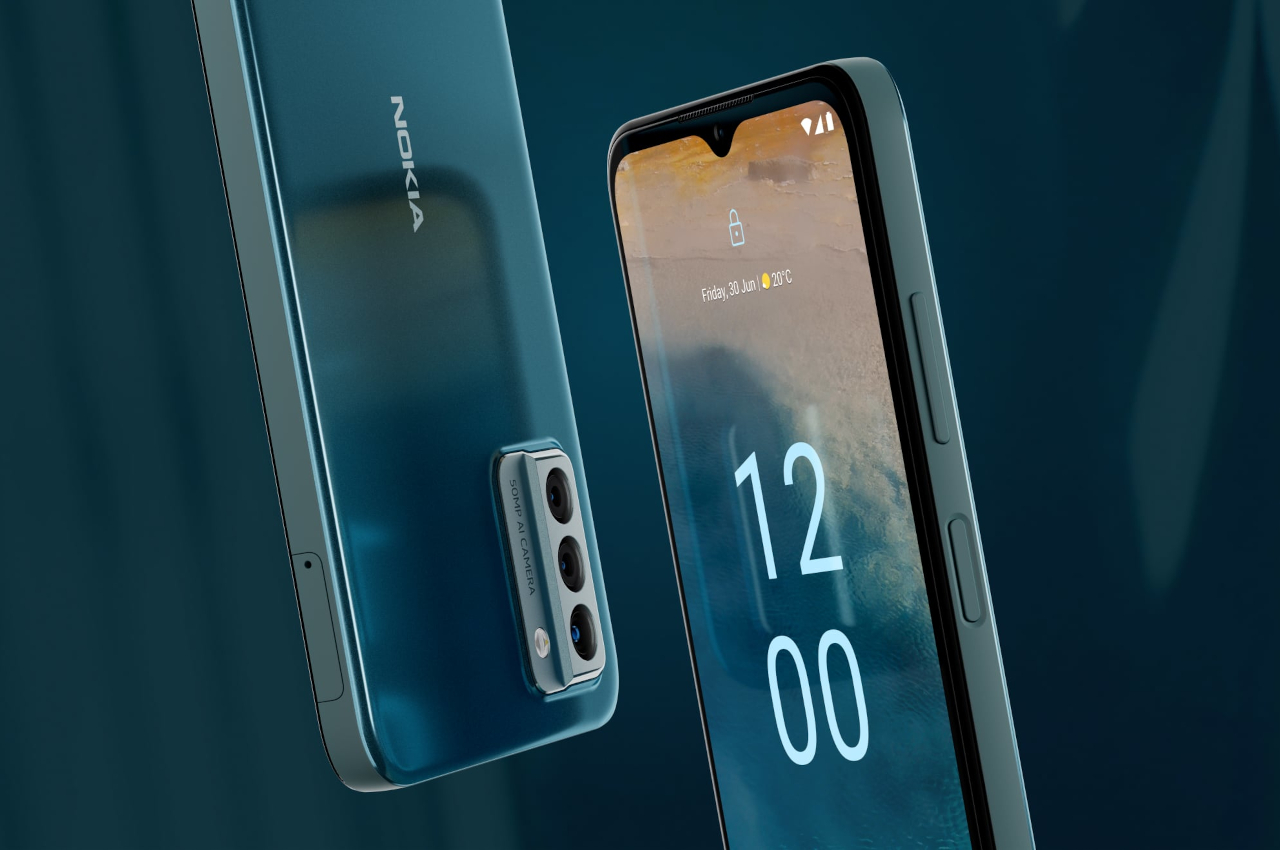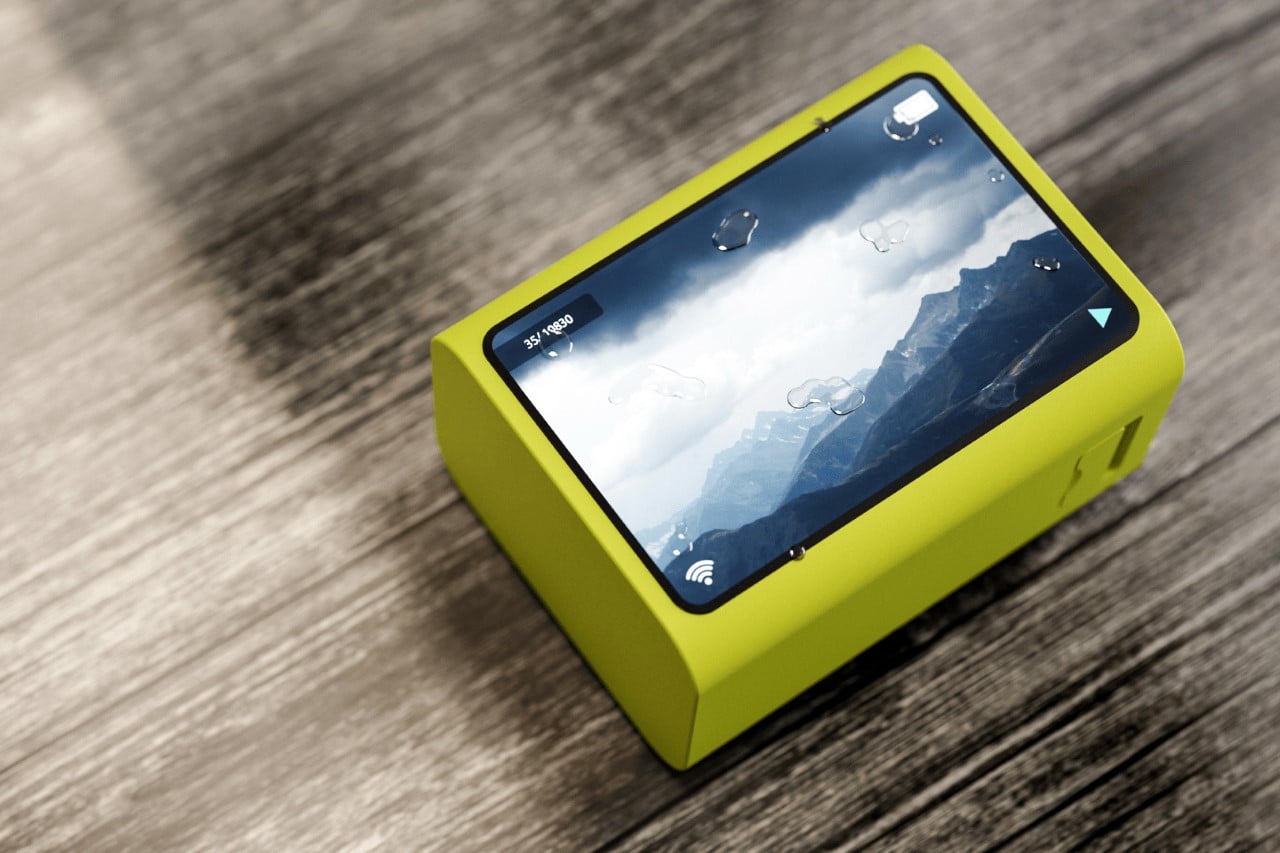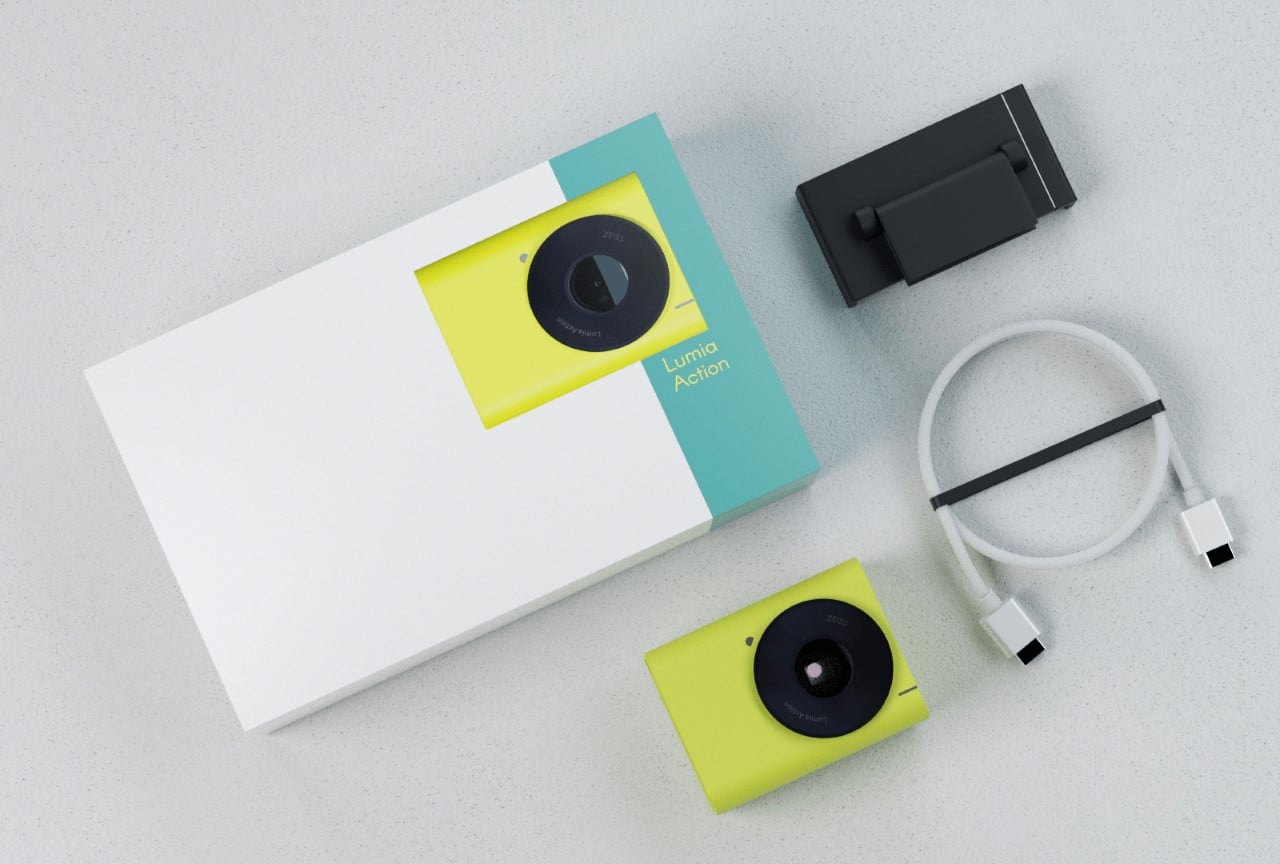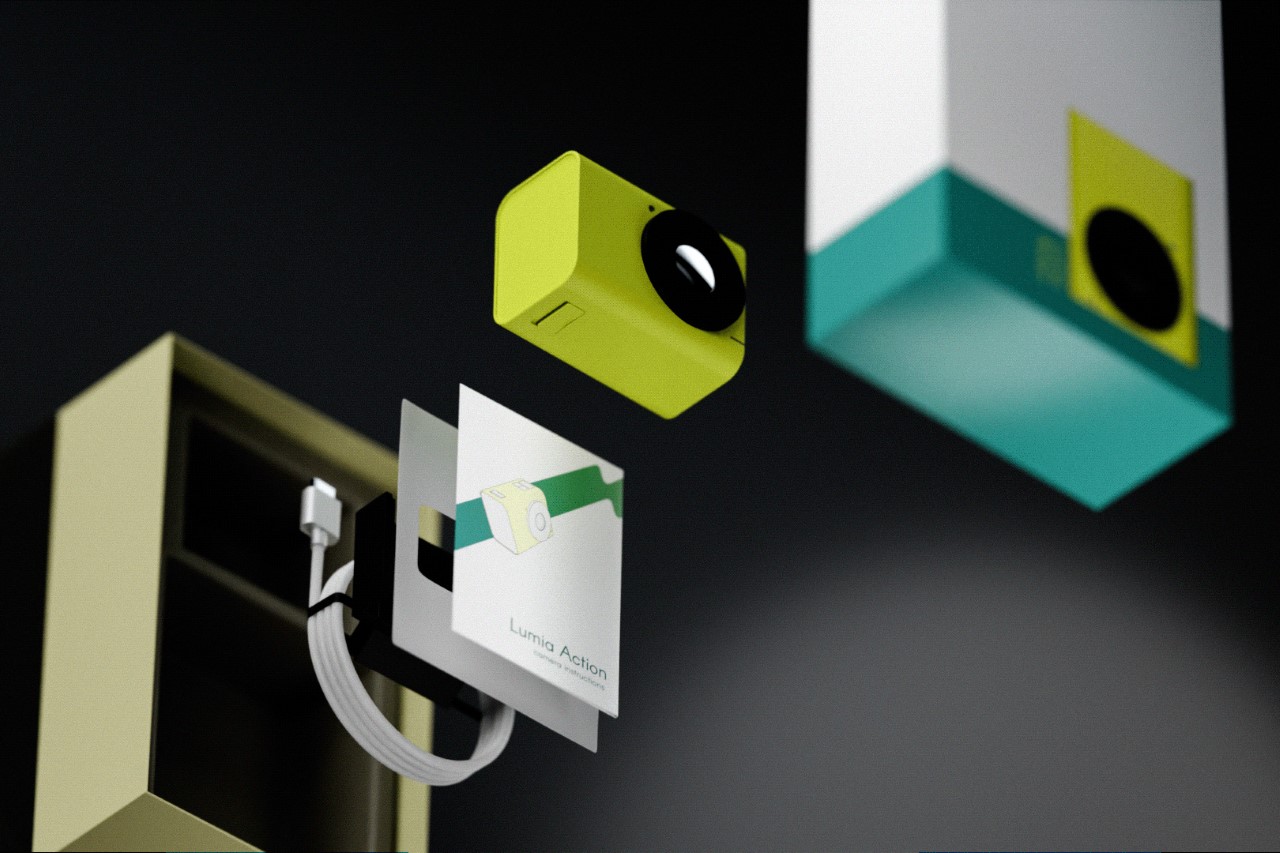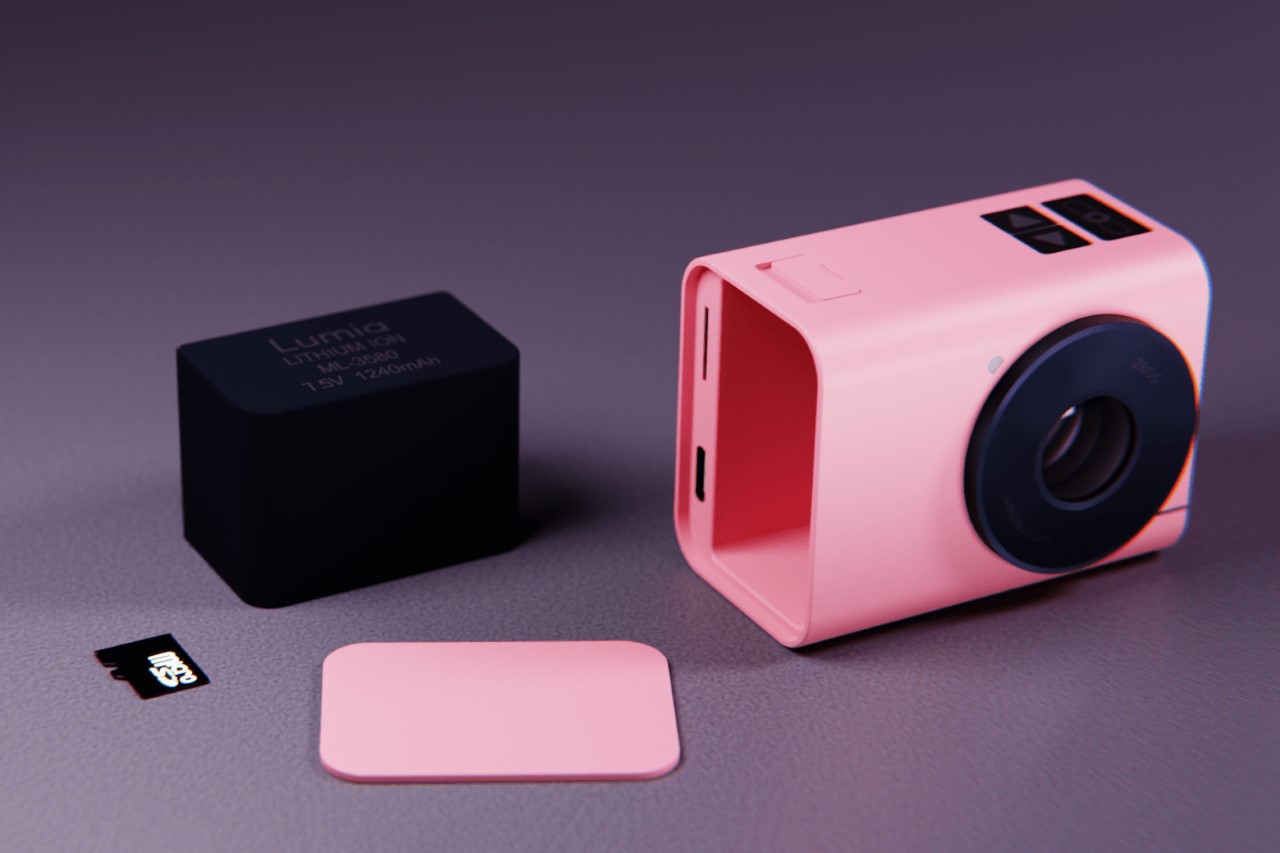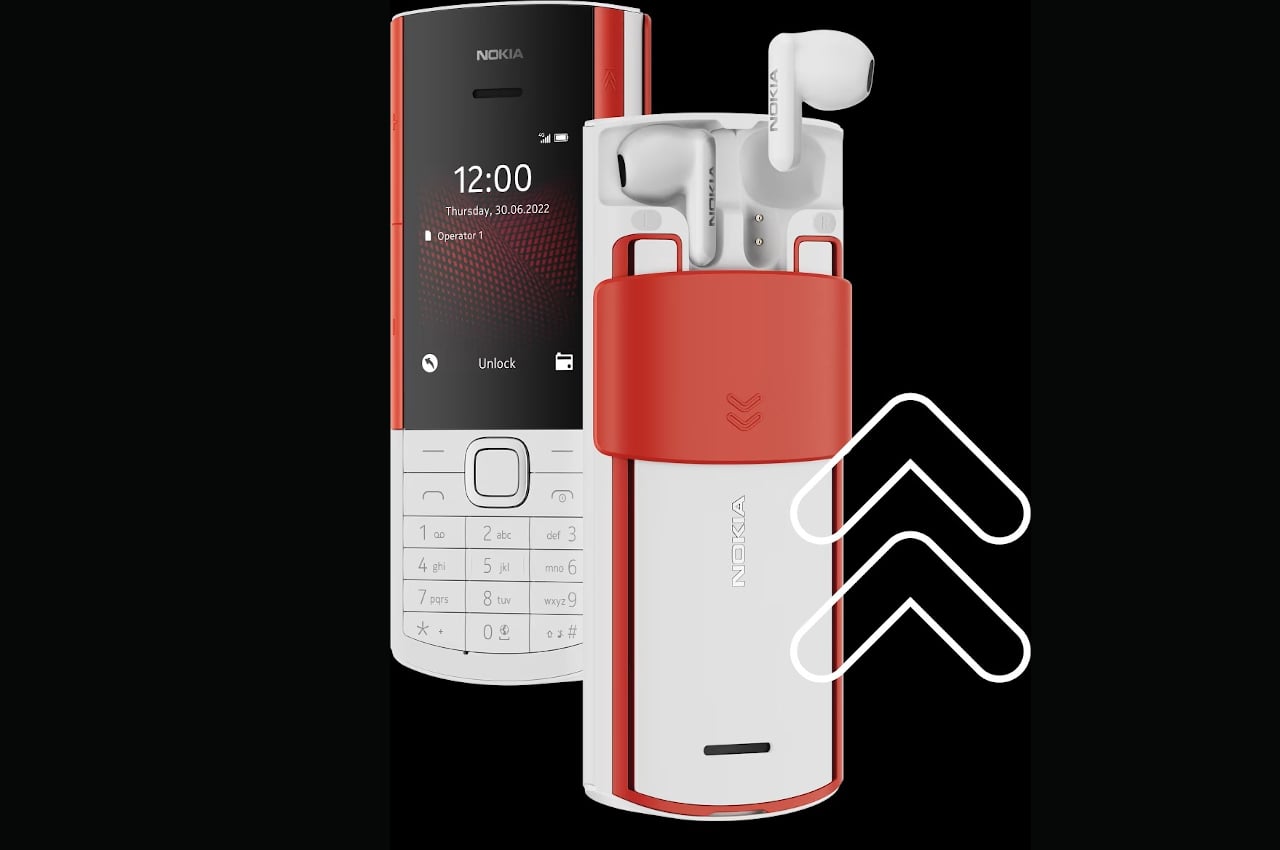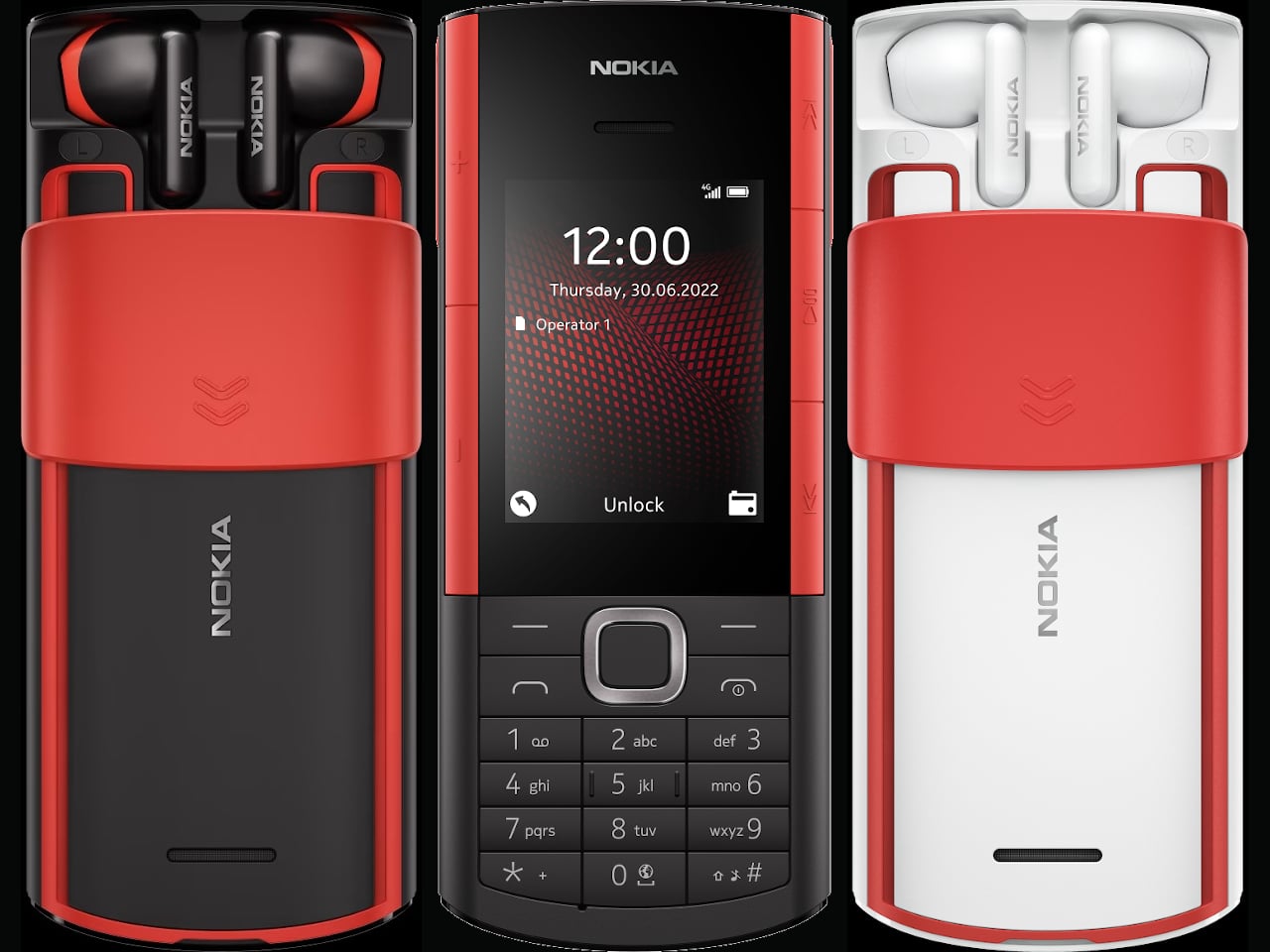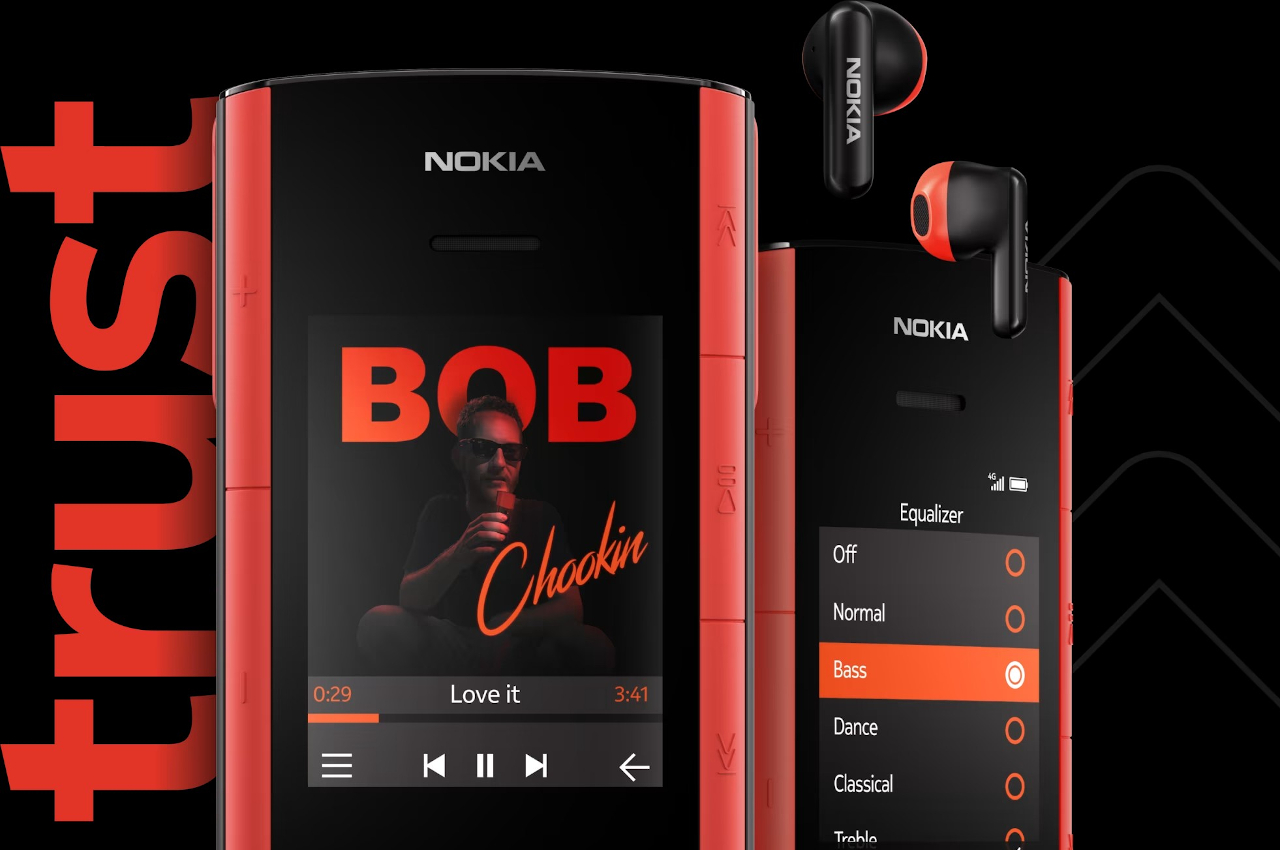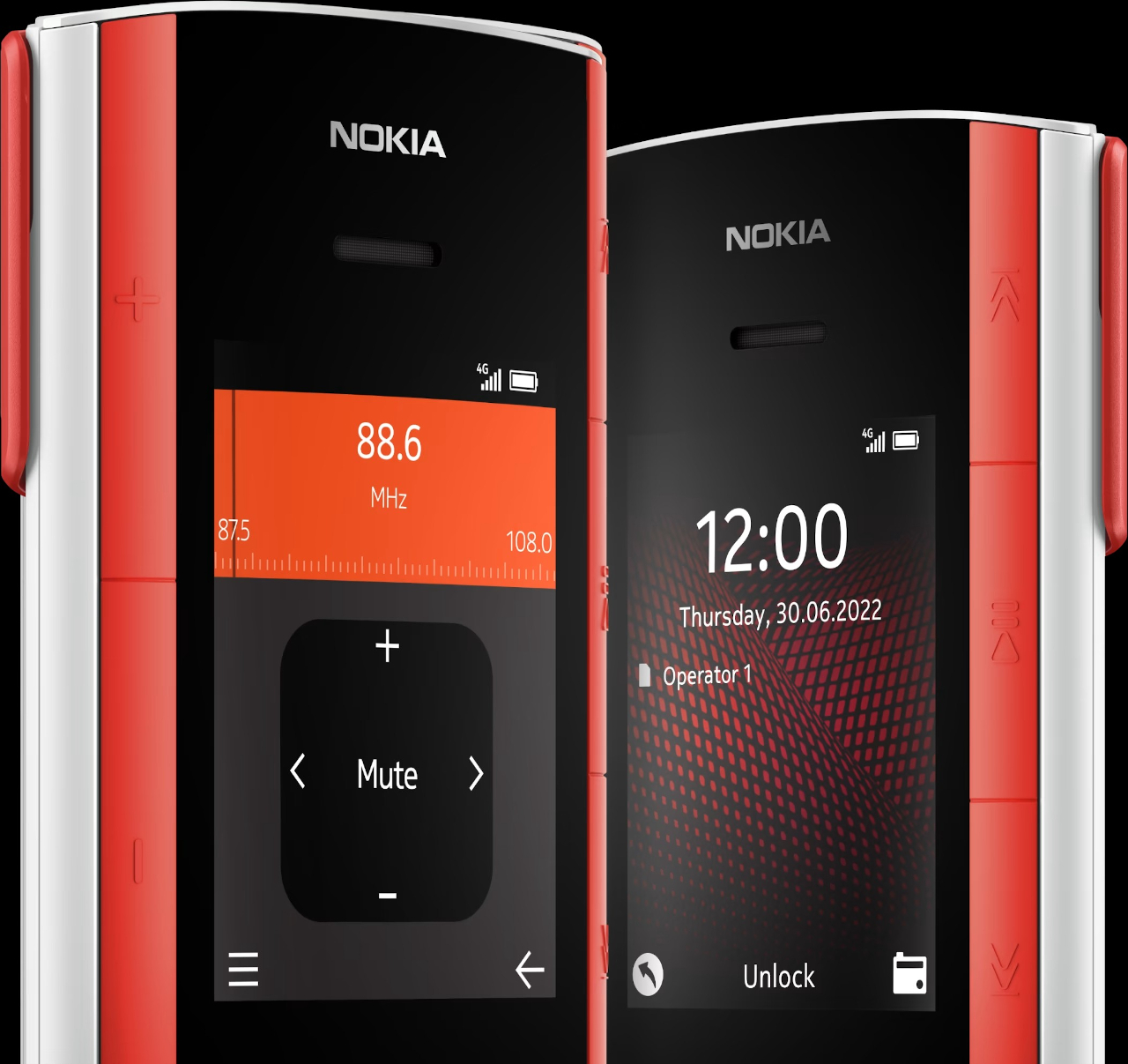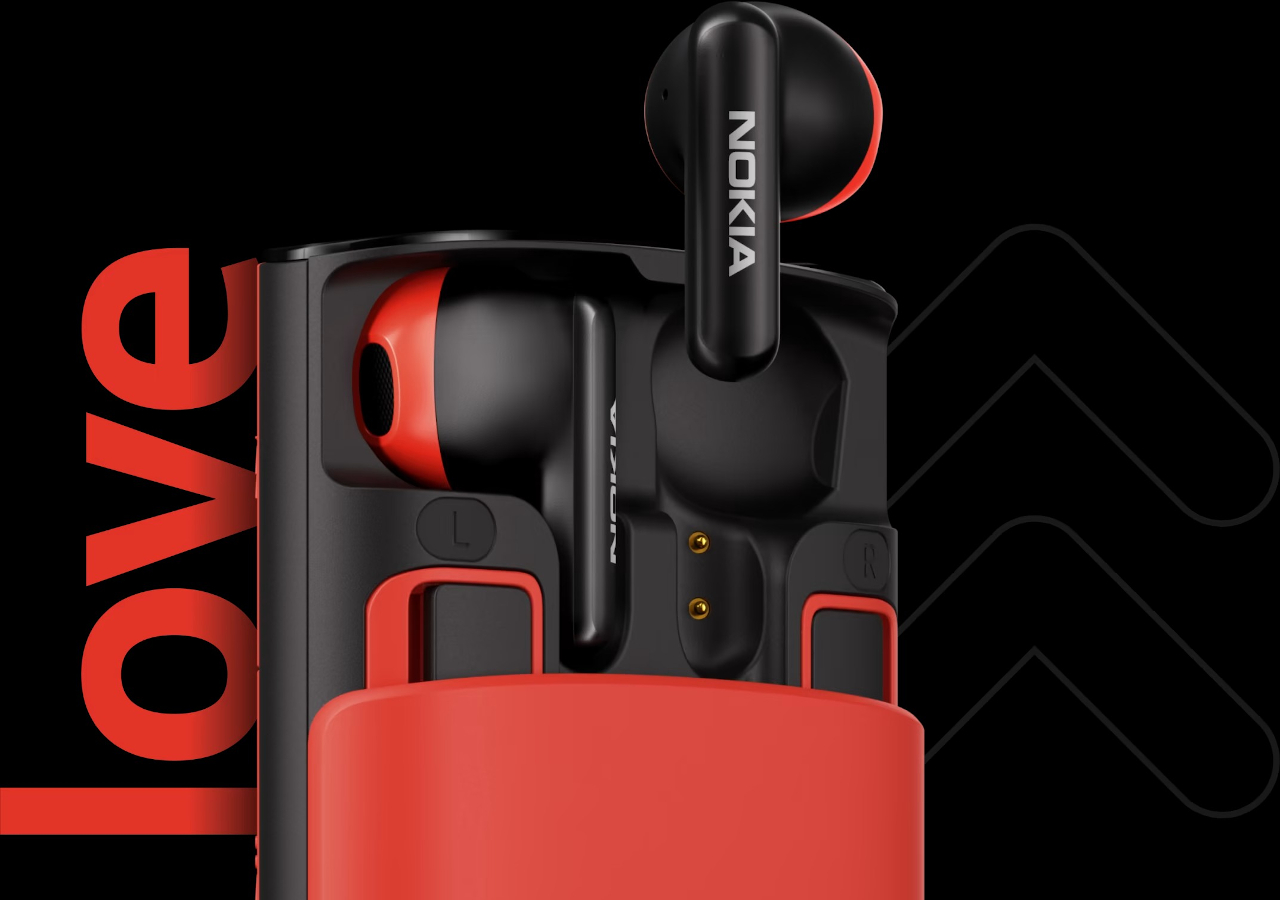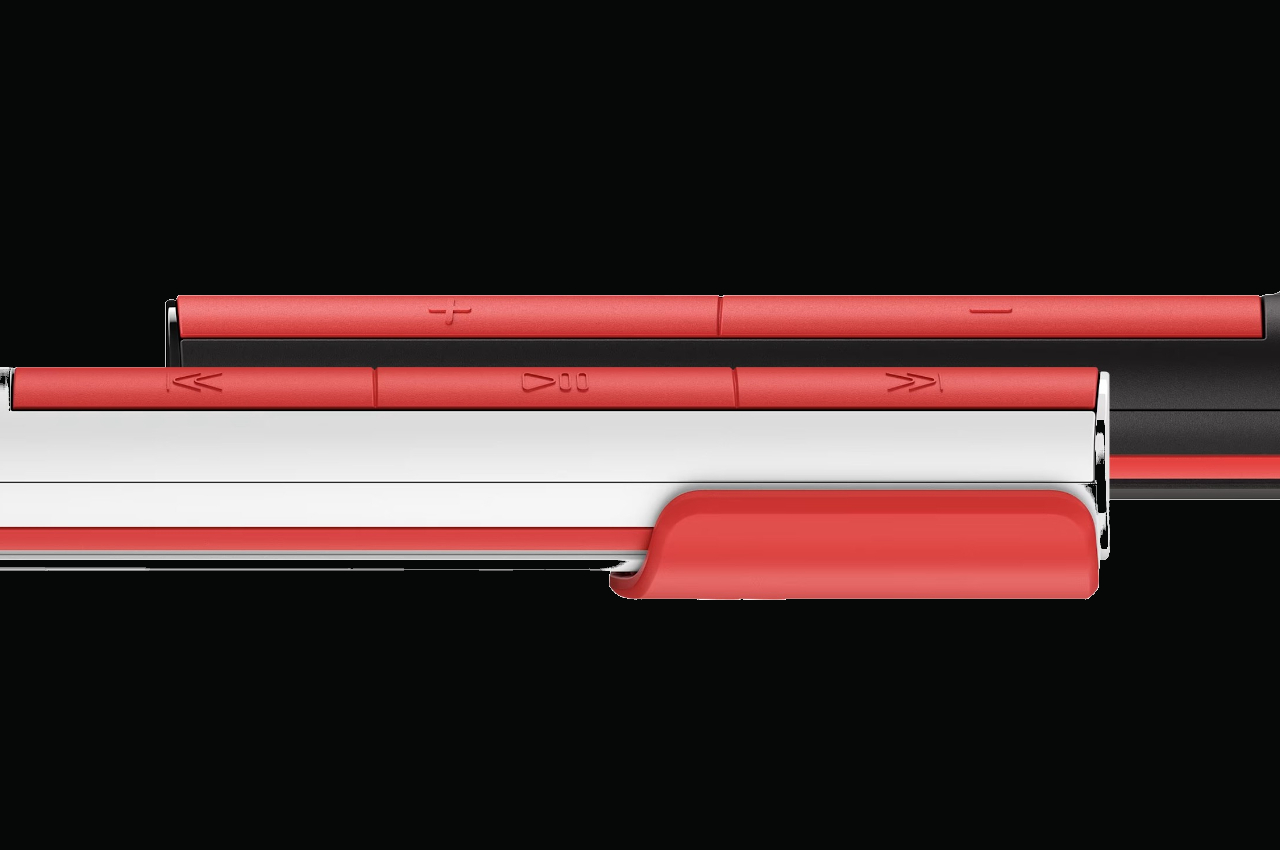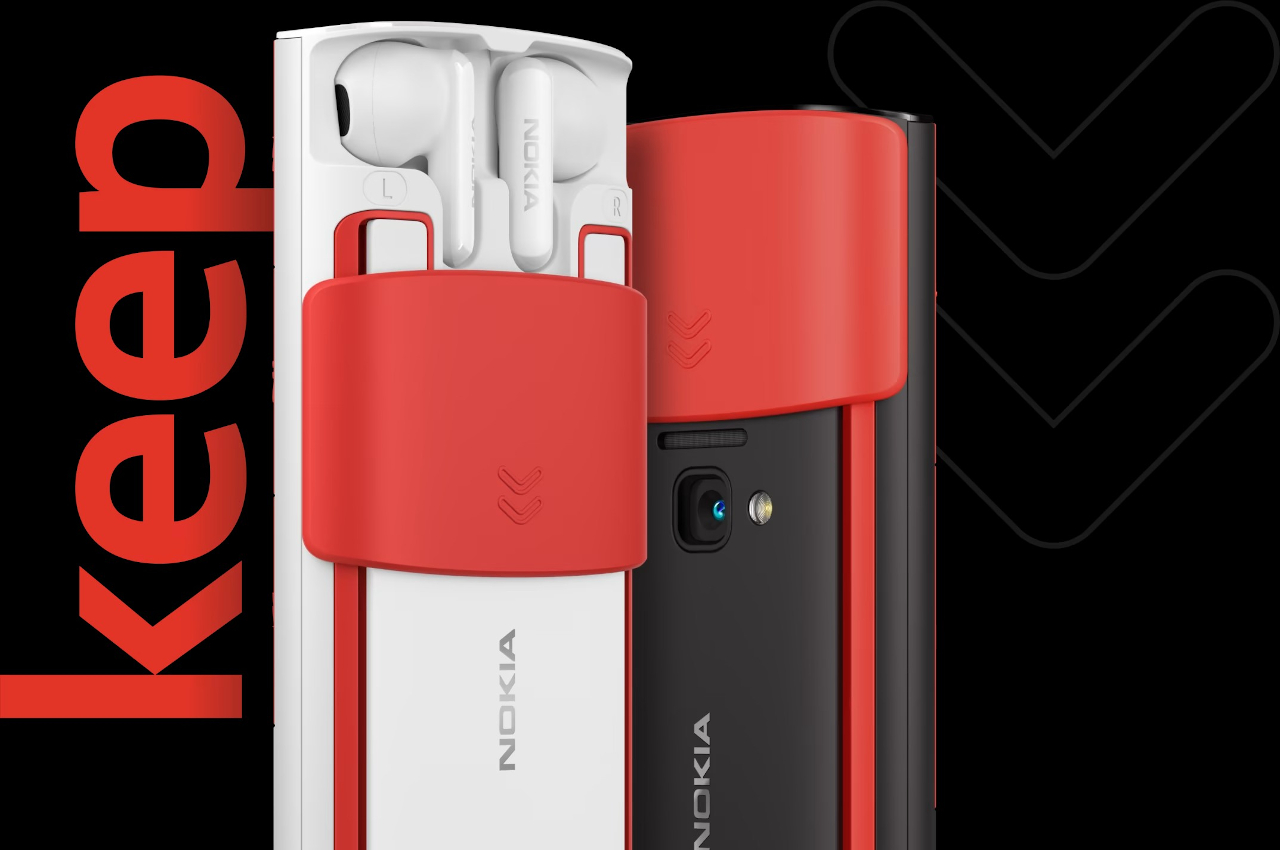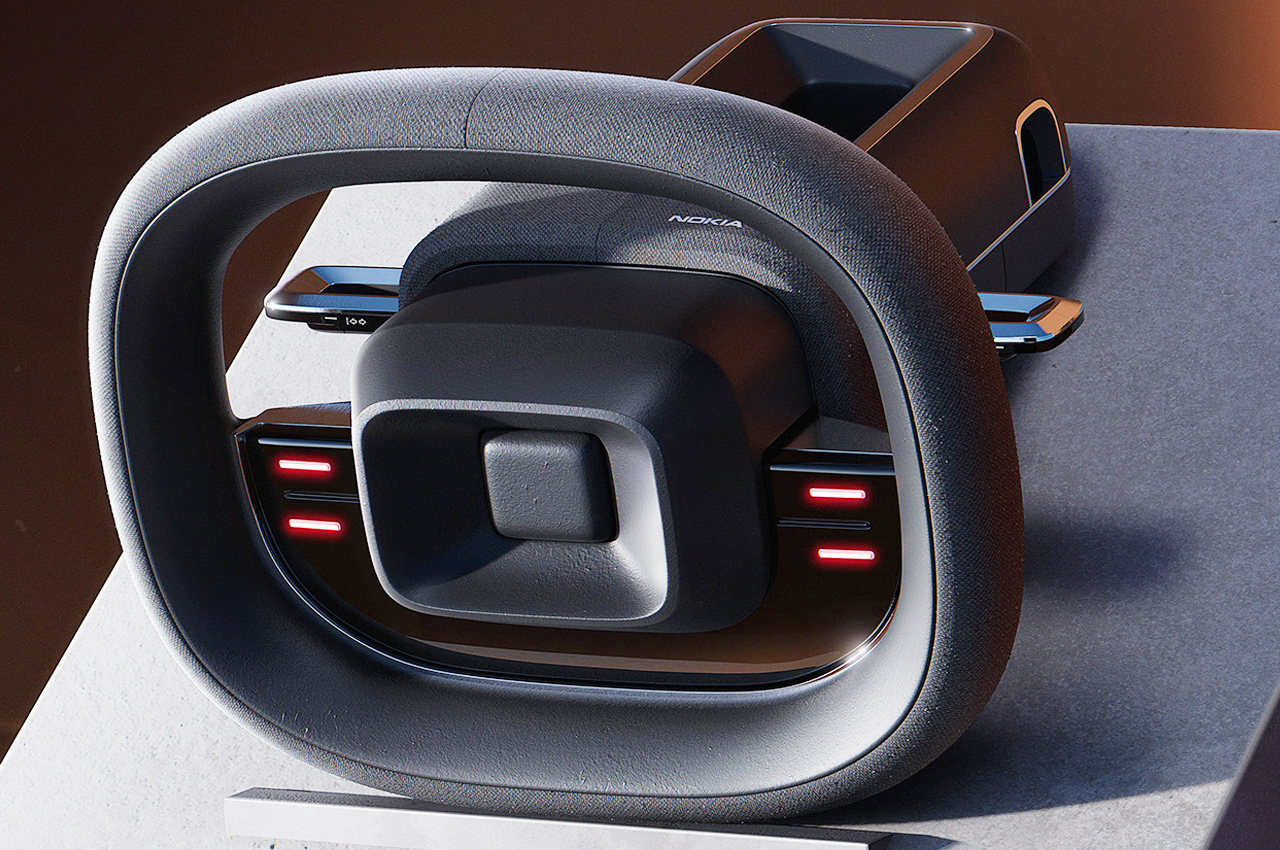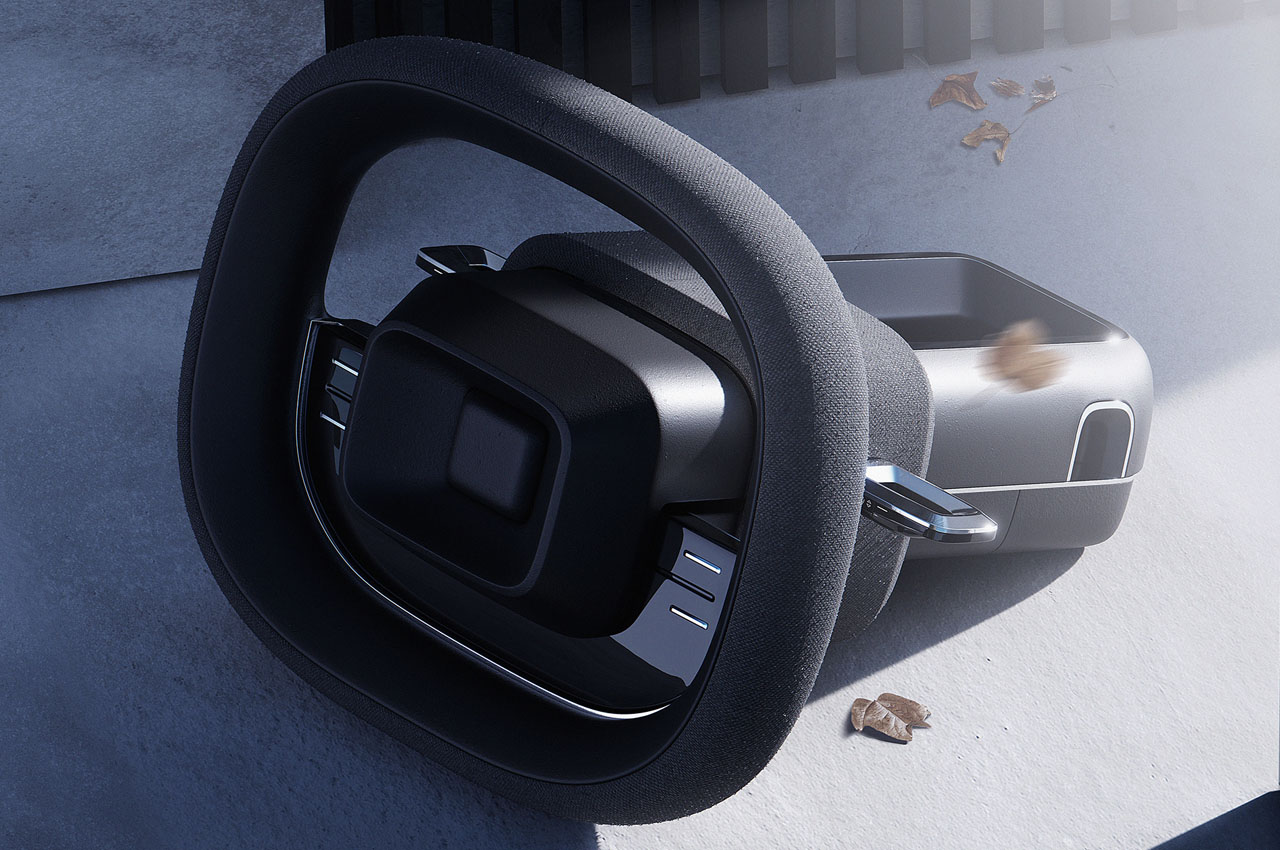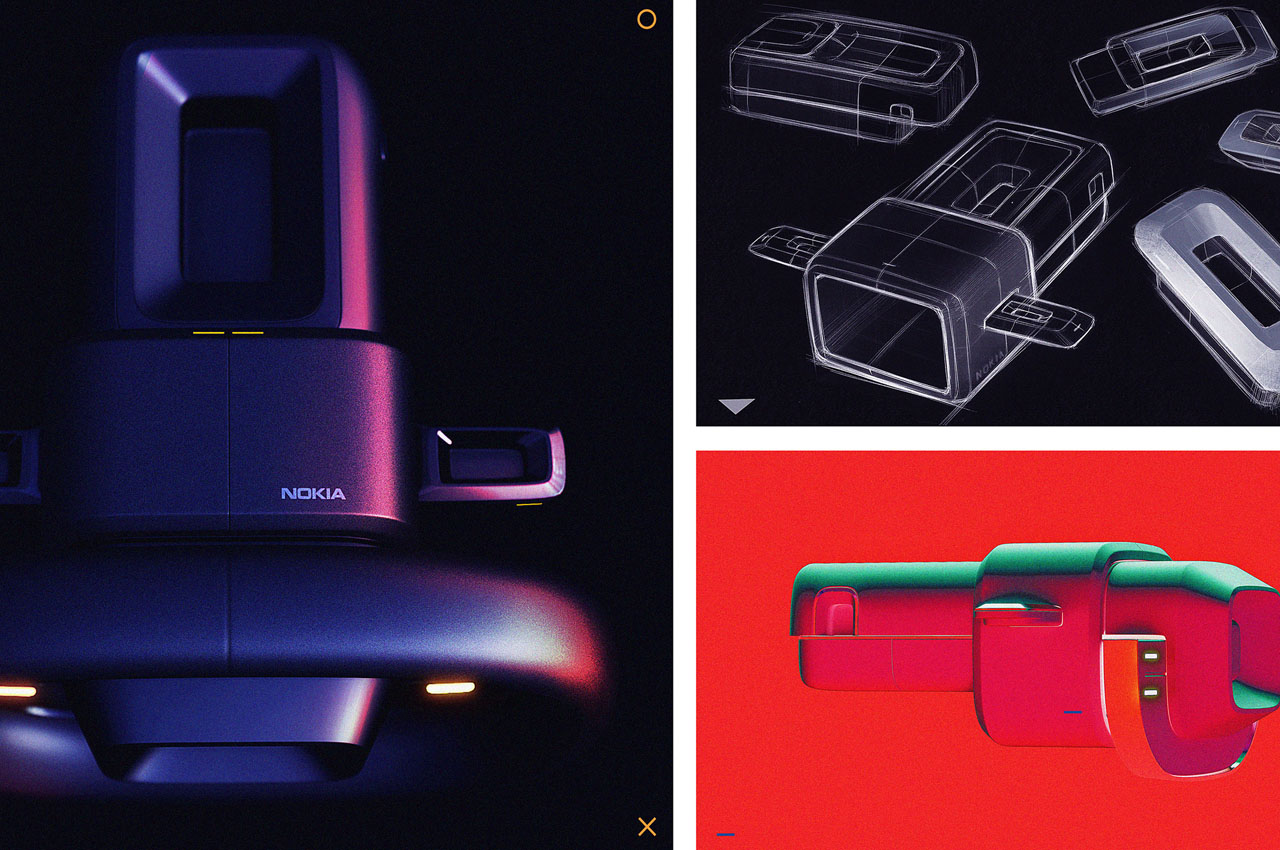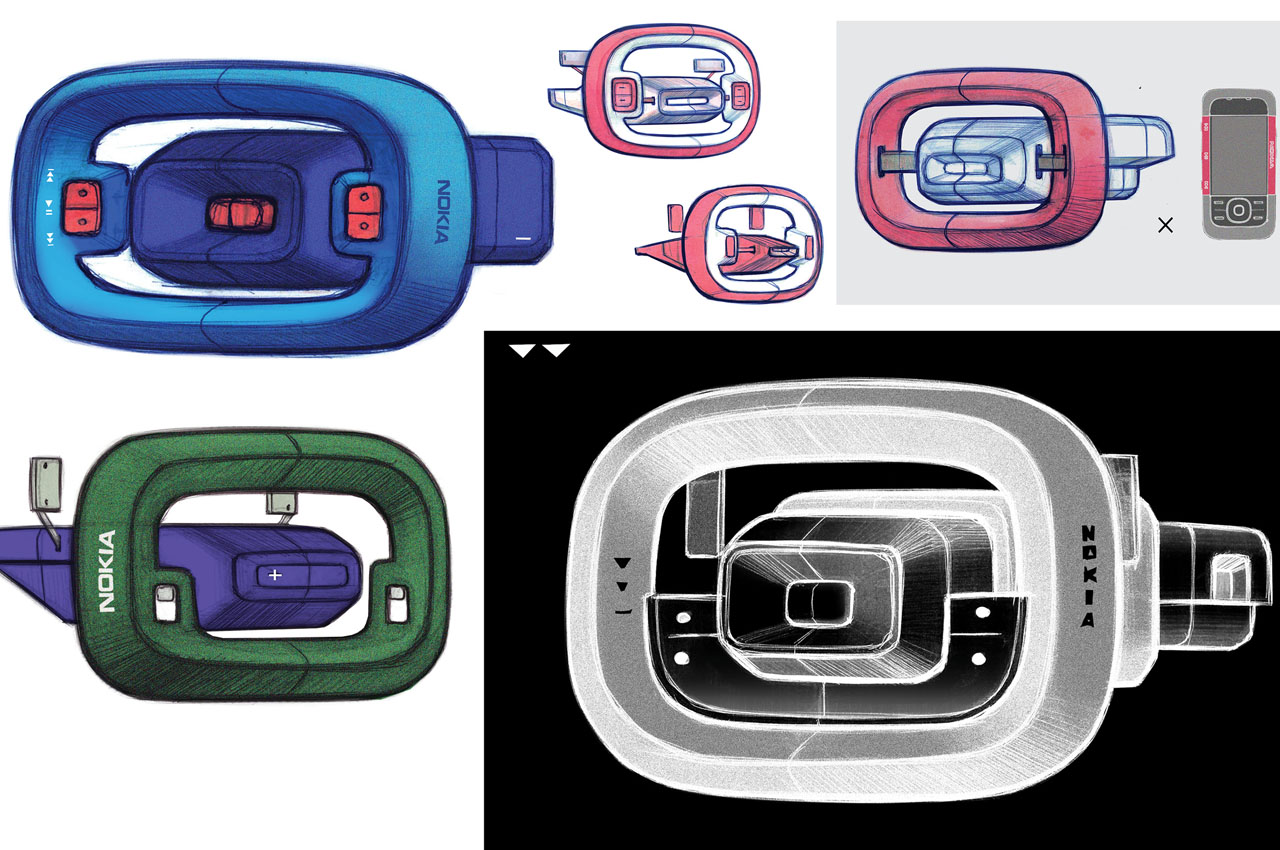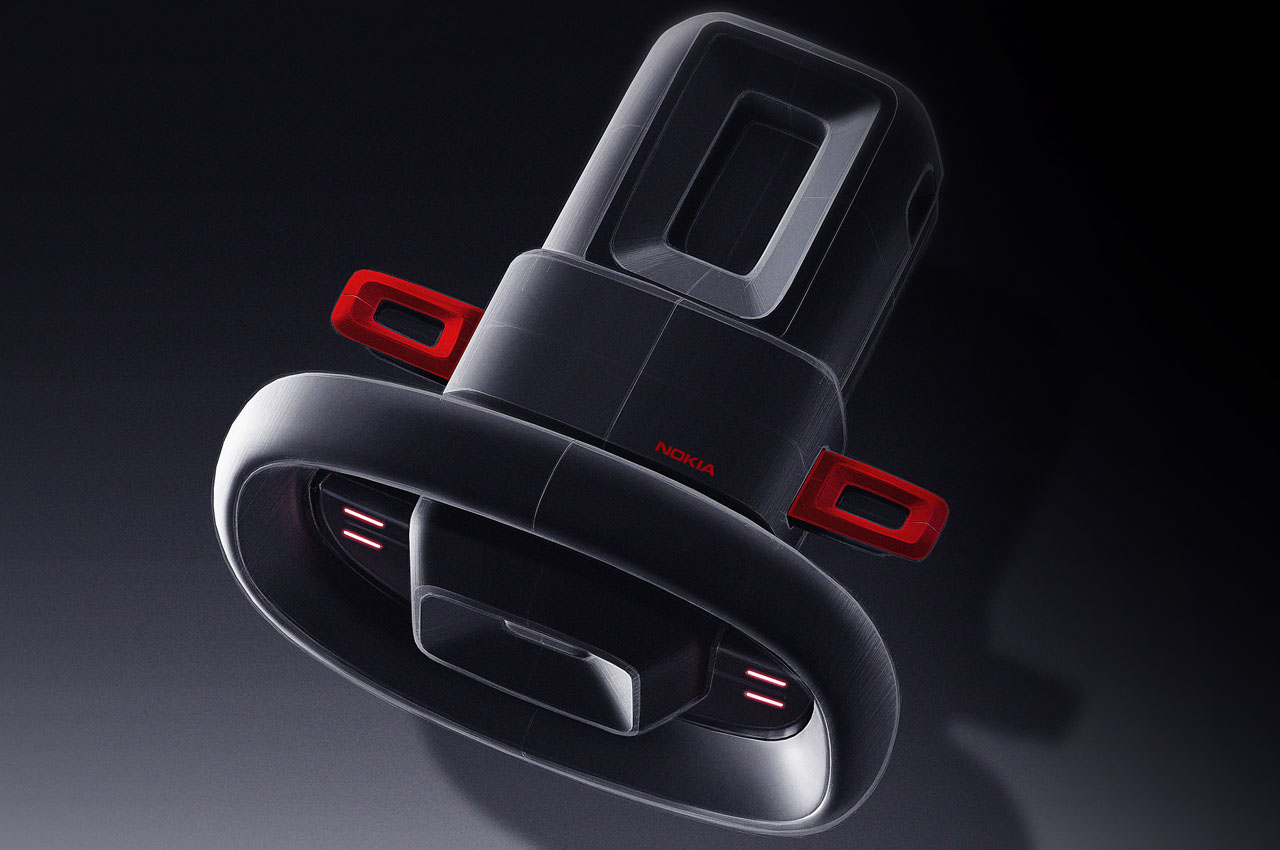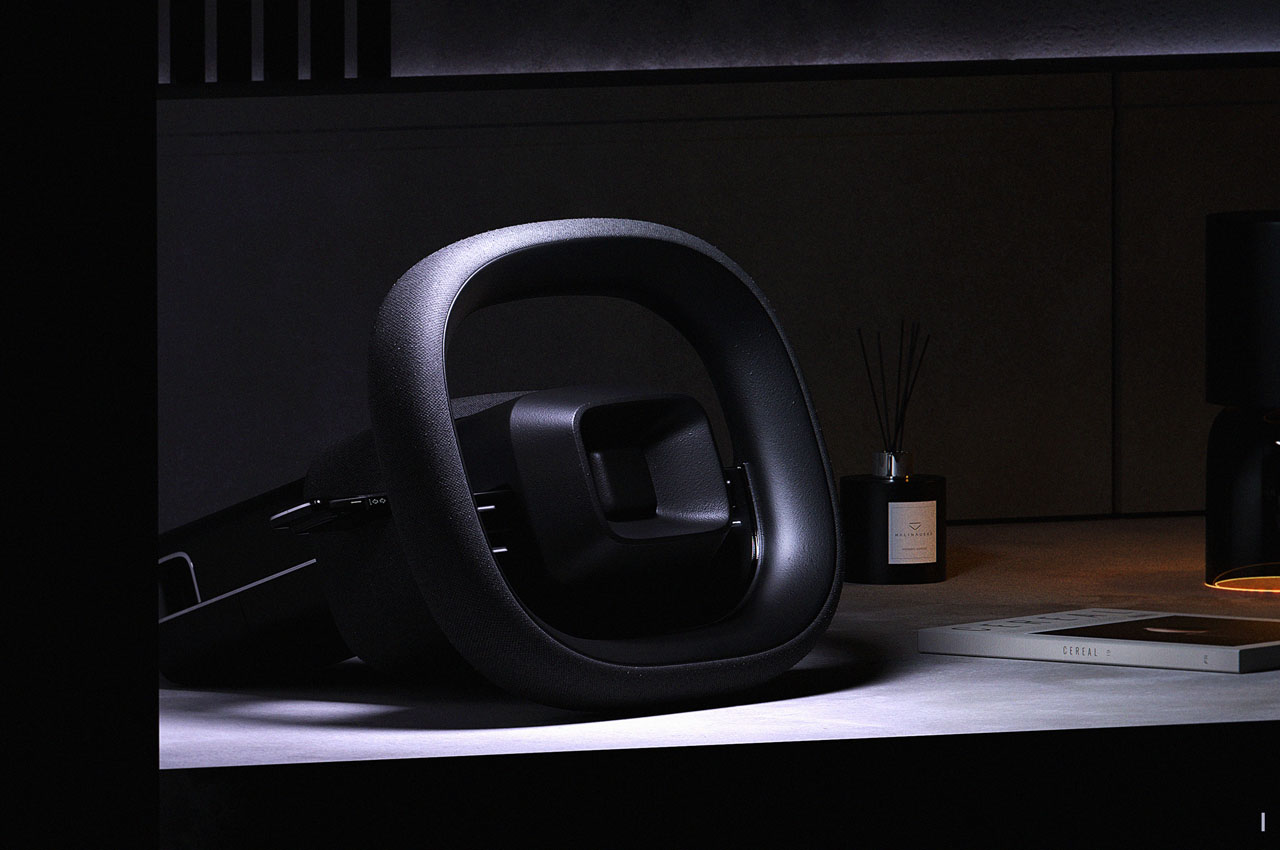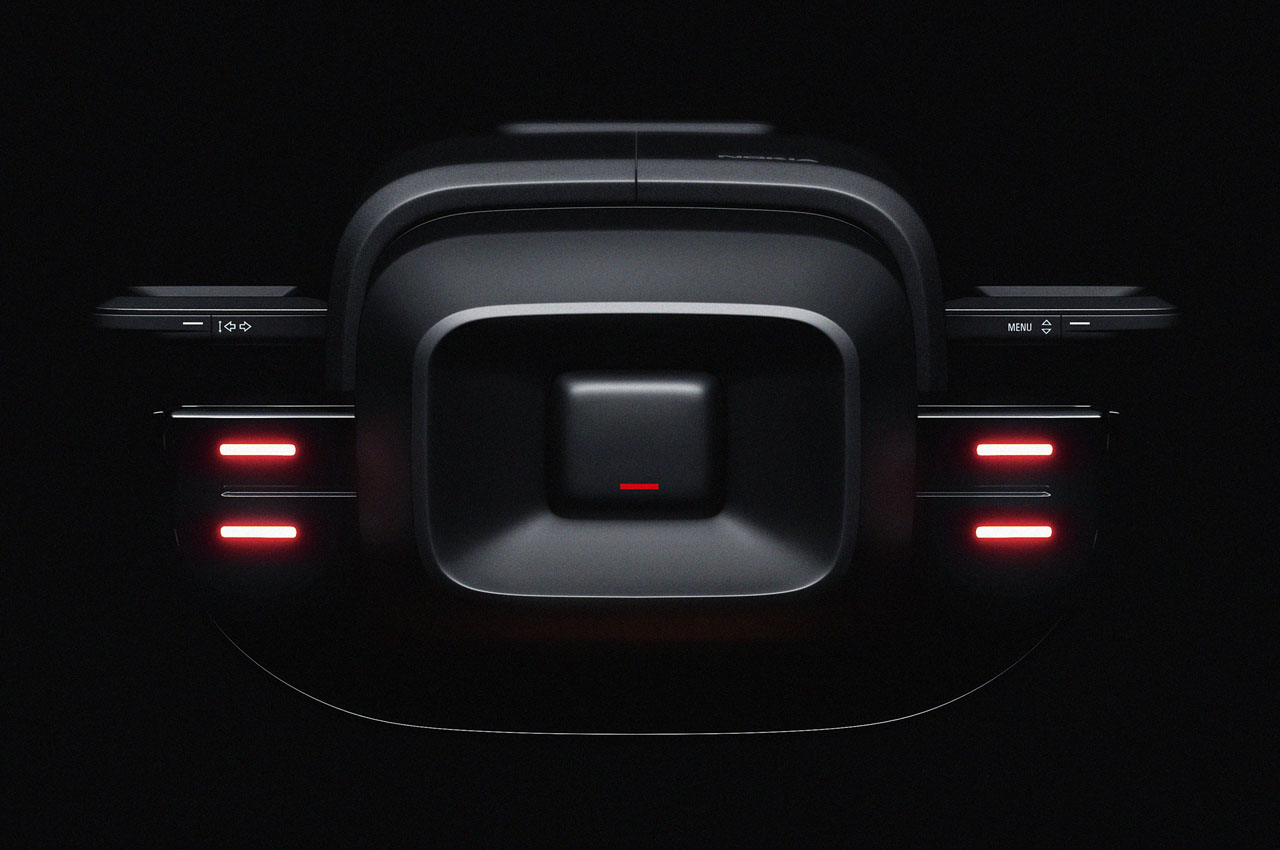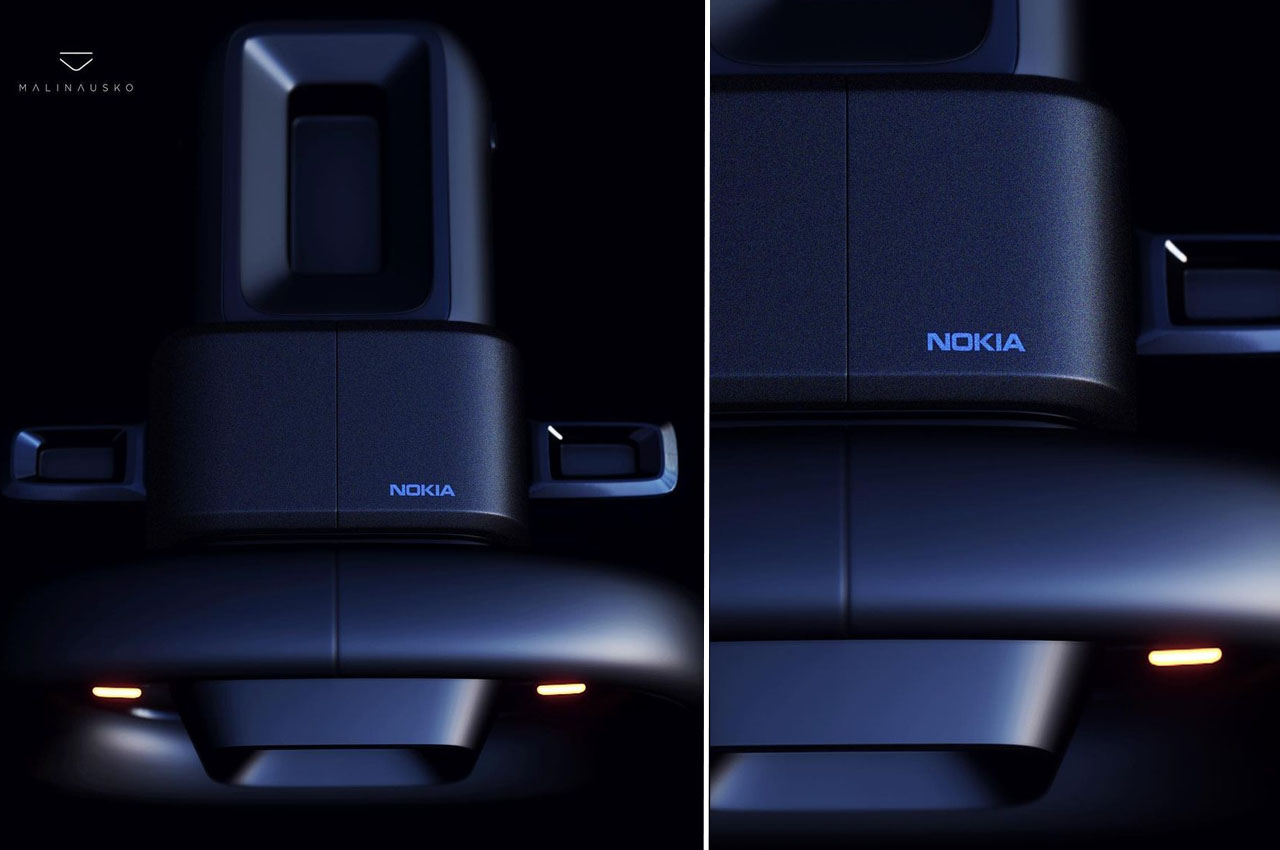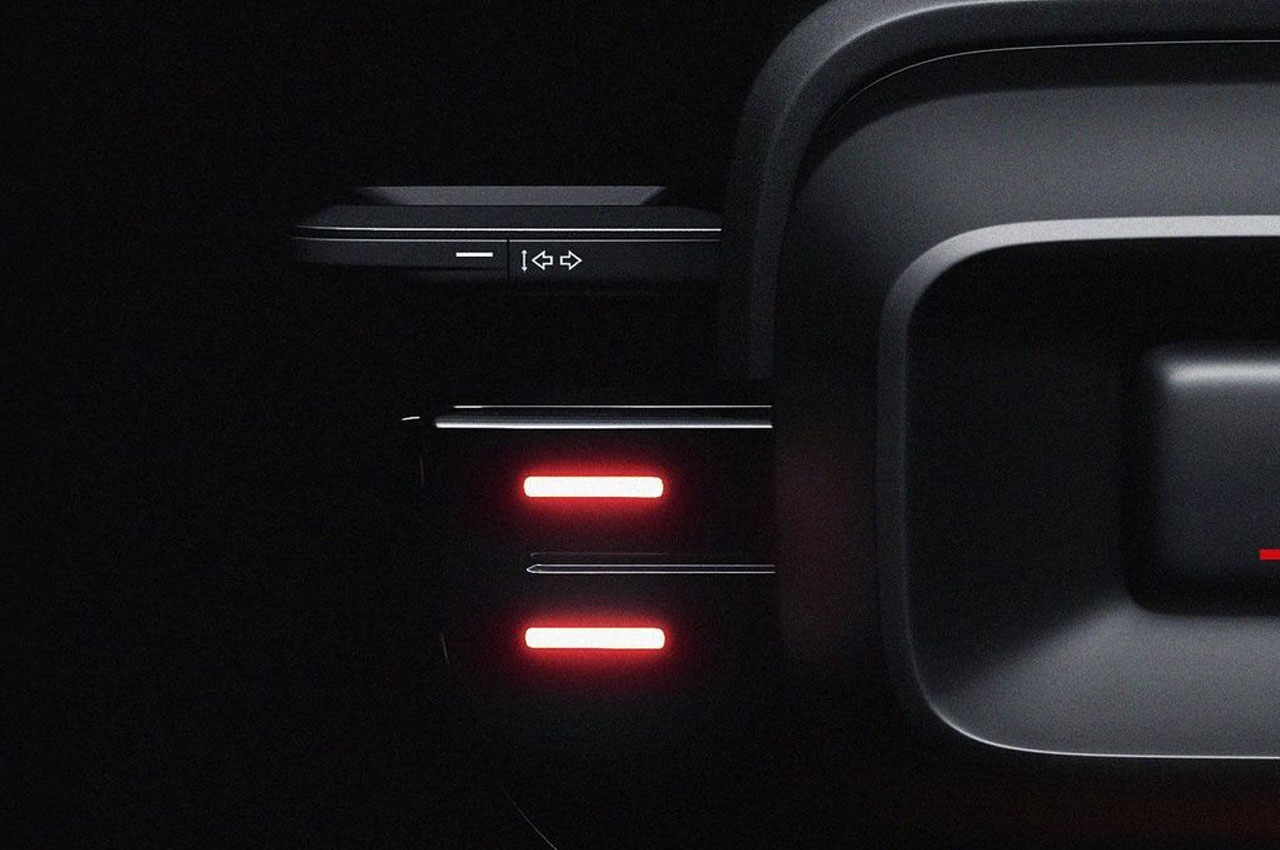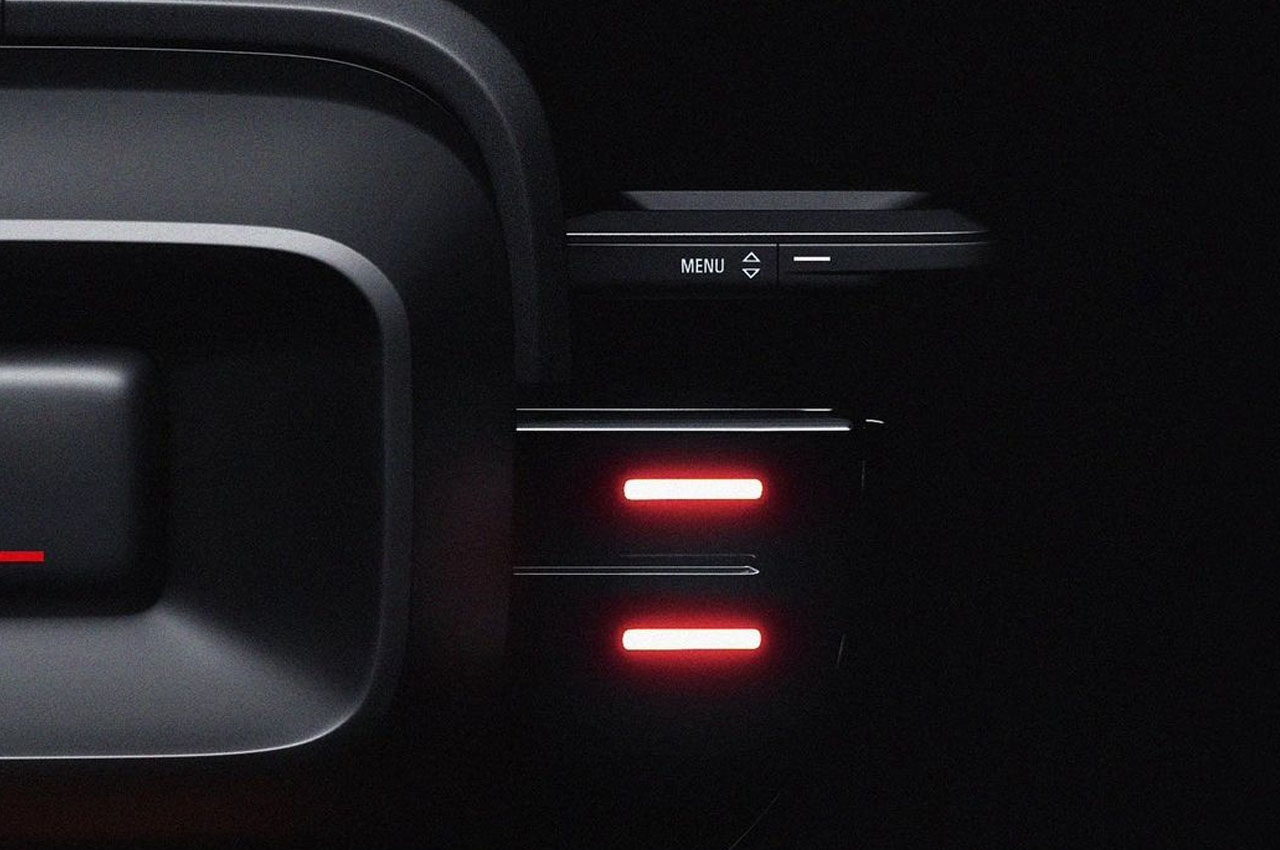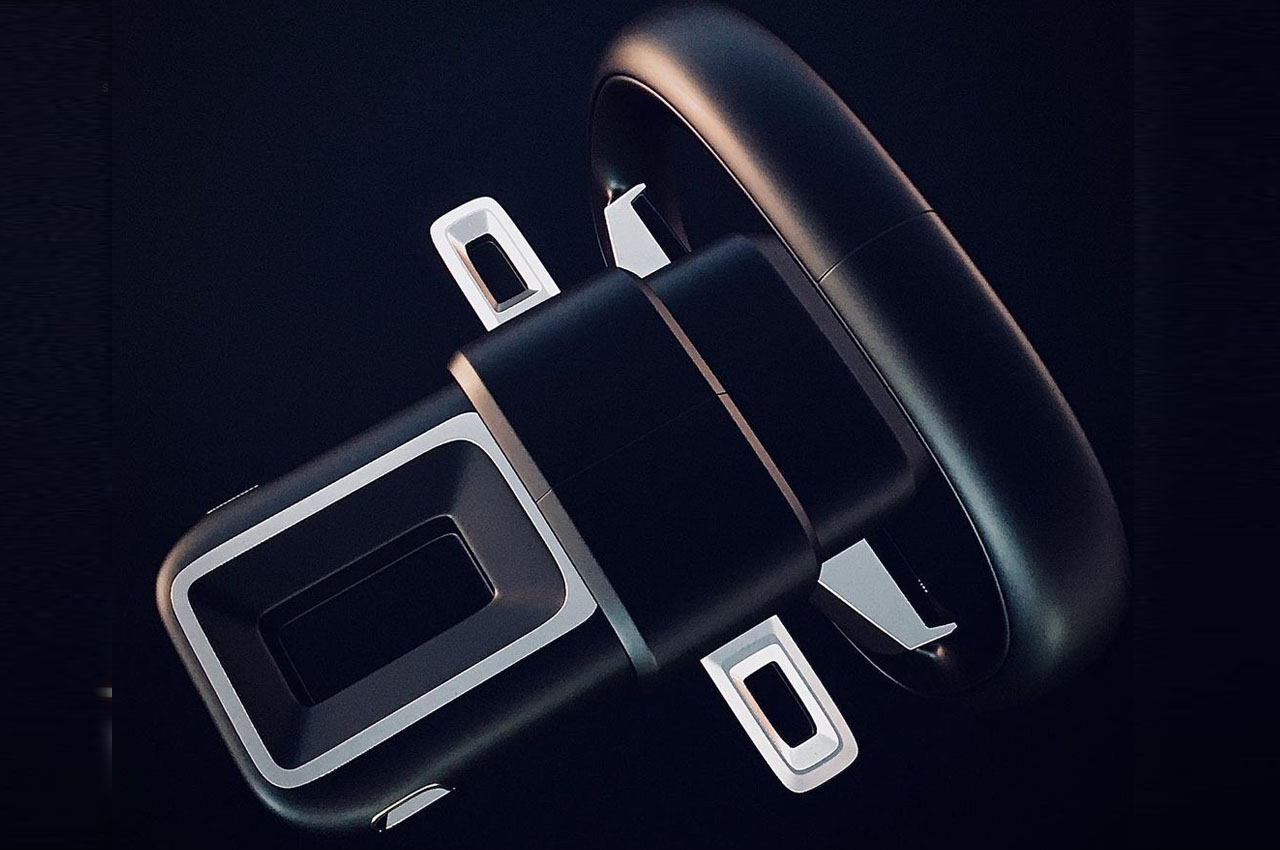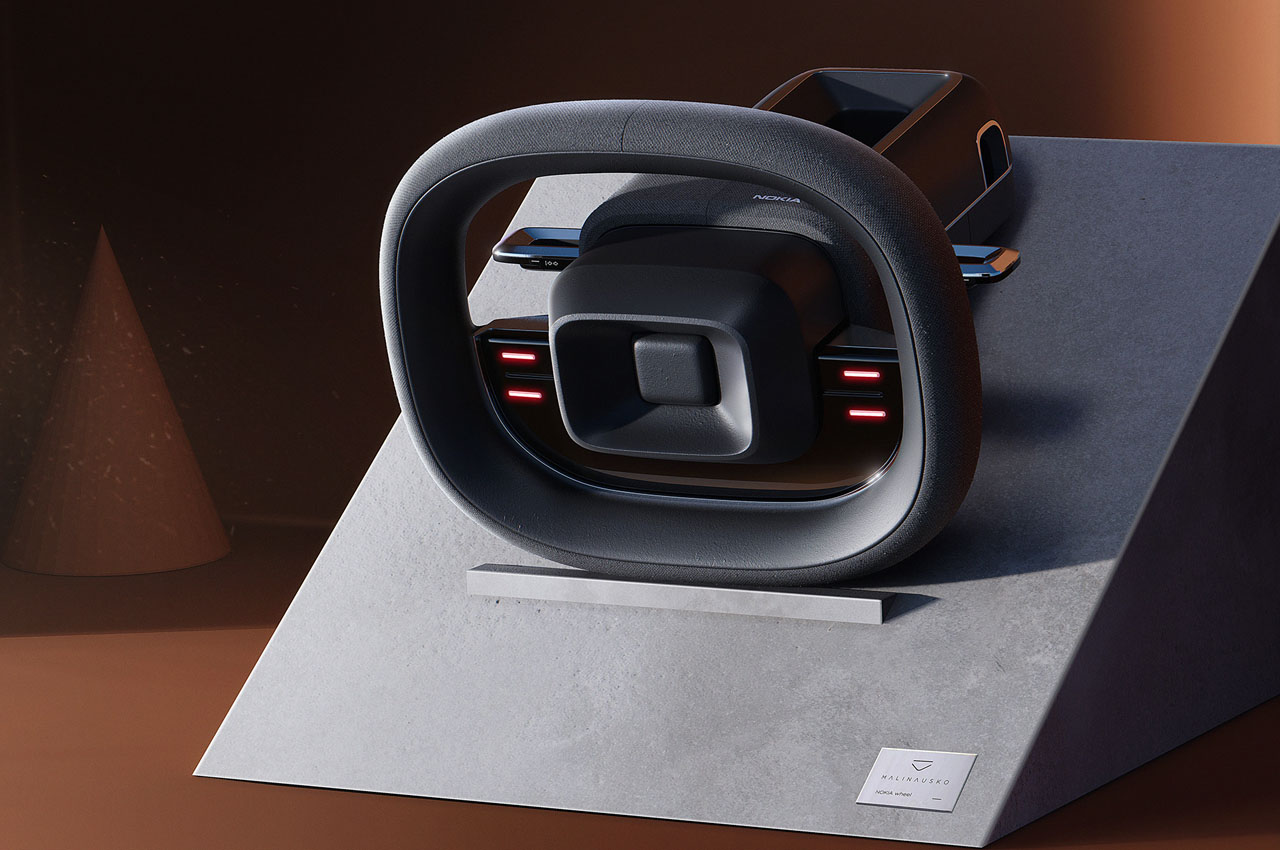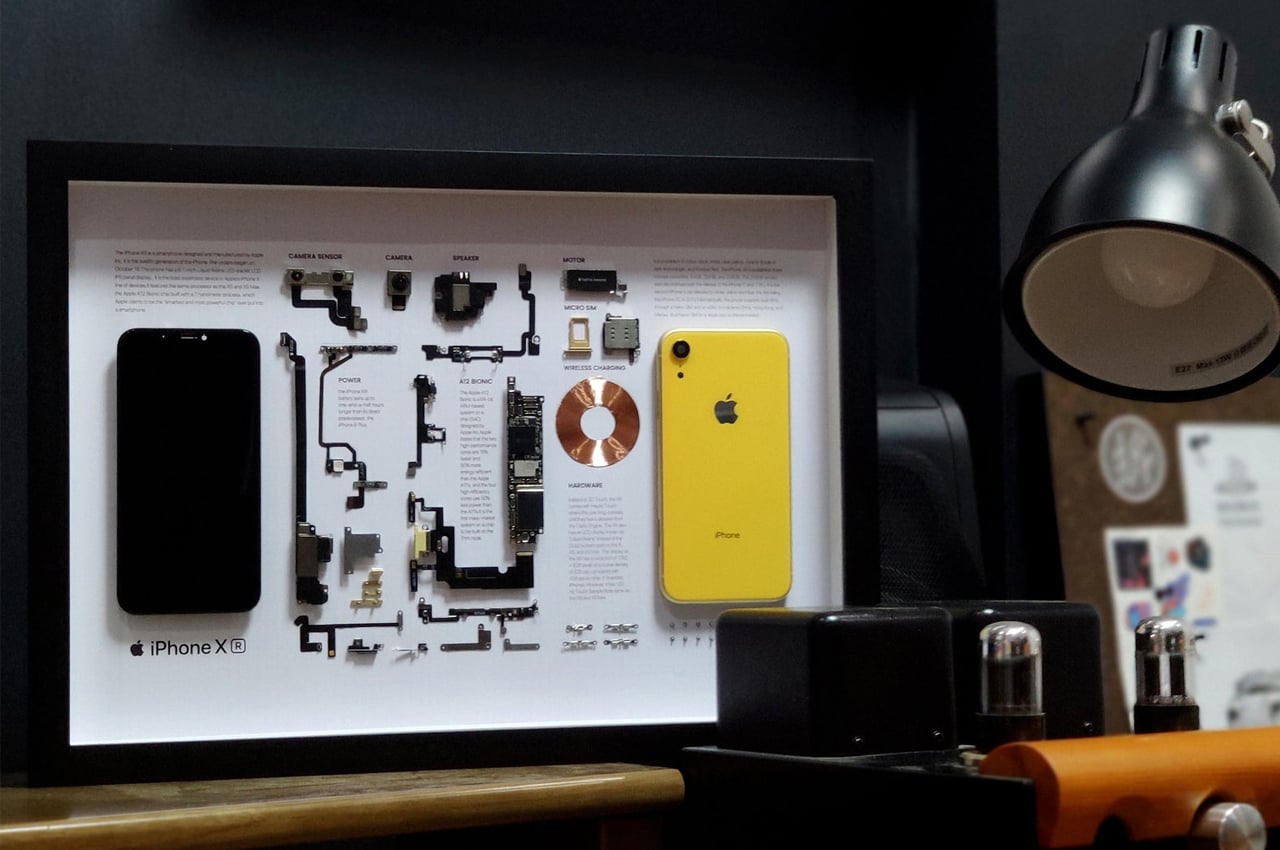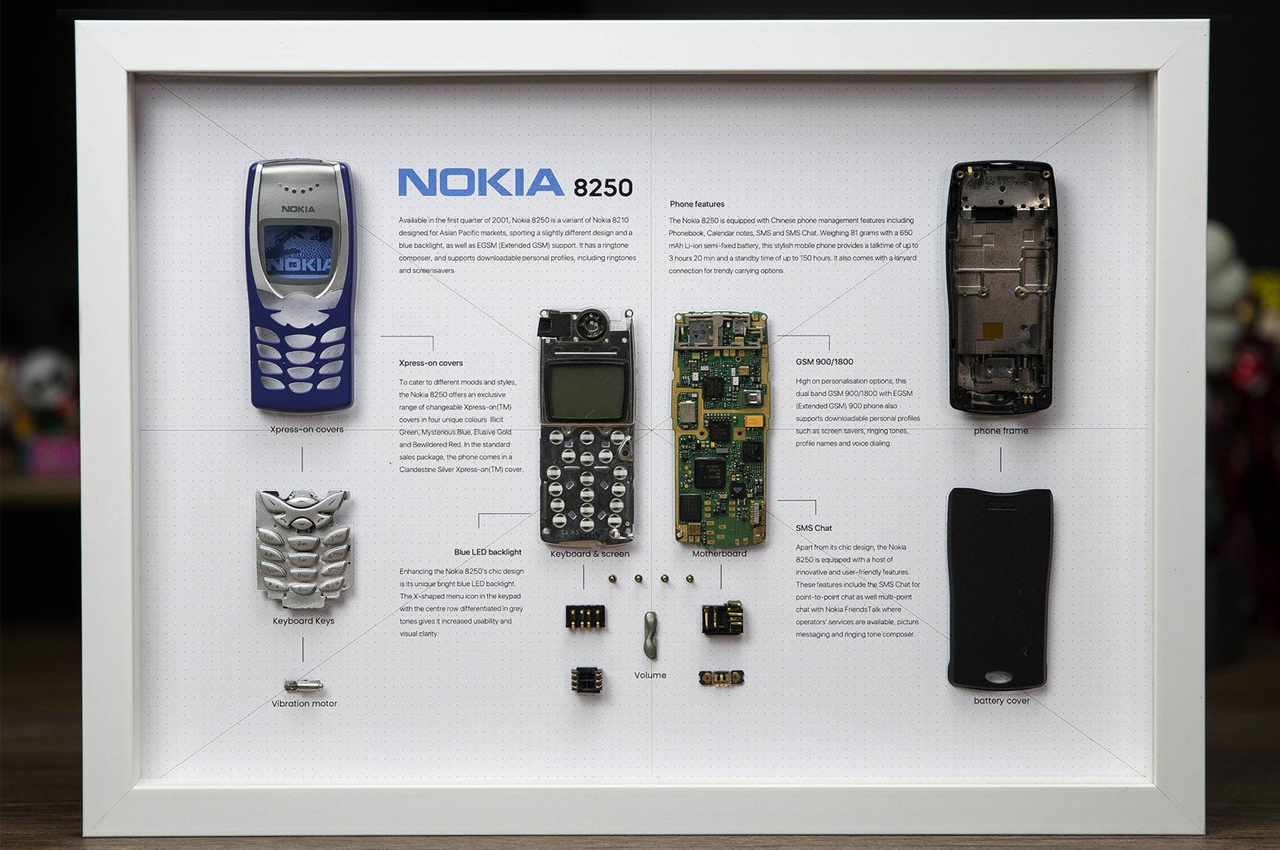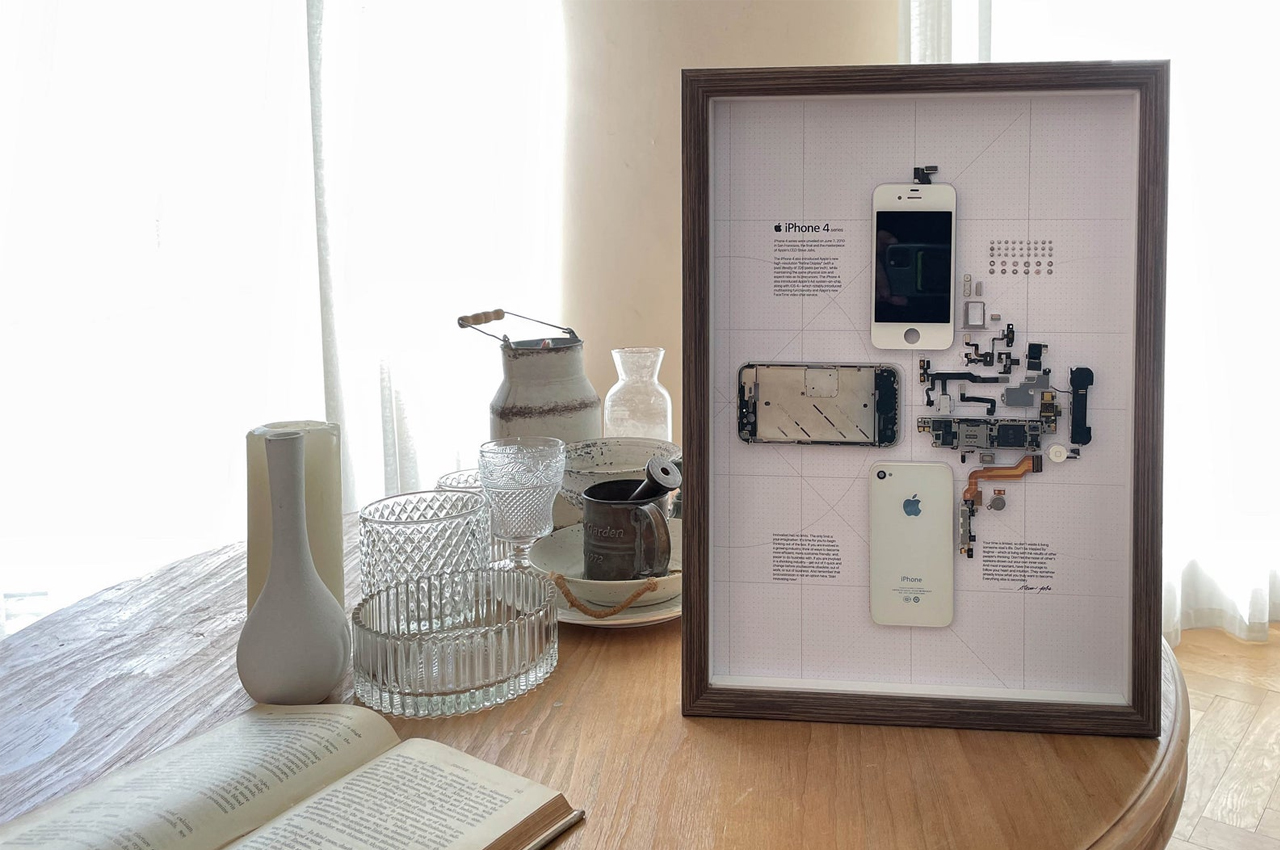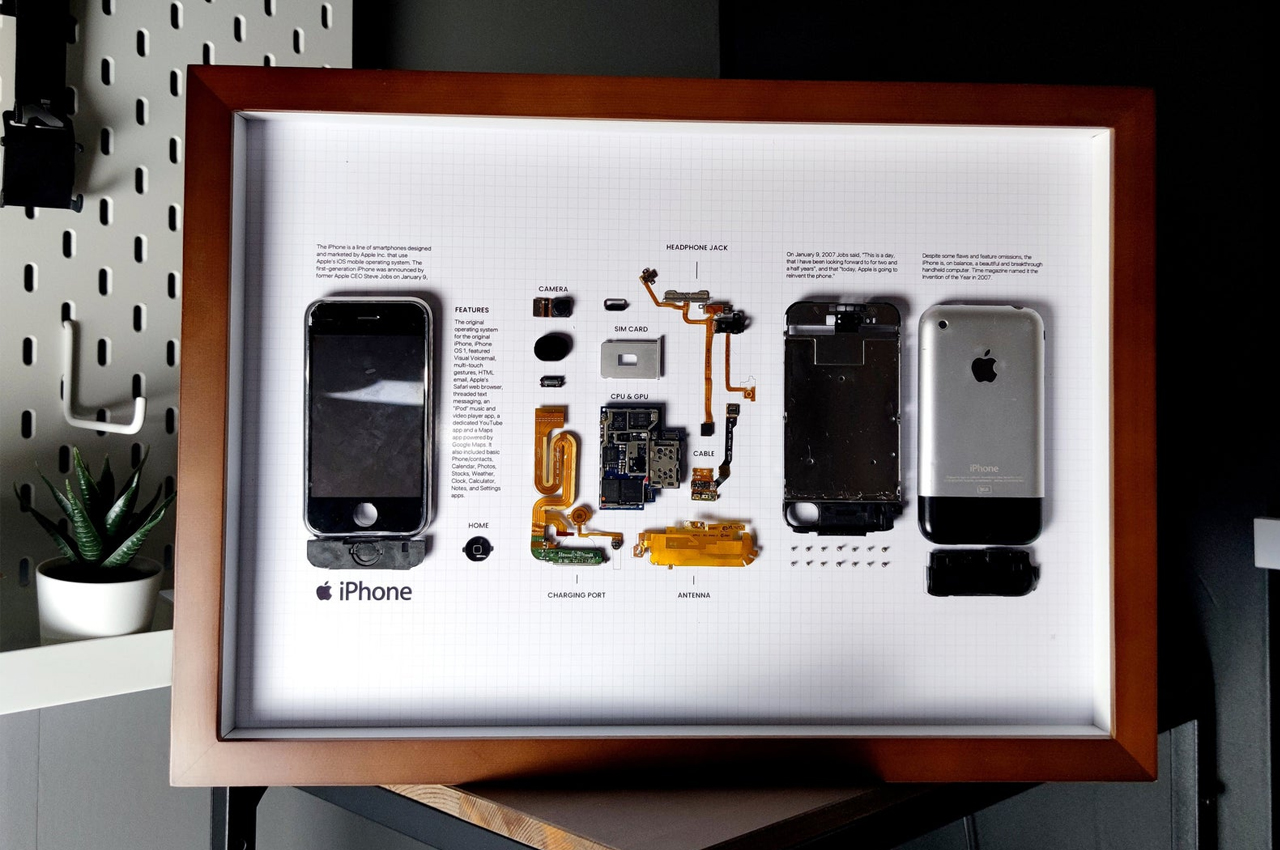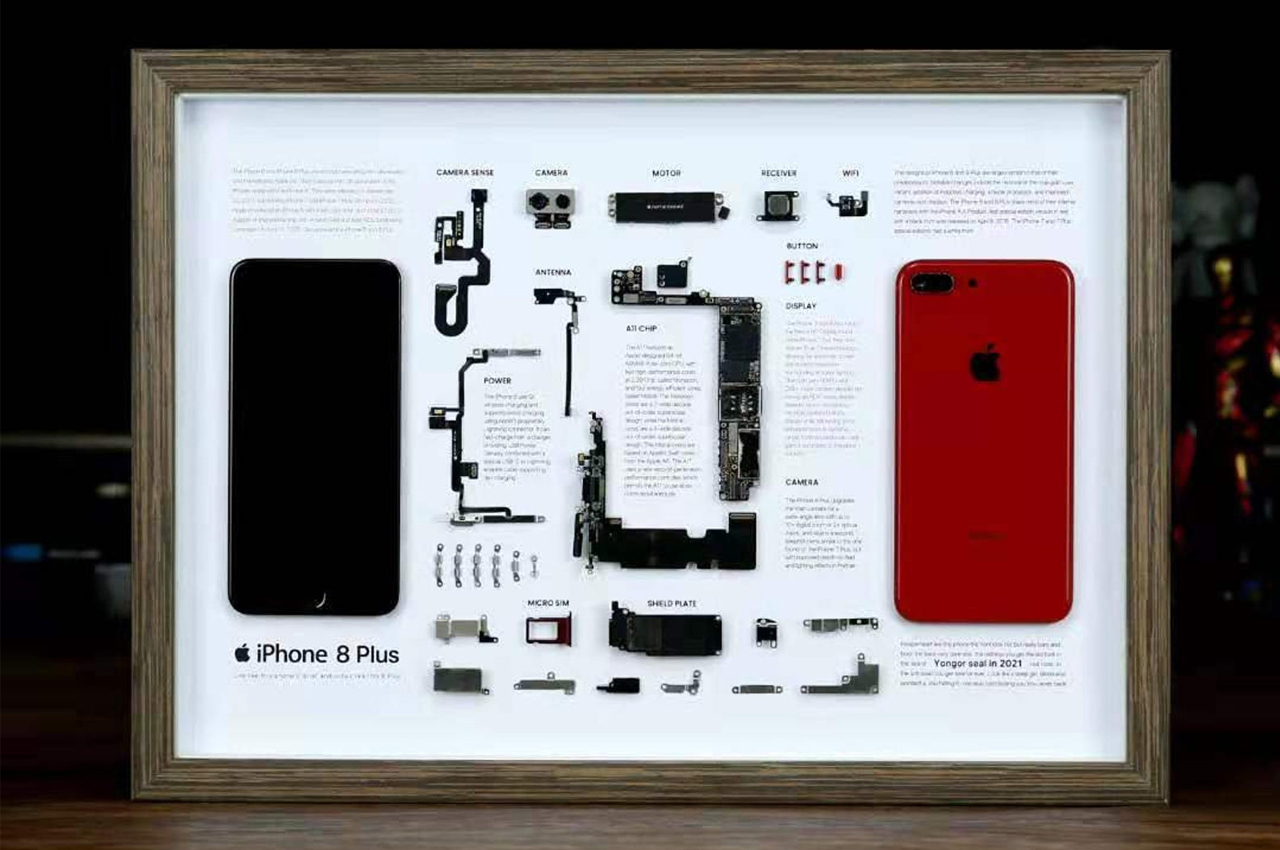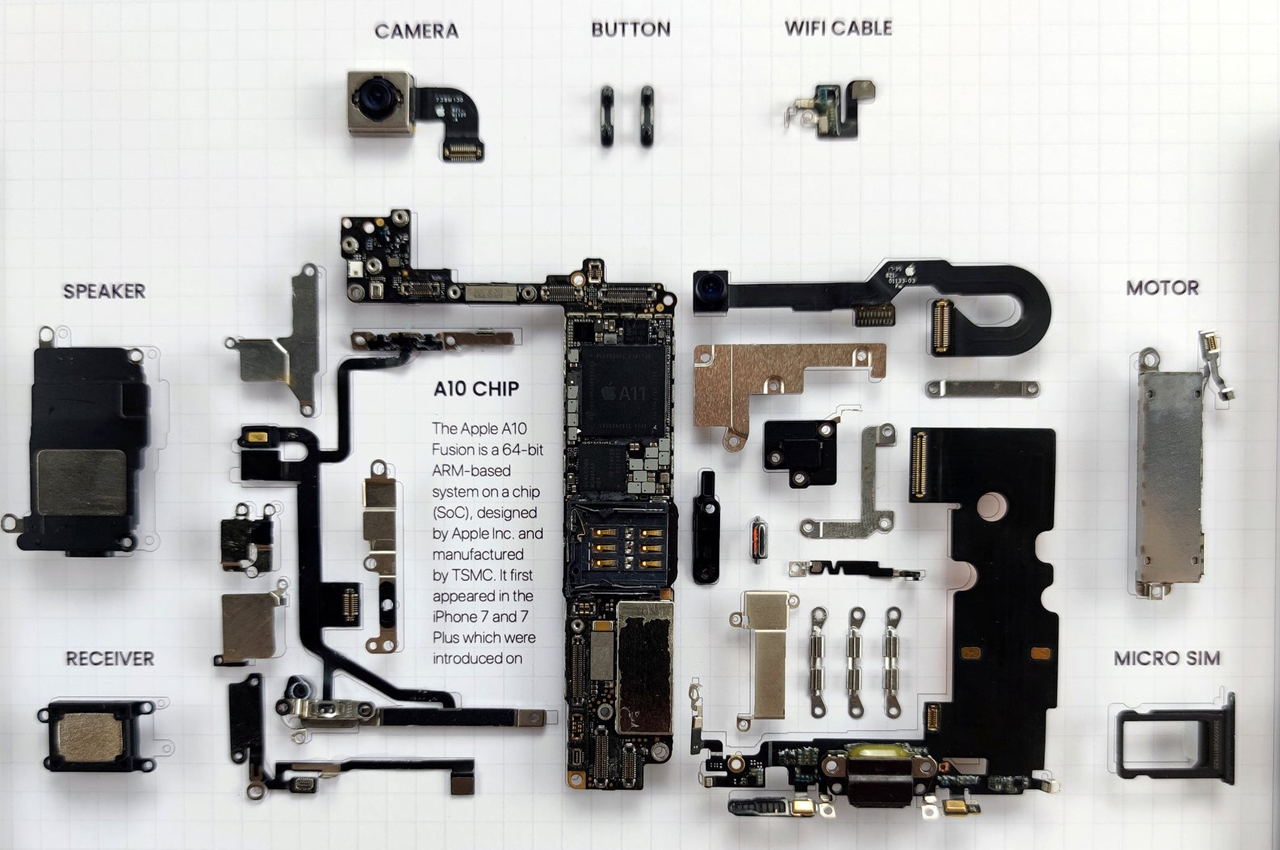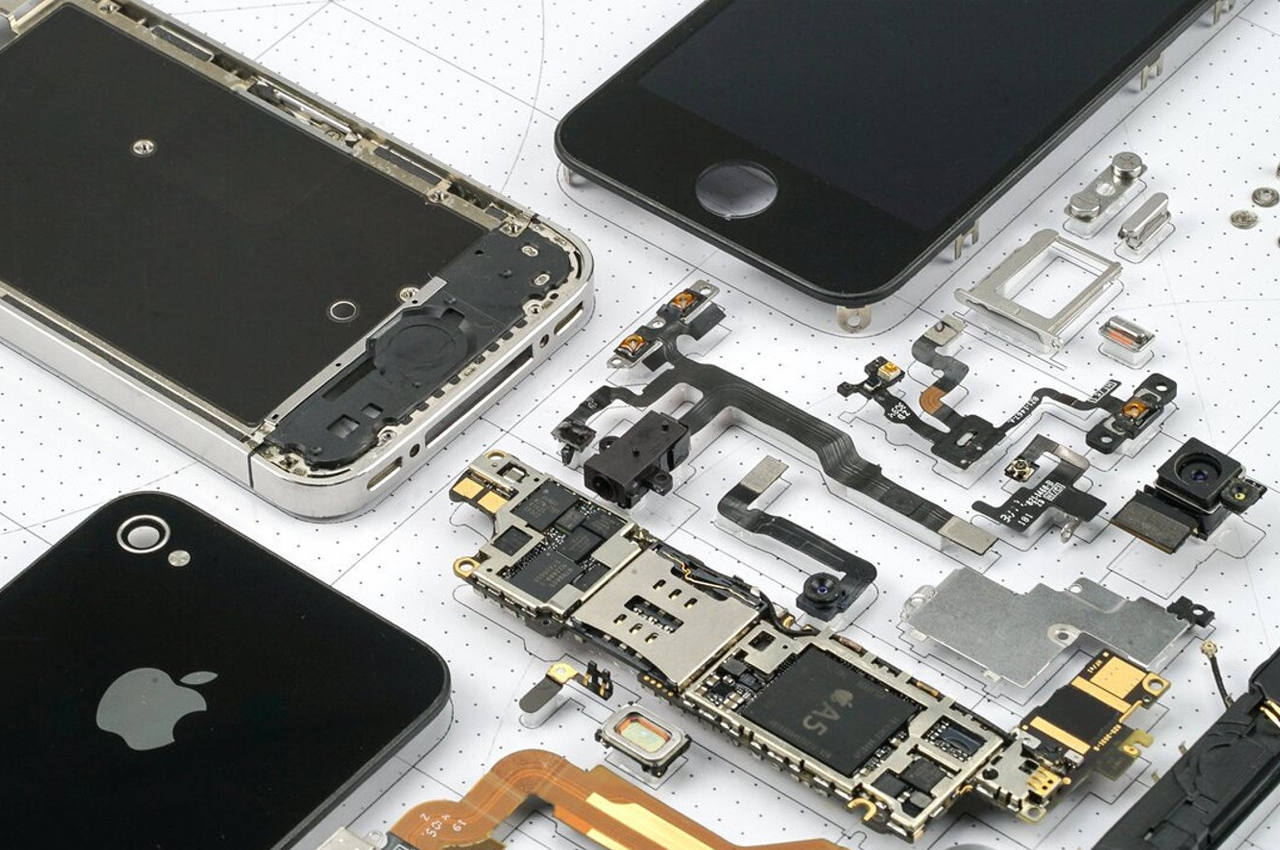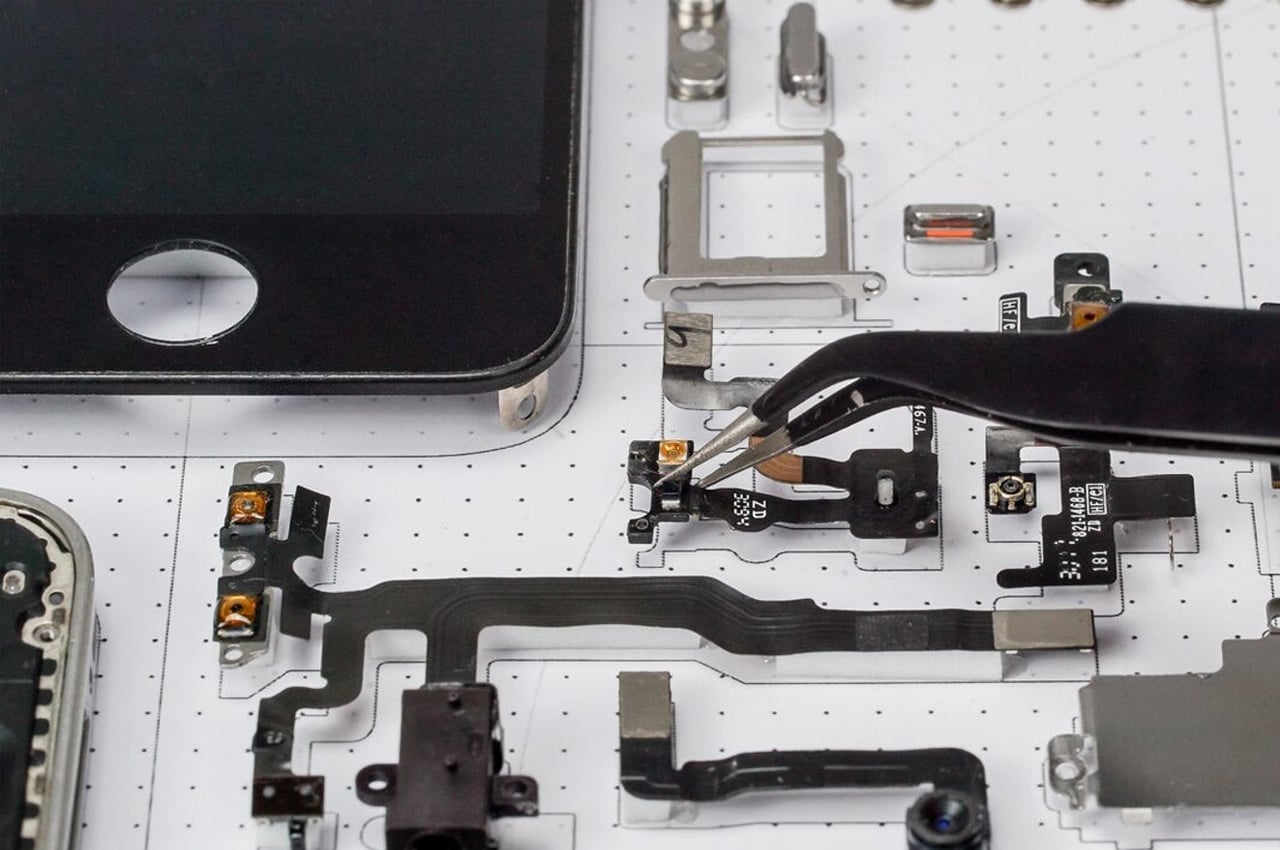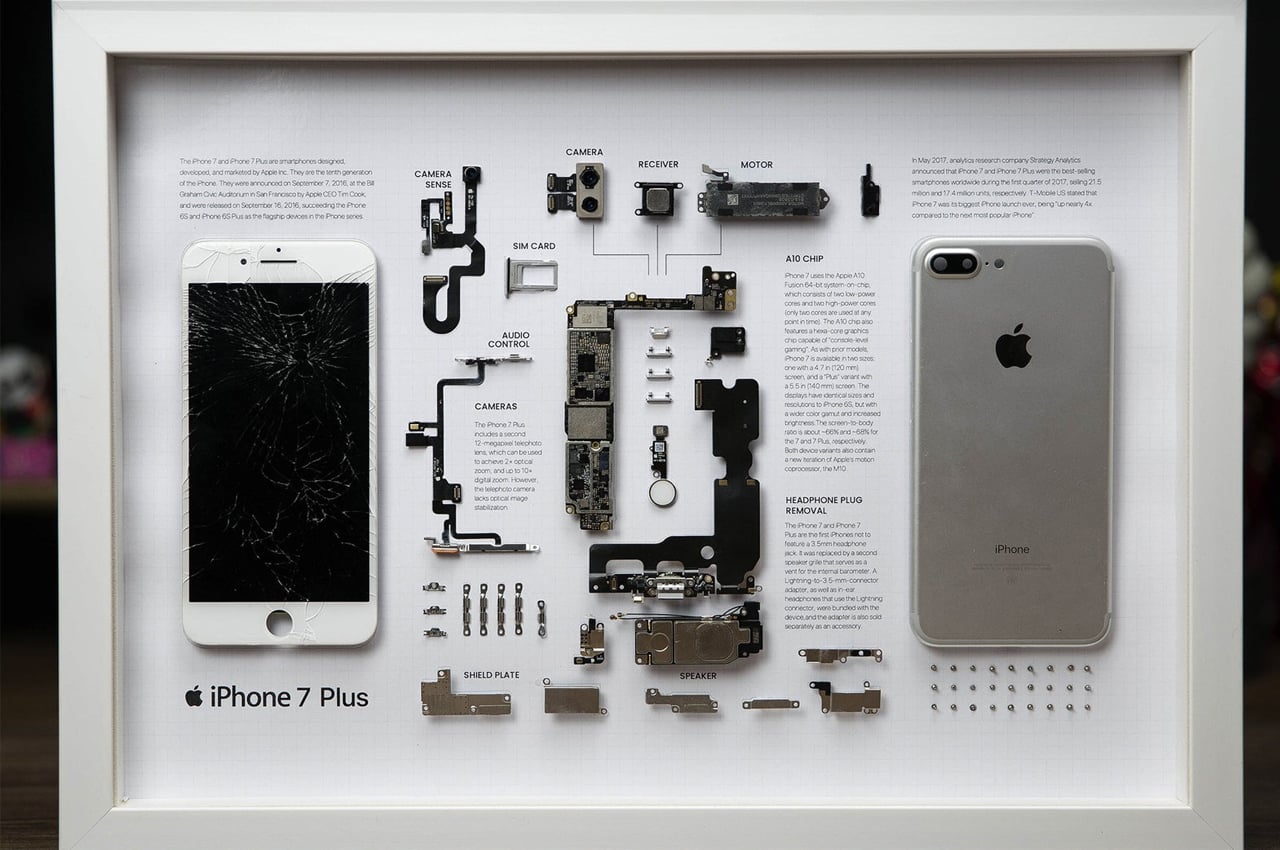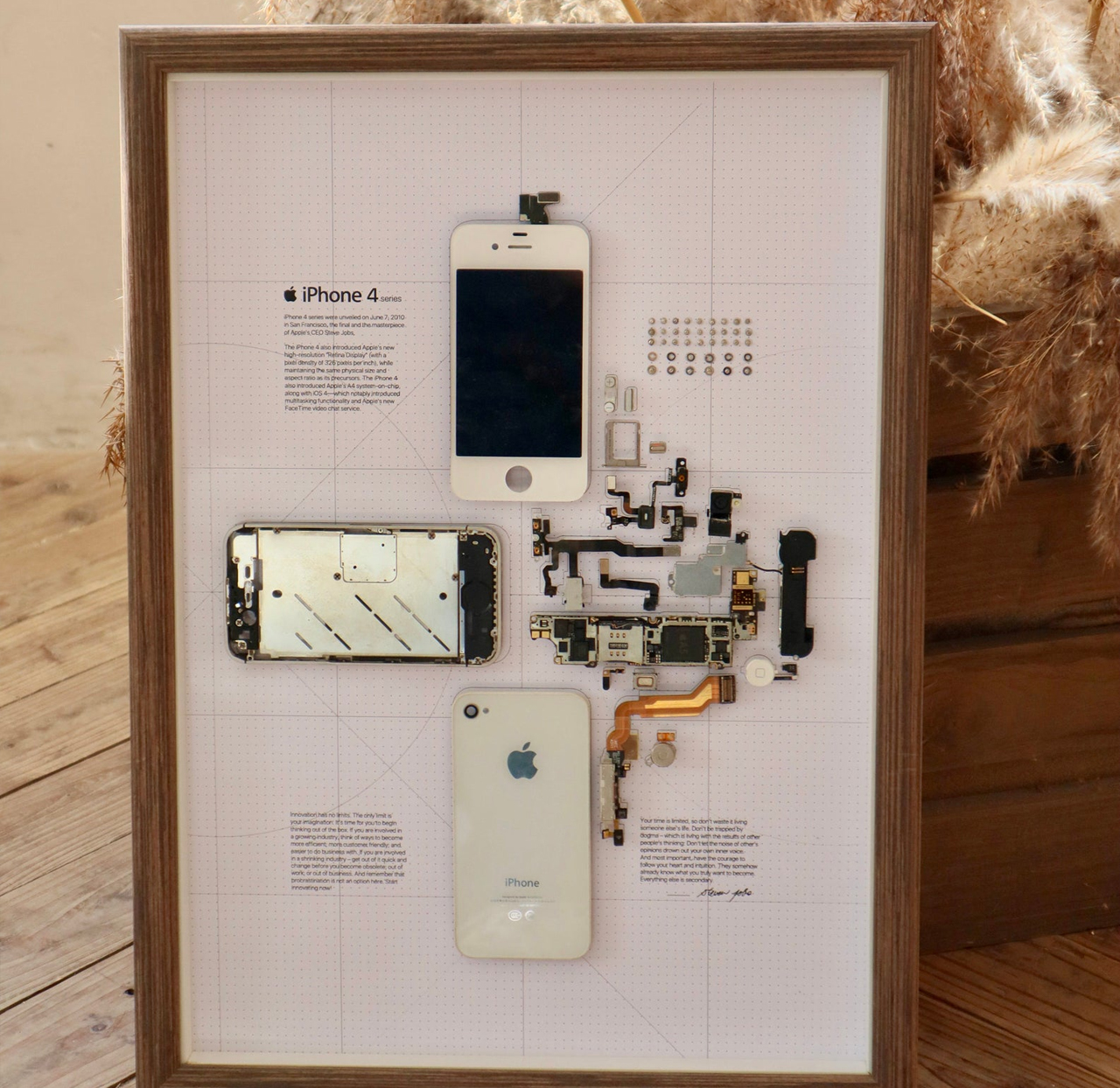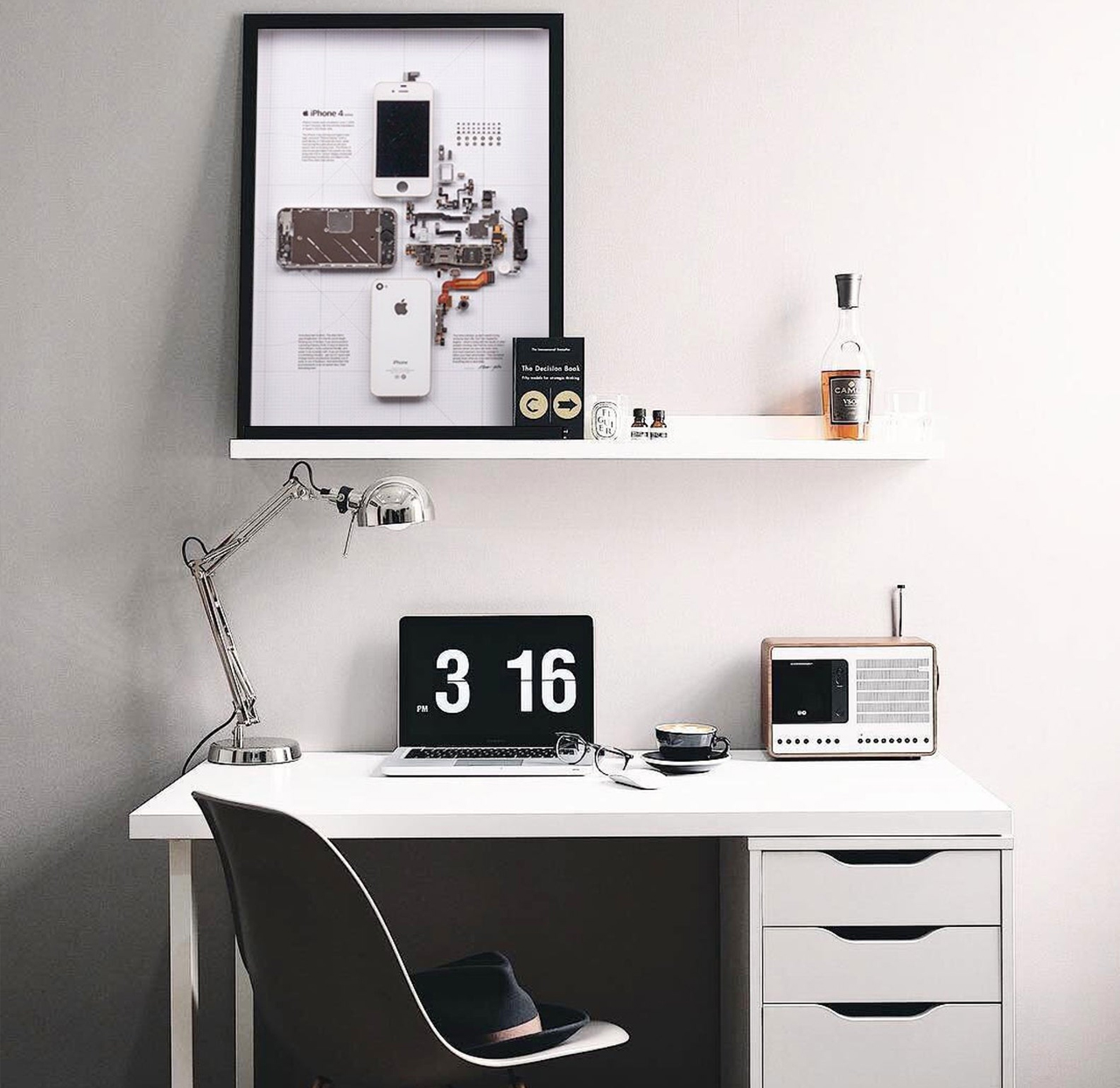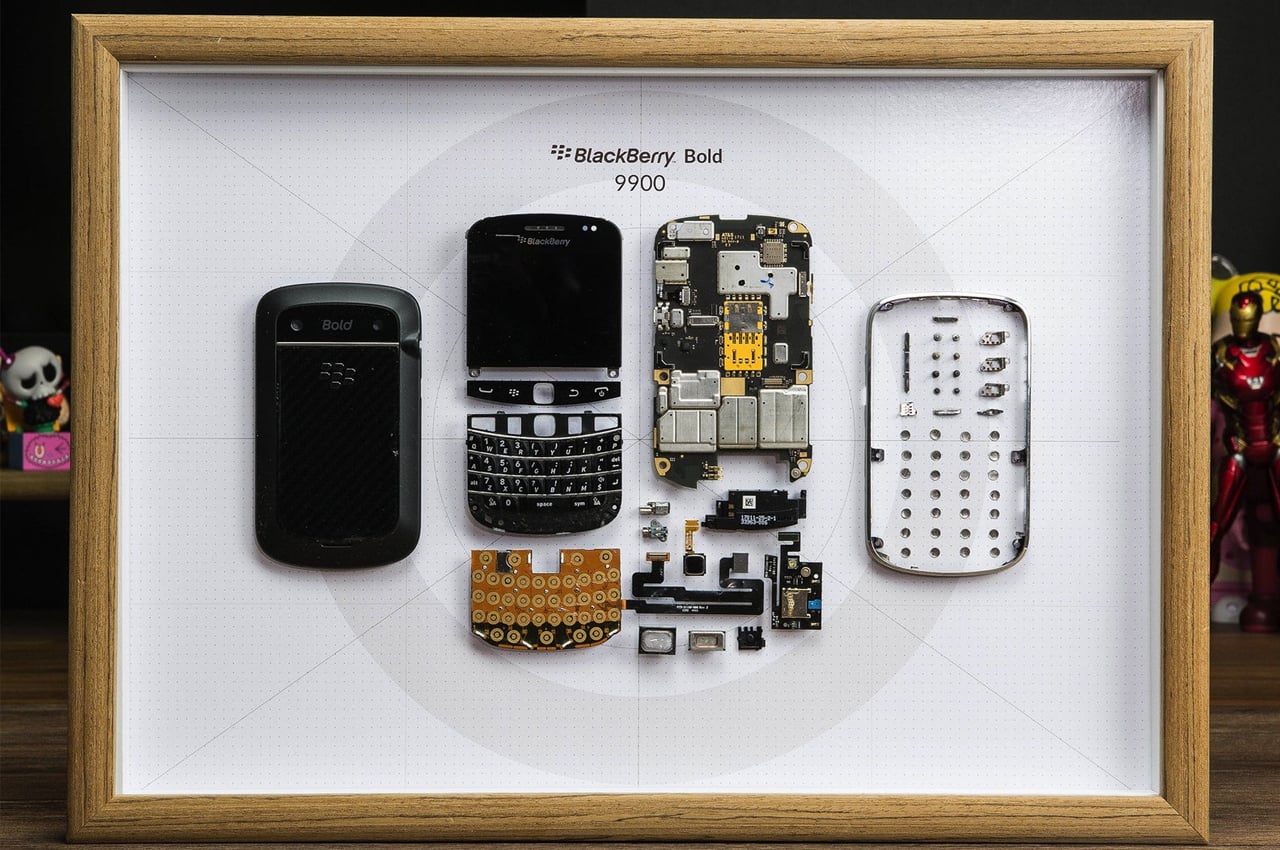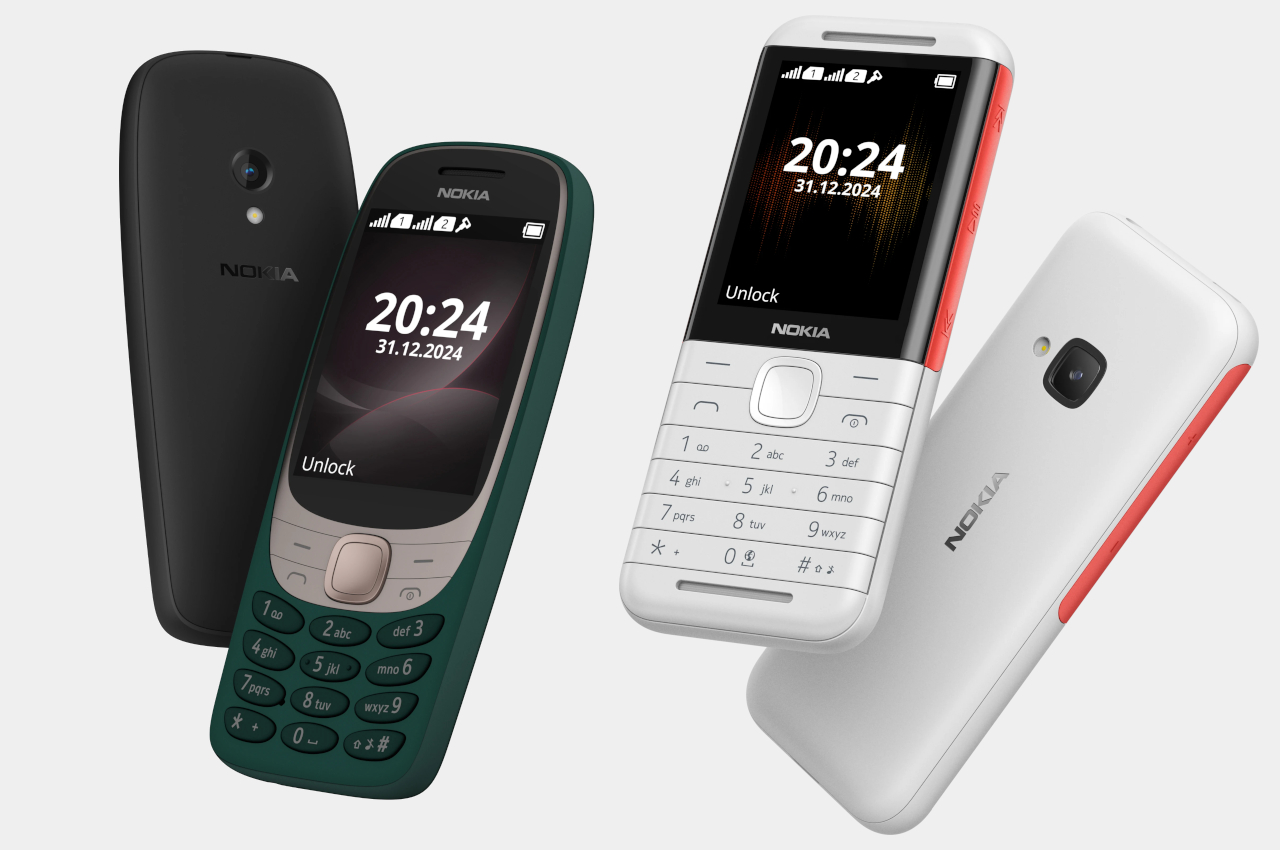
As powerful as our smartphones might be, it’s hard to deny that they can also be too powerful for their own good. They can do almost anything these days, which unfortunately also means they can be sources of any and all kinds of distractions. Not everyone needs all those capabilities, especially people who just need to make calls and send text messages via good ol’ SMS technology. Unfortunately, even the most basic smartphone can still tempt them with social media pings and Web browsing rabbit holes, while the newer crop of minimalist smartphones does promise fewer distractions but at the price of, well, their price tag. Sometimes, what you need is a non-smart smartphone, in other words, a feature or “dumb” phone, which is what the two latest Nokia-branded devices are trying to offer, blending nostalgic design with relatively more modern features.
Designer: HMD Global
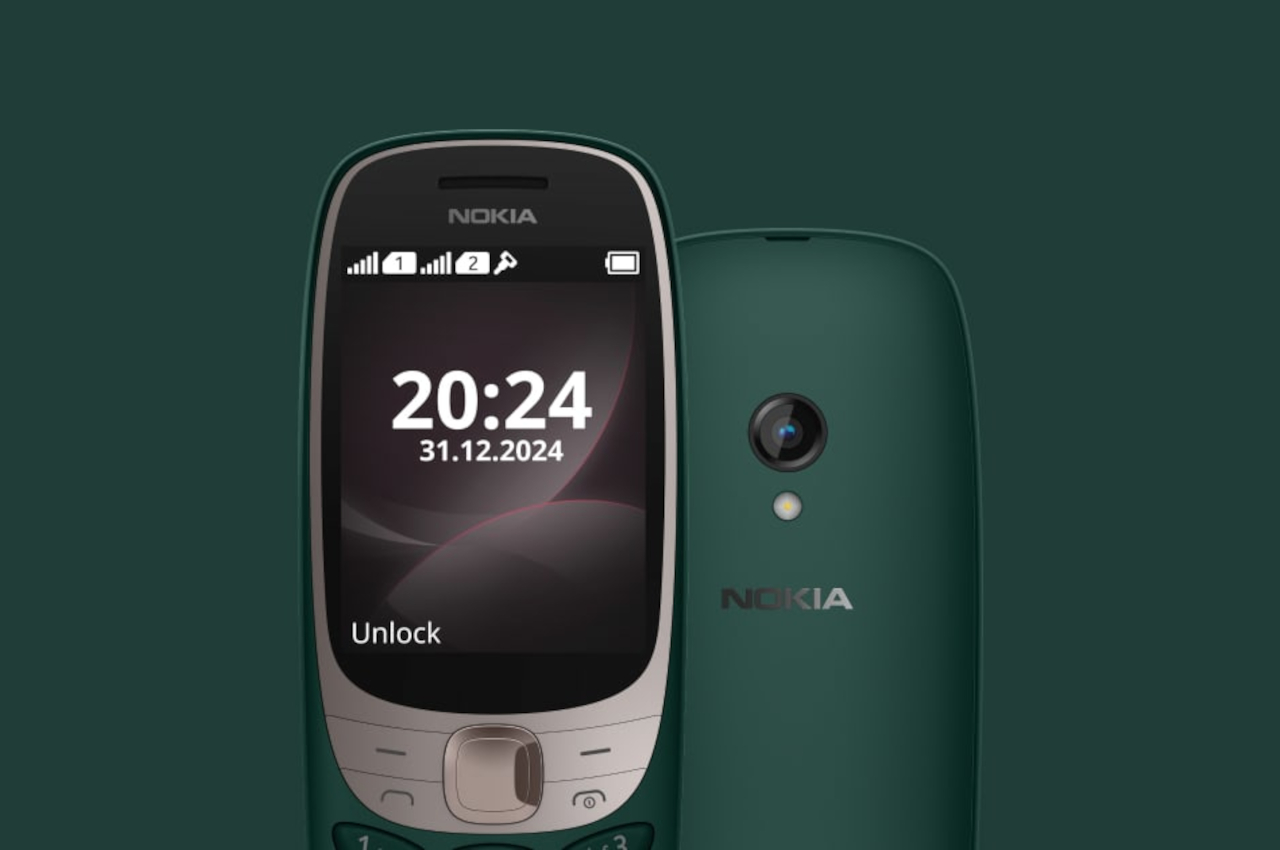
Before it quit the mobile market, Nokia was pretty much the king of mobile phones. It is notorious for flooding that market with innumerable and often confusing designs, but, to its credit, it managed to appeal to almost every sector and niche with that same variety. Some of those designs have gone down in history as beloved icons of a time long gone, but HMD, licenses of the Nokia brand, has been reviving some of those, much to the delight of a few.
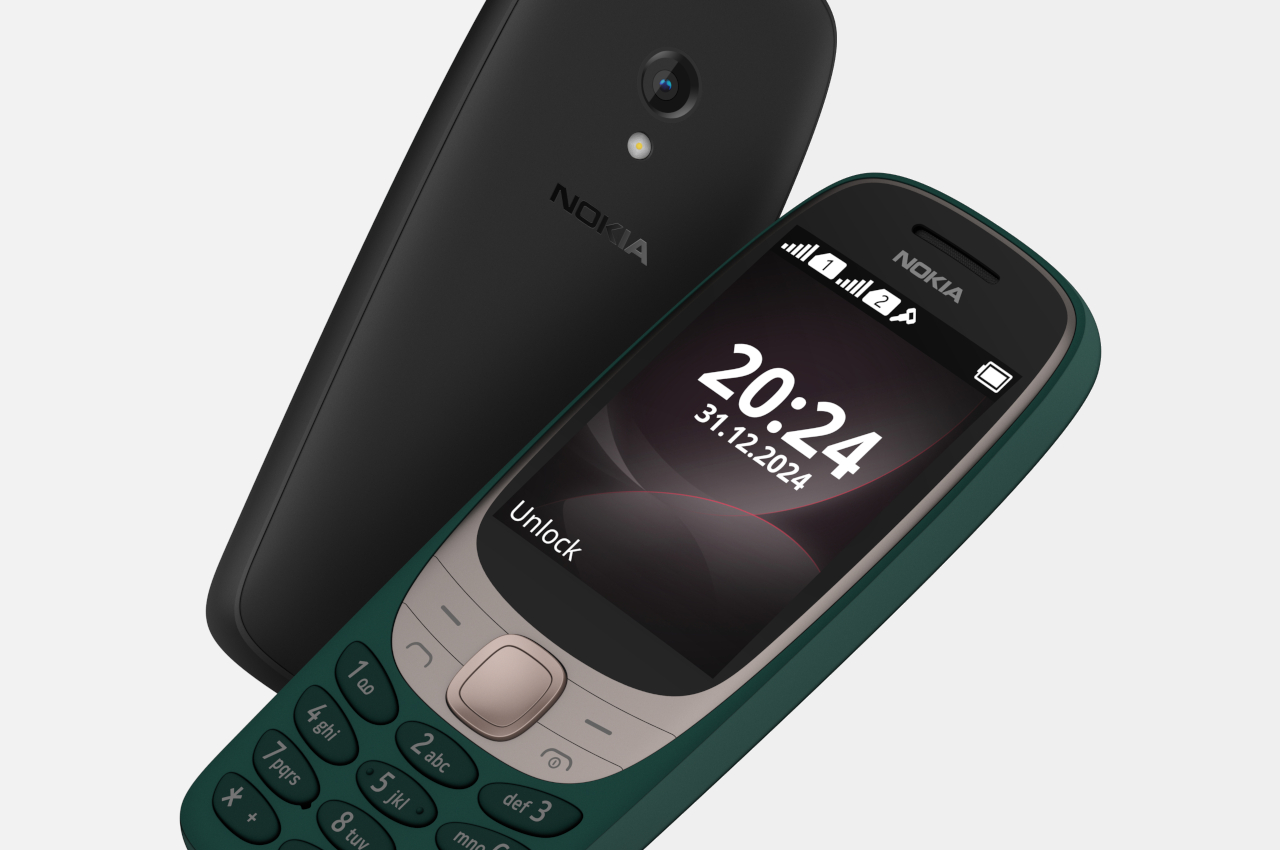
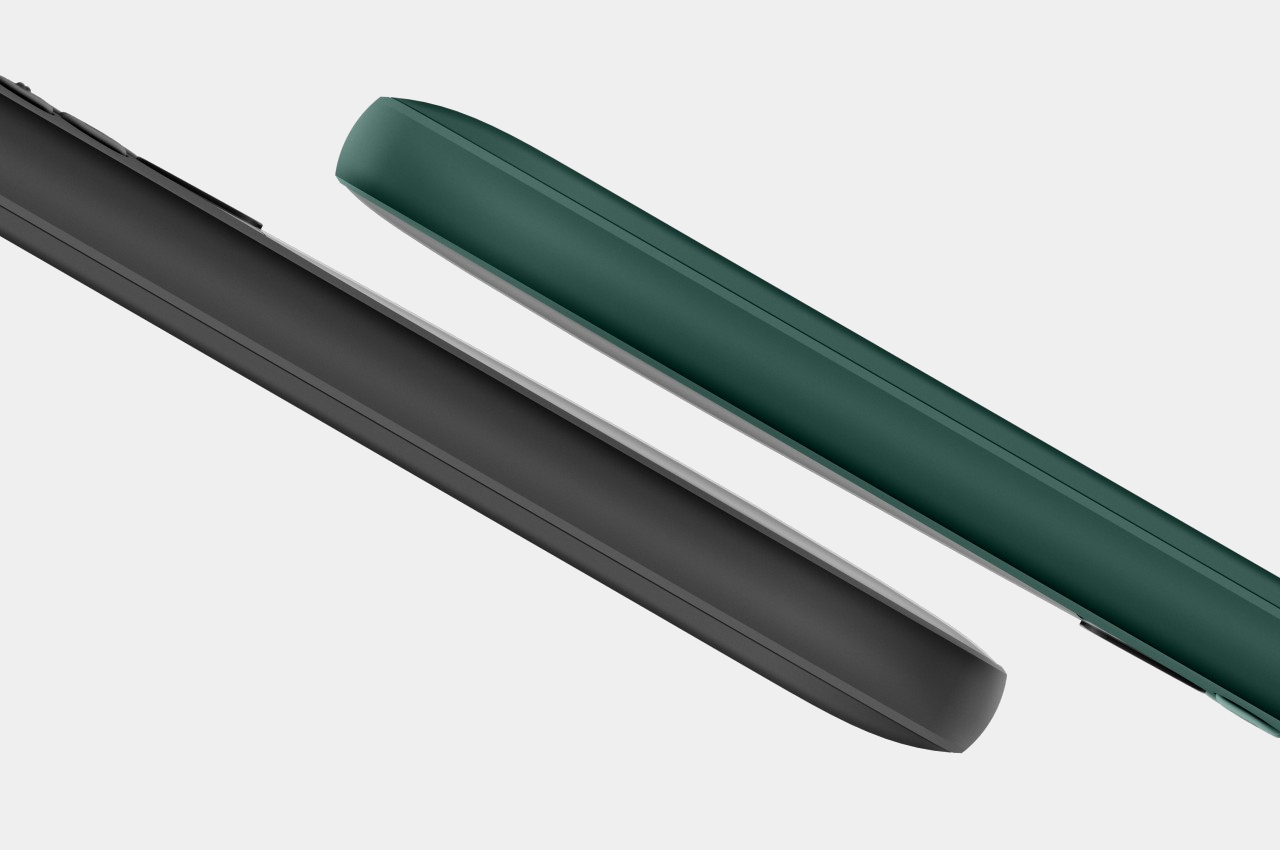
The Nokia 6310 (2024), for example, bears a soft, curved design that transcended genders and generations, offering a distinctive shape that is probably alien to today’s phone users. Make no mistake, this is as basic as phones can get, with a 2.8-inch QVGA (that’s 320×240 pixels) screen and a 0.3MP “VGA” camera on its back. That large screen and physical T9 keypad, however, are intentionally designed for better accessibility when it comes to reading and typing out text. This 2024 model differs from its predecessor from 2021 with a larger 1,450 mAh battery and a USB-C port that thankfully simplifies your charging life.
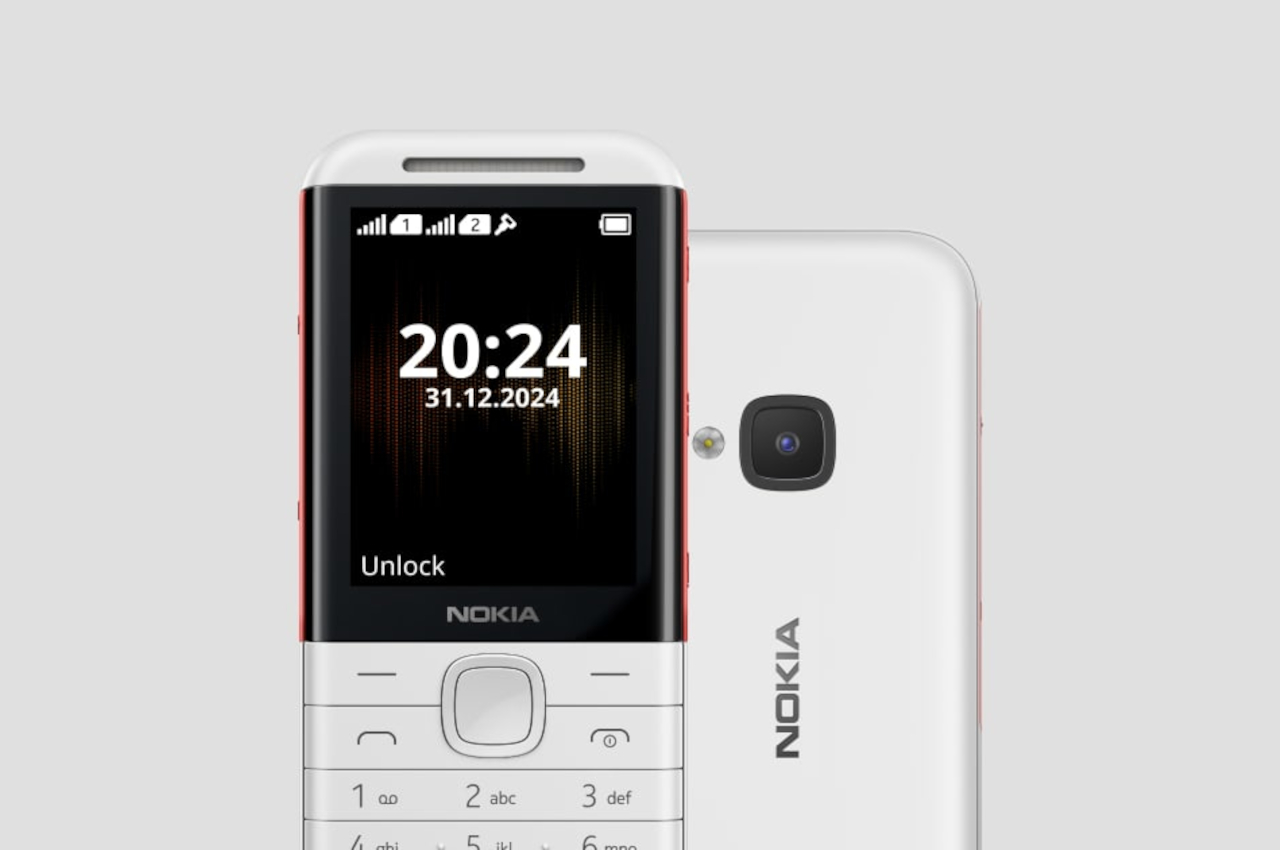
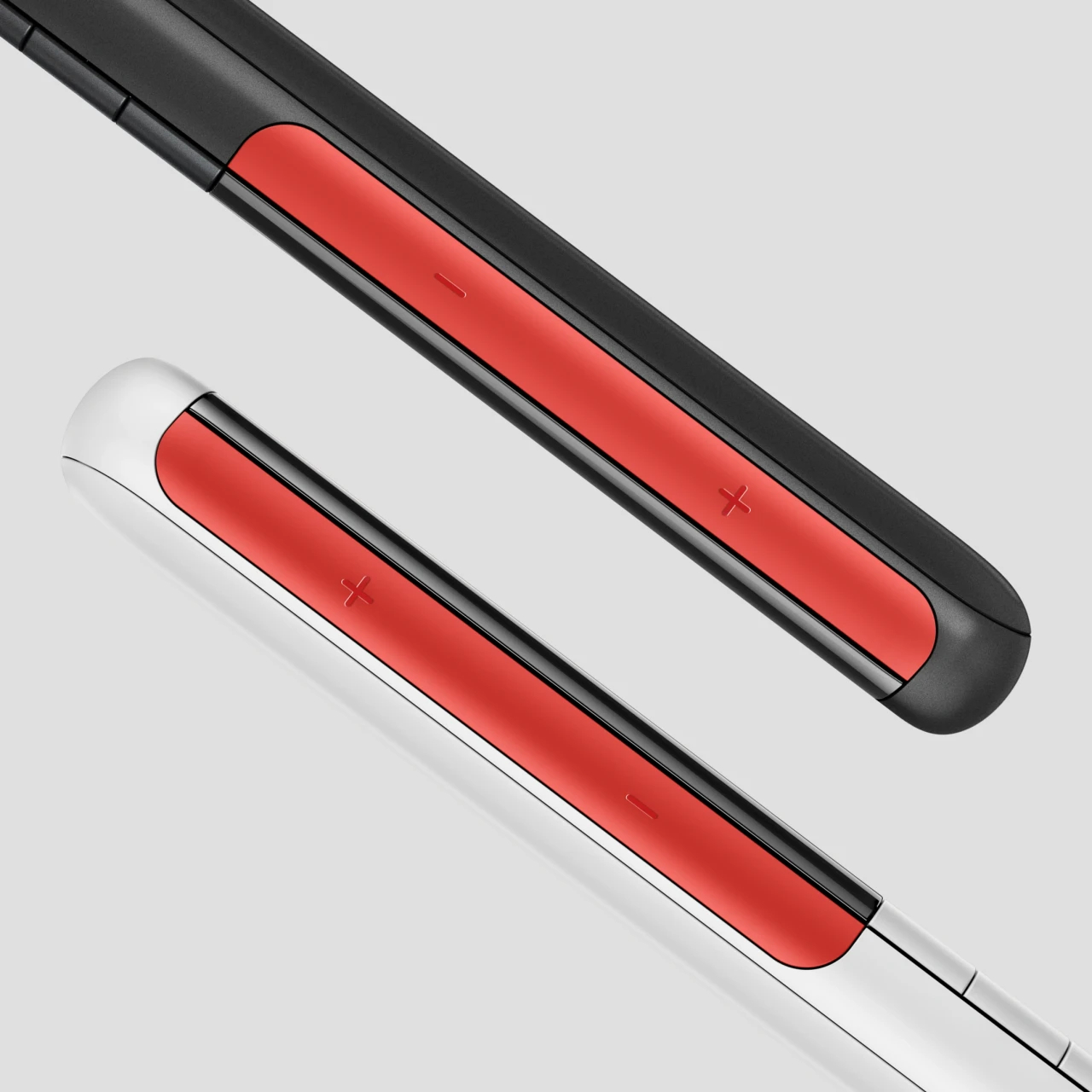
Perhaps more interesting is the design of the Nokia 5310 (2024), the latest to inherit the old Nokia XpressMusic DNA. Granted, it doesn’t differ much from the earlier 2021 model save for the larger size, a larger 1,450mAh battery, and the same USB-C upgrade. Fortunately, that also means it still has those iconic physical media playback buttons on its right side that gave the XpressMusic phones their fame. And yes, it also has a 3.5mm headphone jack to really drive home the old-school music listening experience.
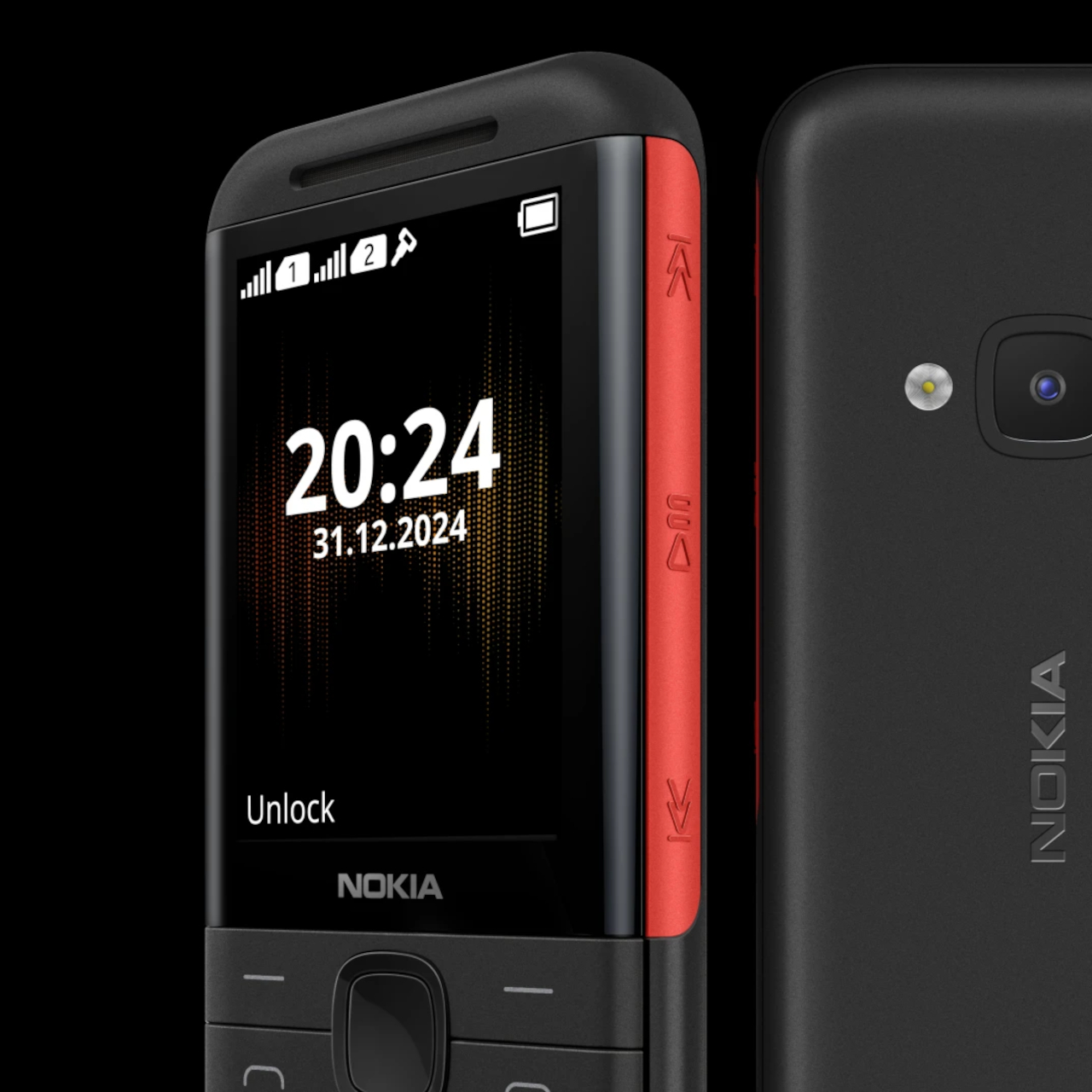
Unfortunately, that simplicity does also come with a hidden cost, that of compatibility. These phones can only connect to 2G networks, a technology that is already being phased out and shut down in some countries. That said, markets where these two old-school Nokia phones will be sold mostly still support that old-school network, so it’s really a matter of choosing your compromises.
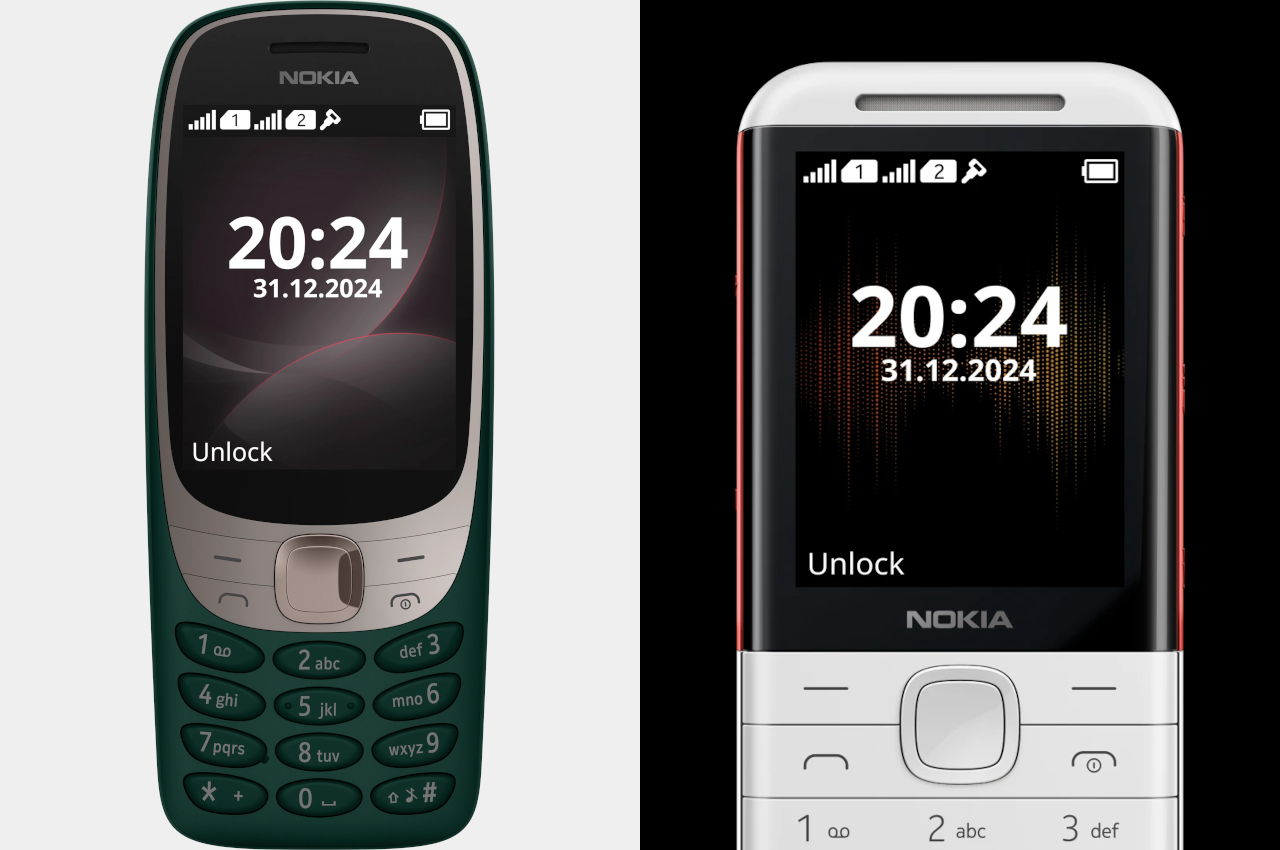
The post Retro phone designs bring modern features minus the distractions first appeared on Yanko Design.
